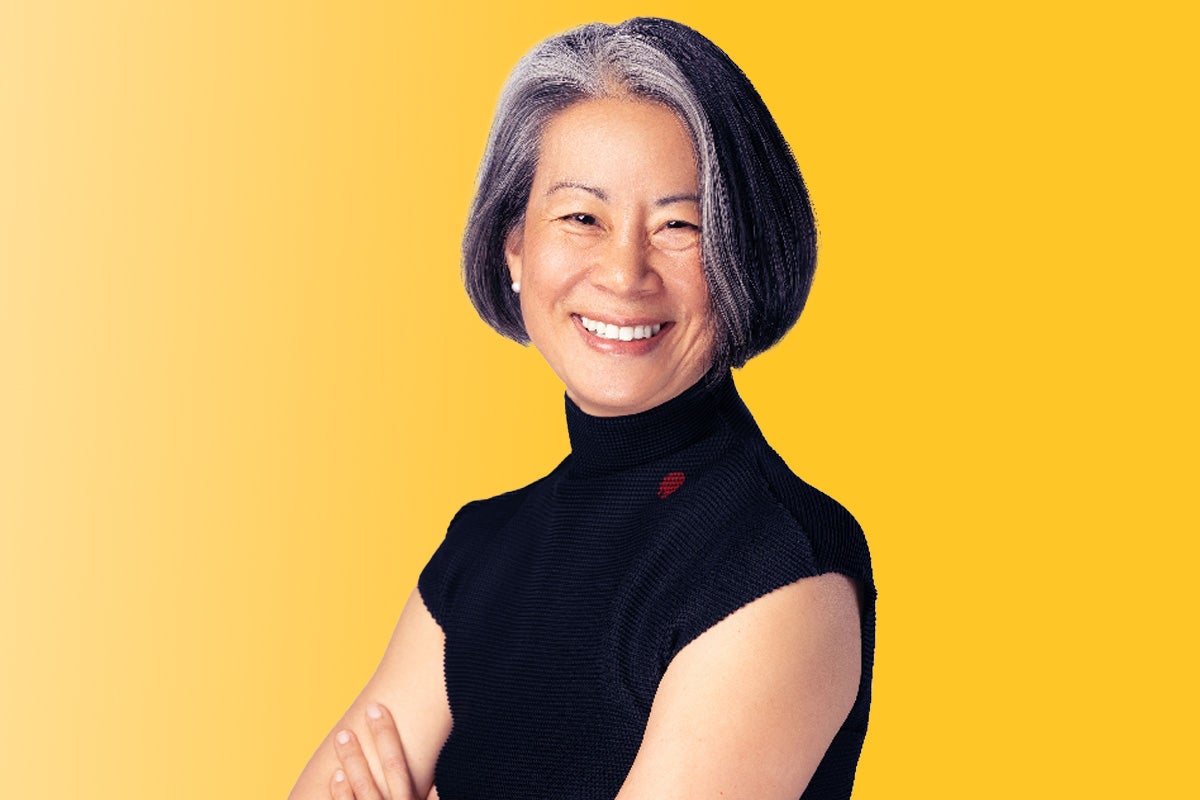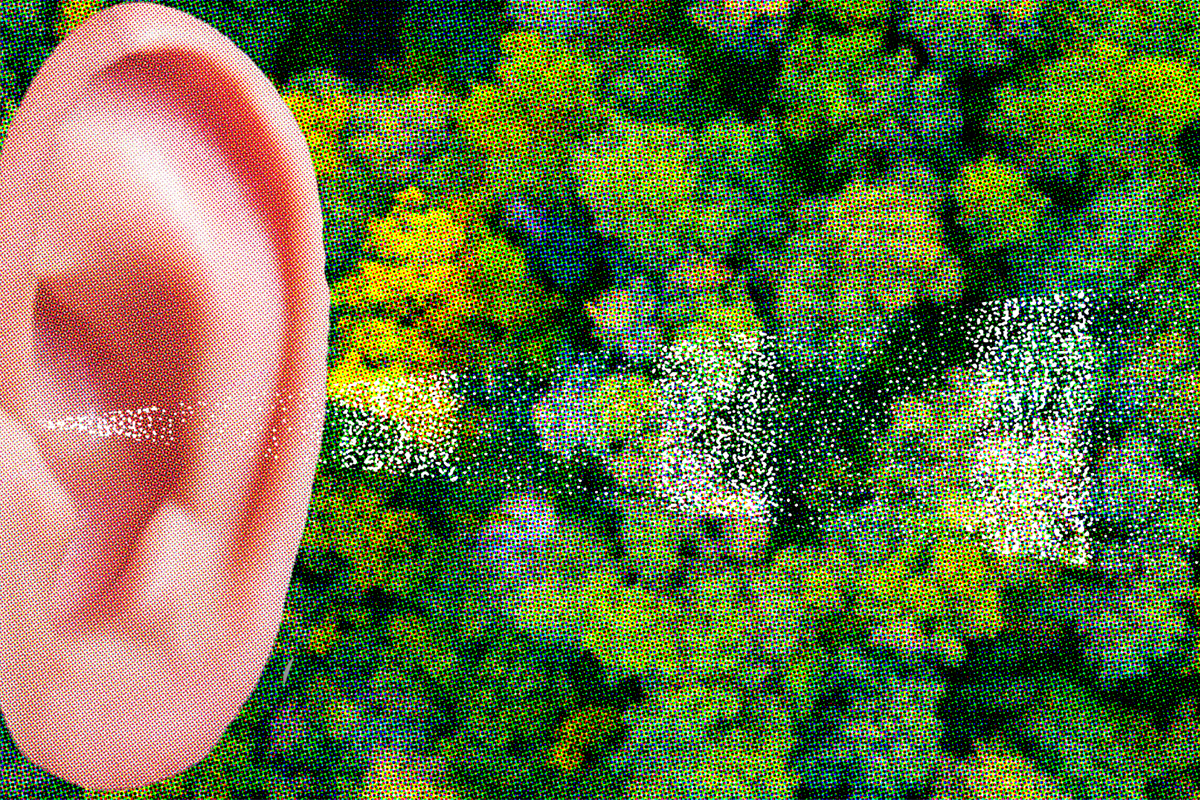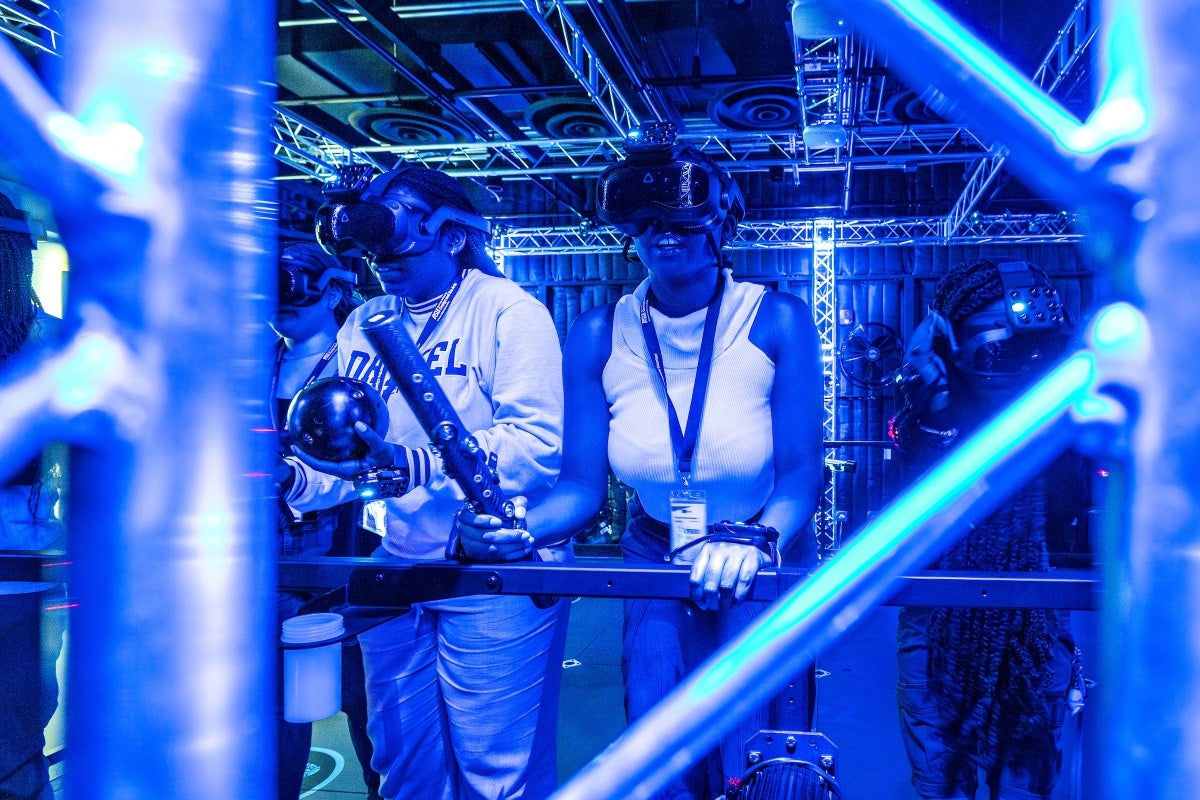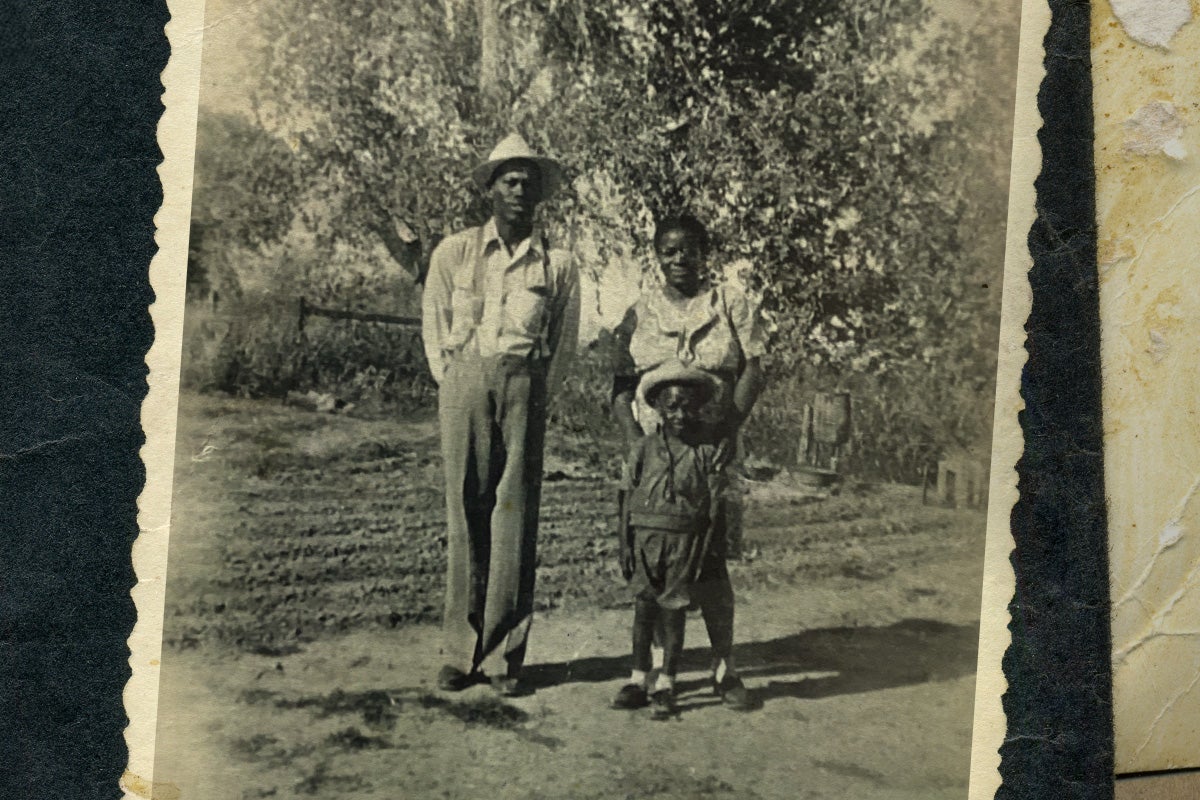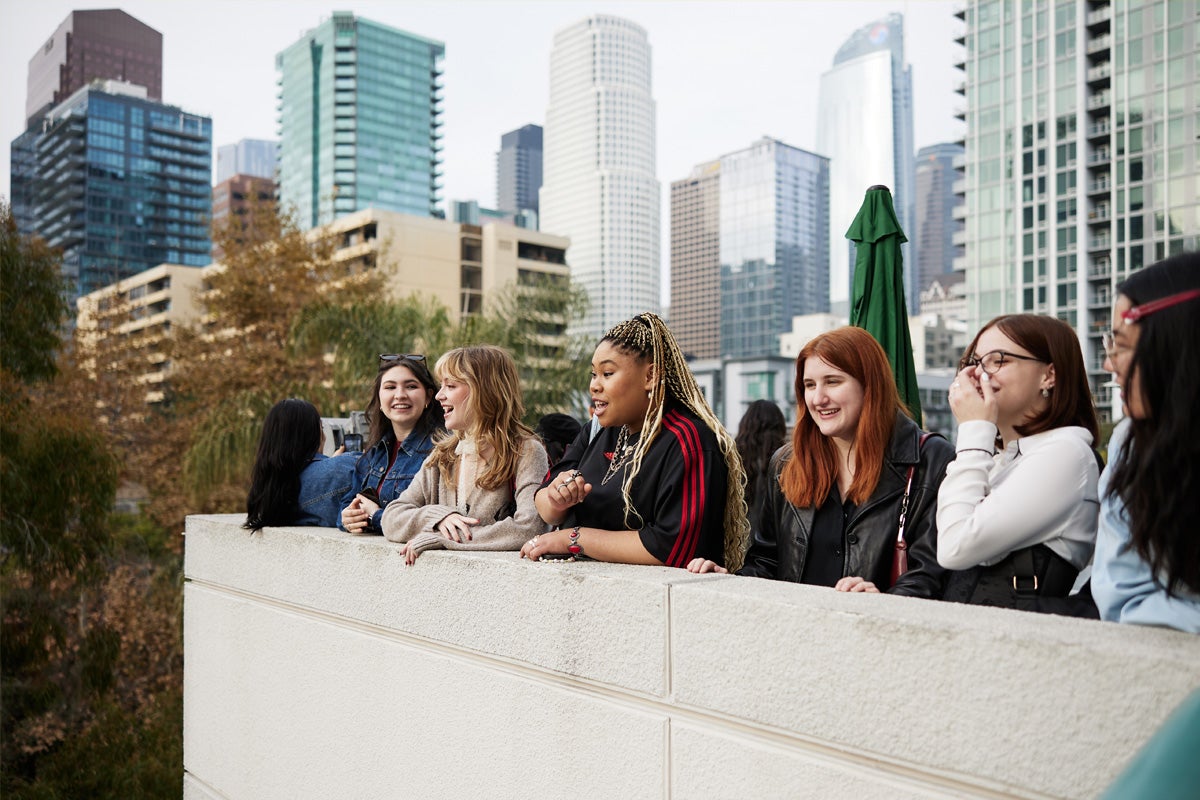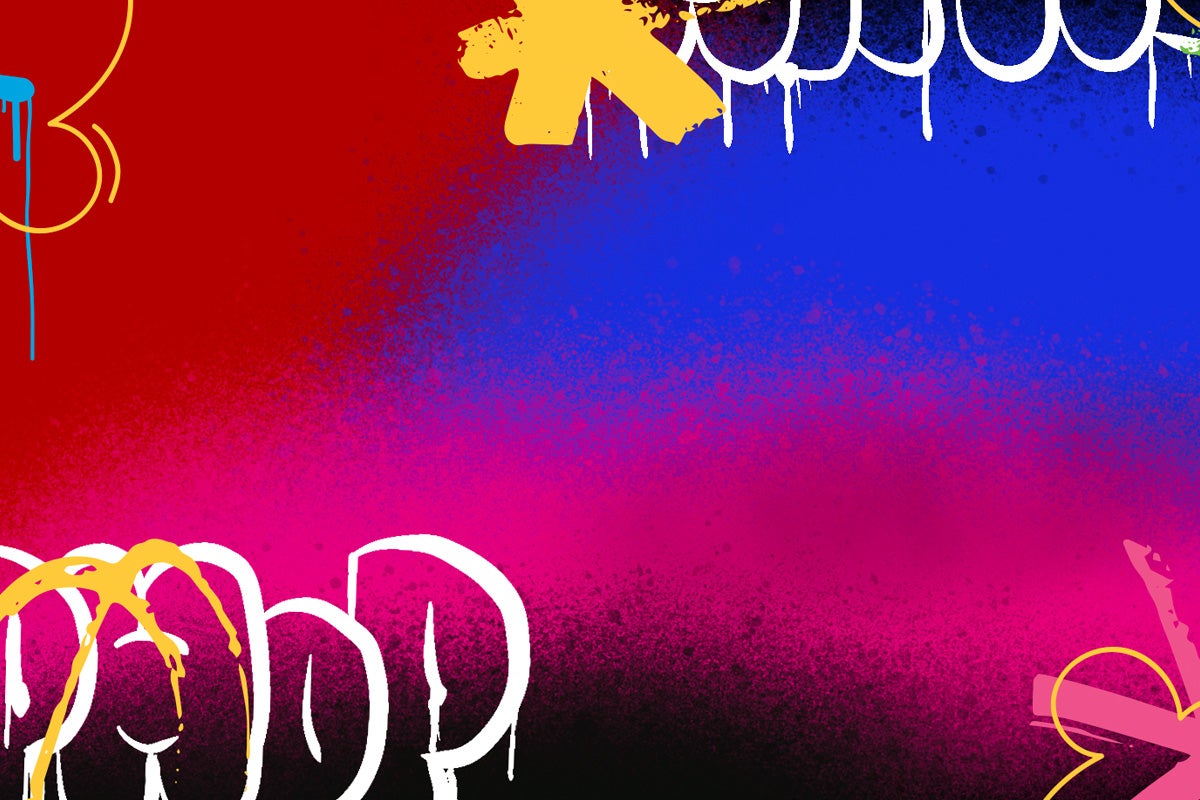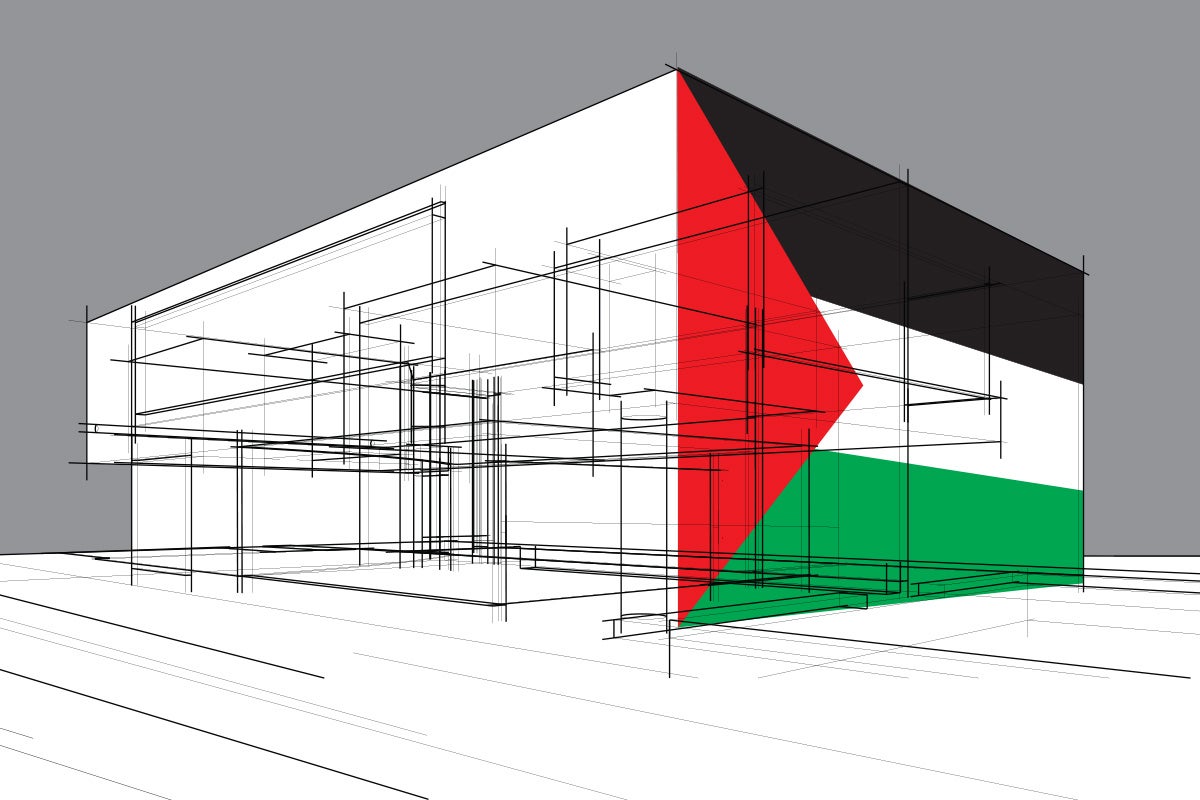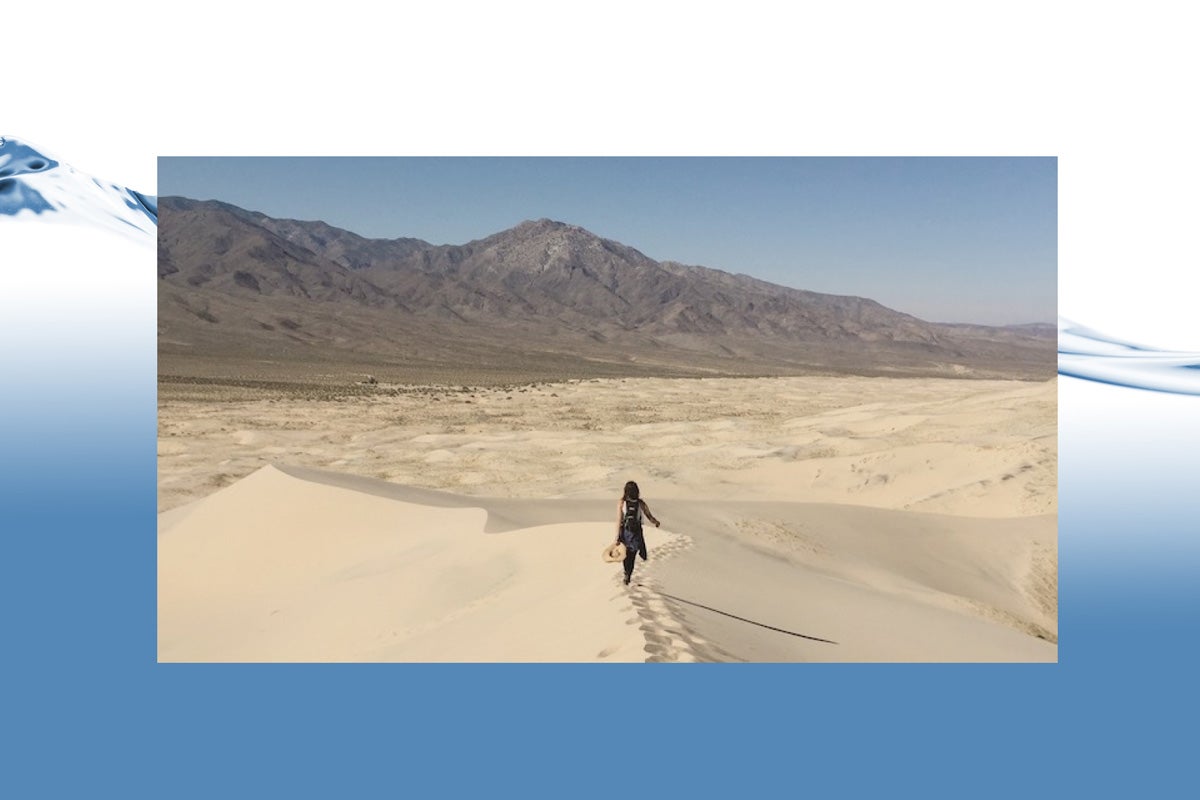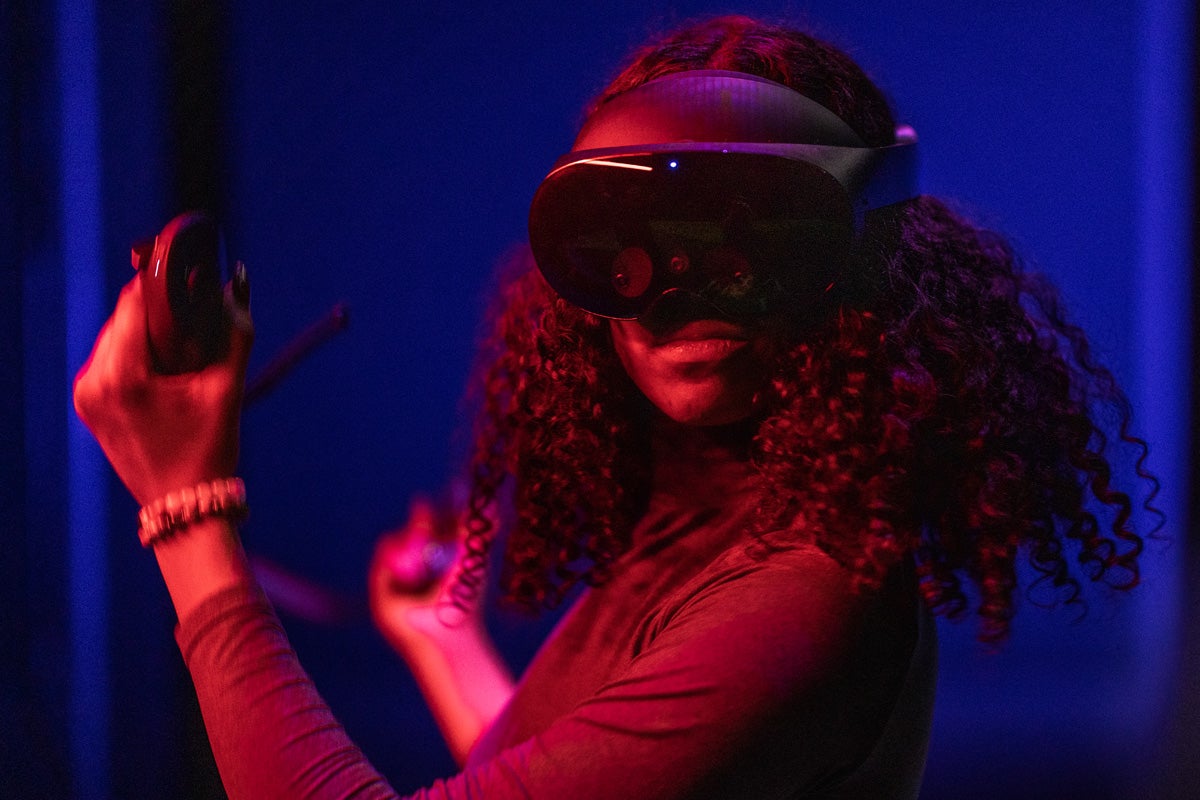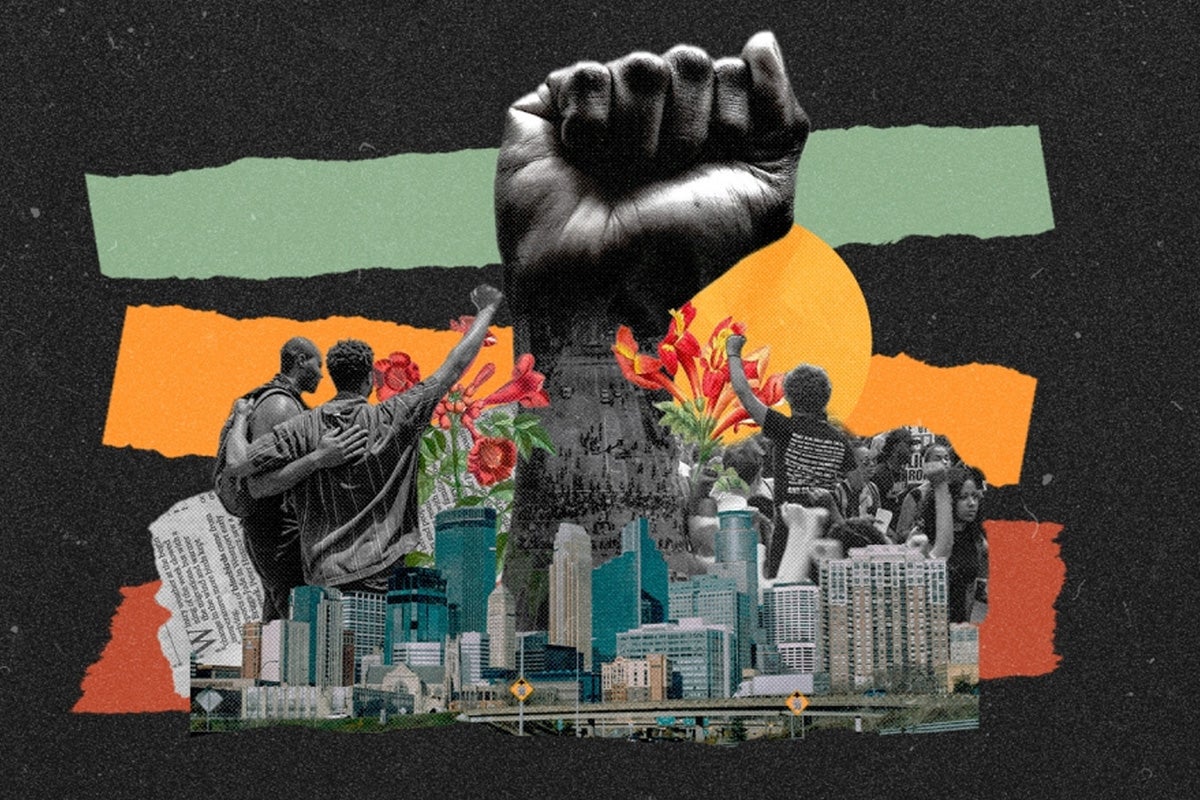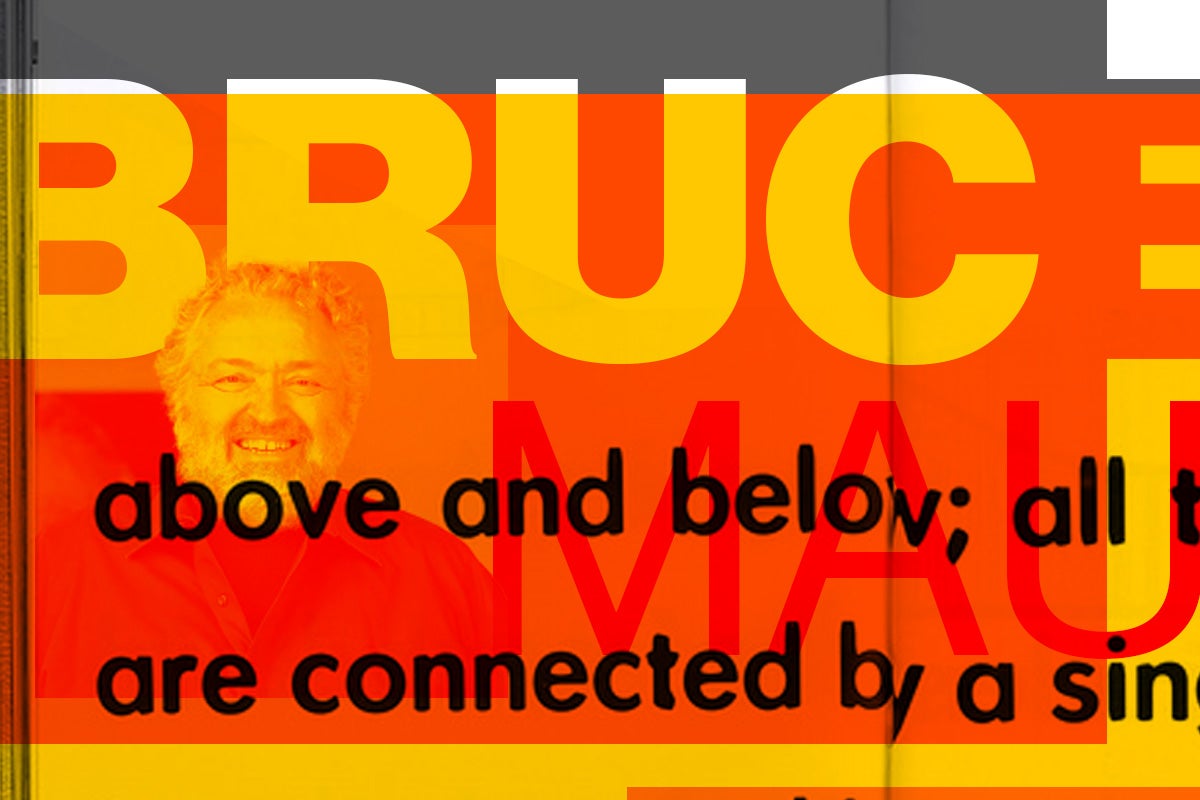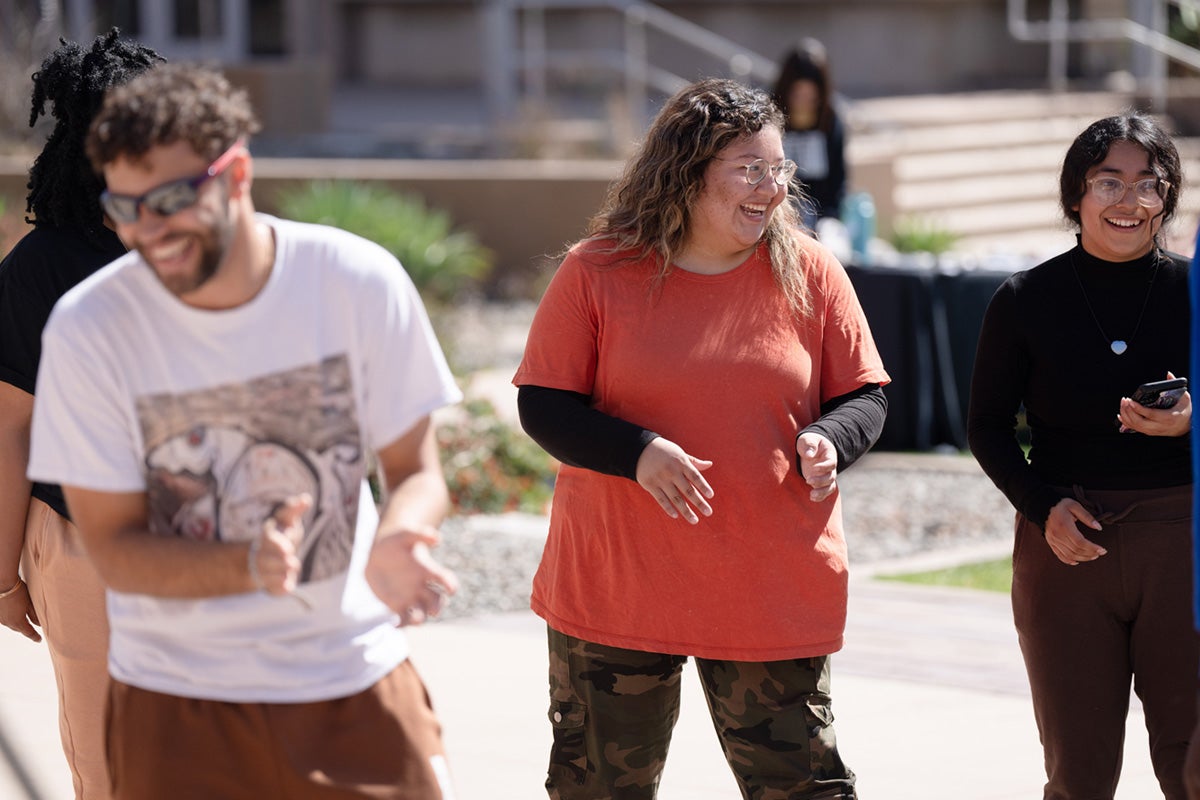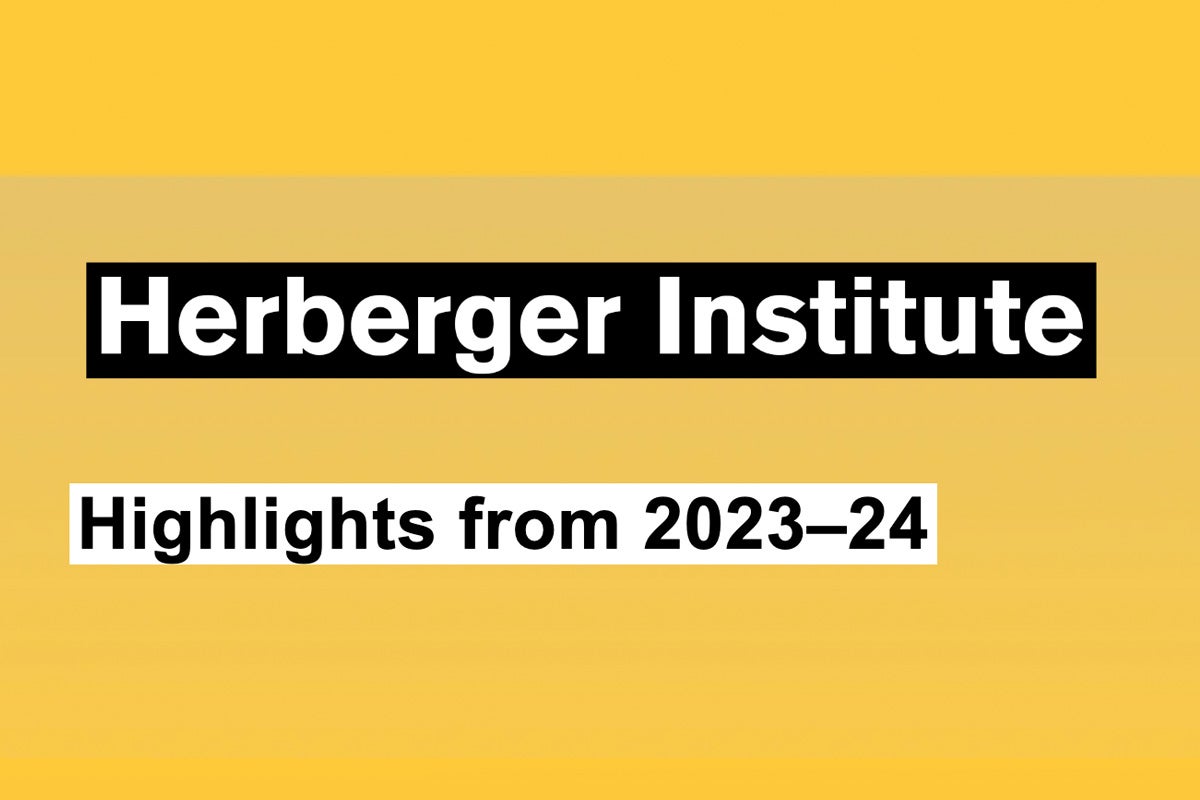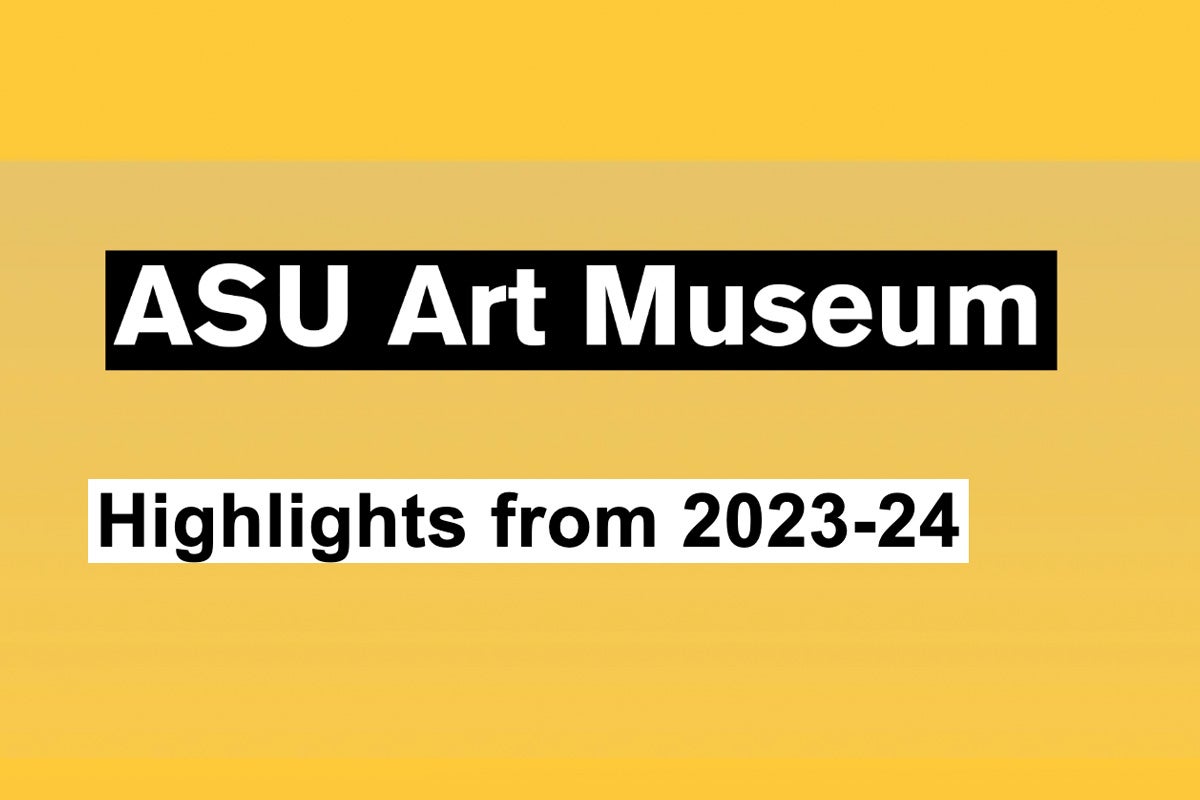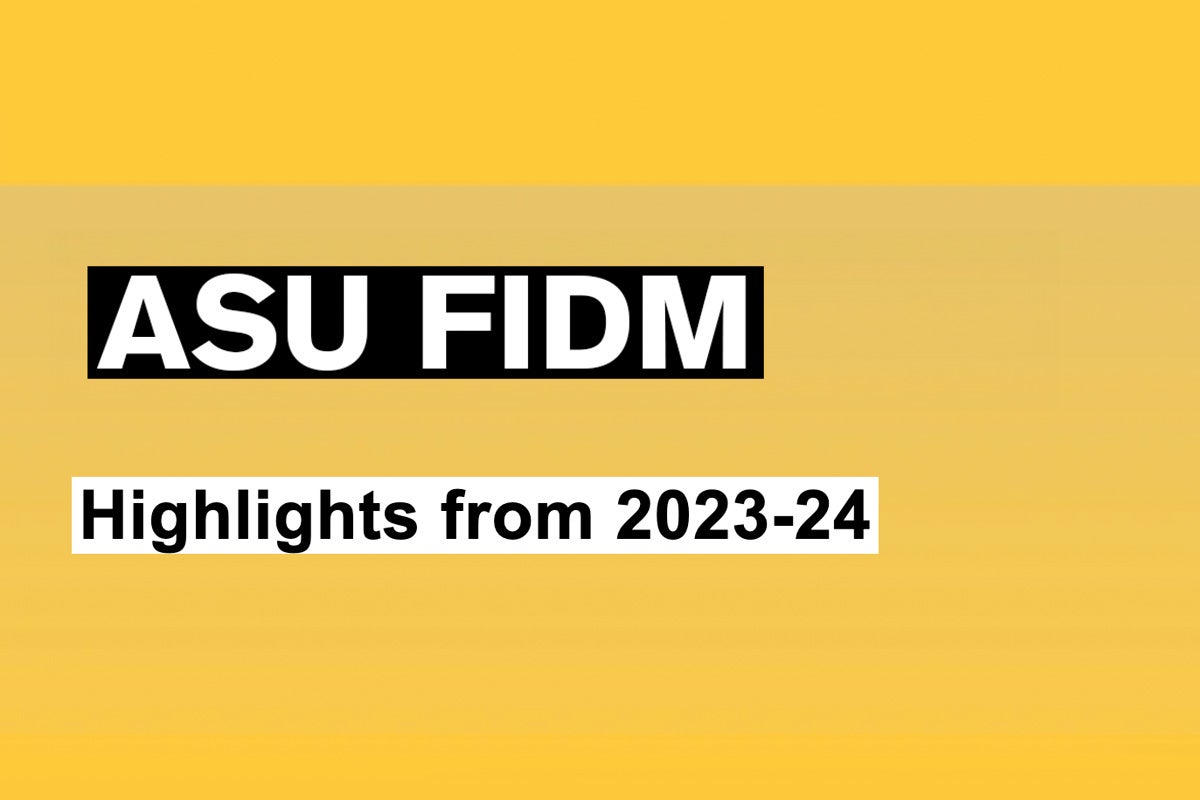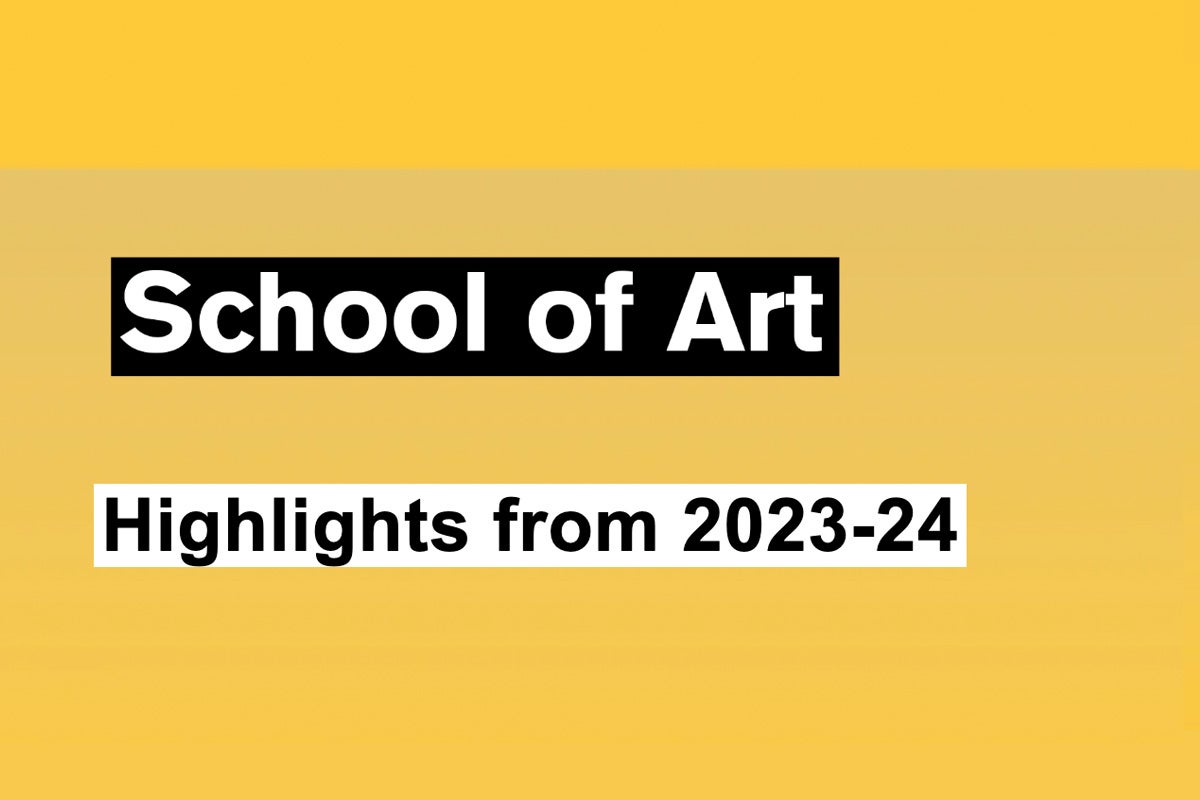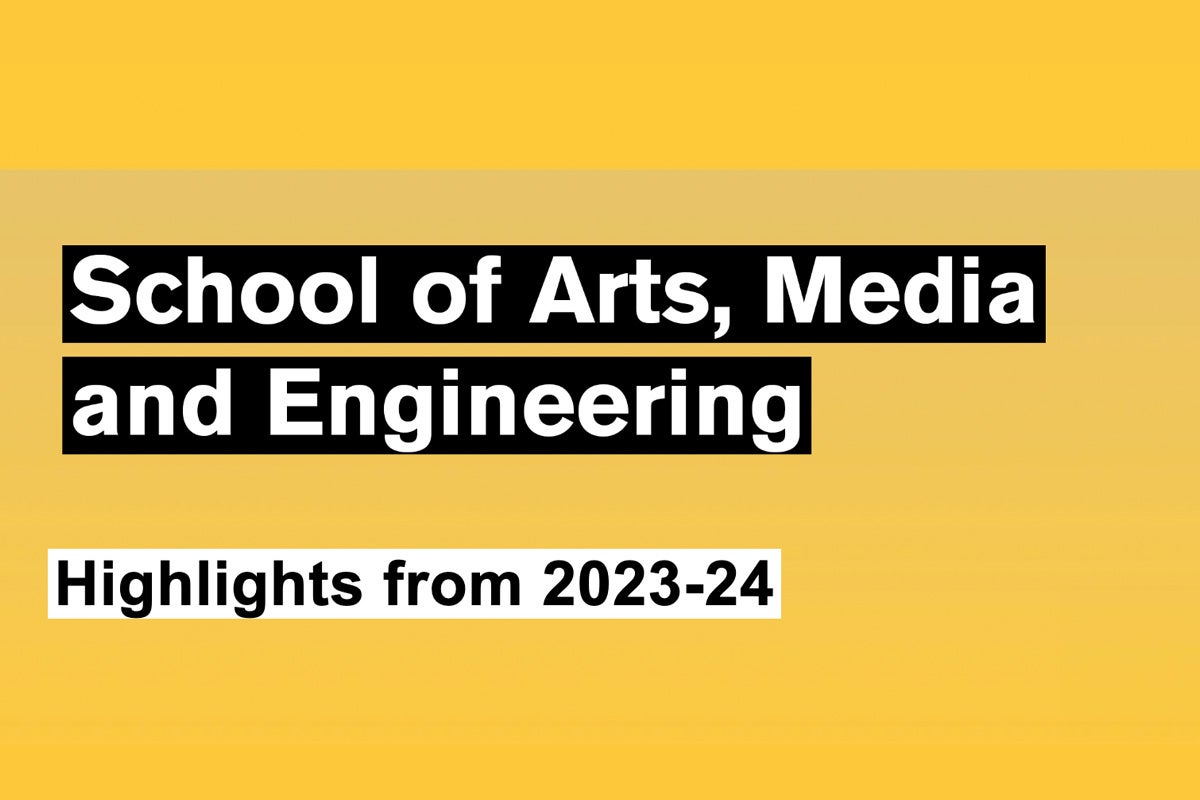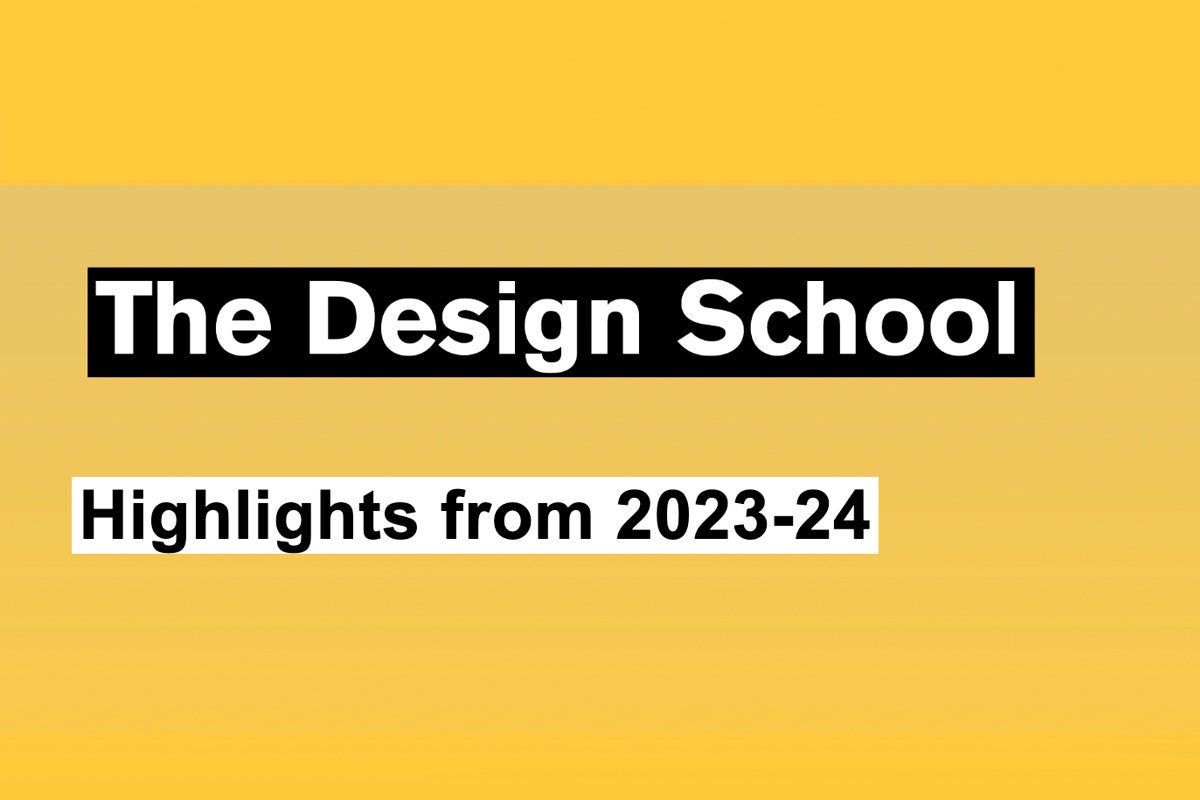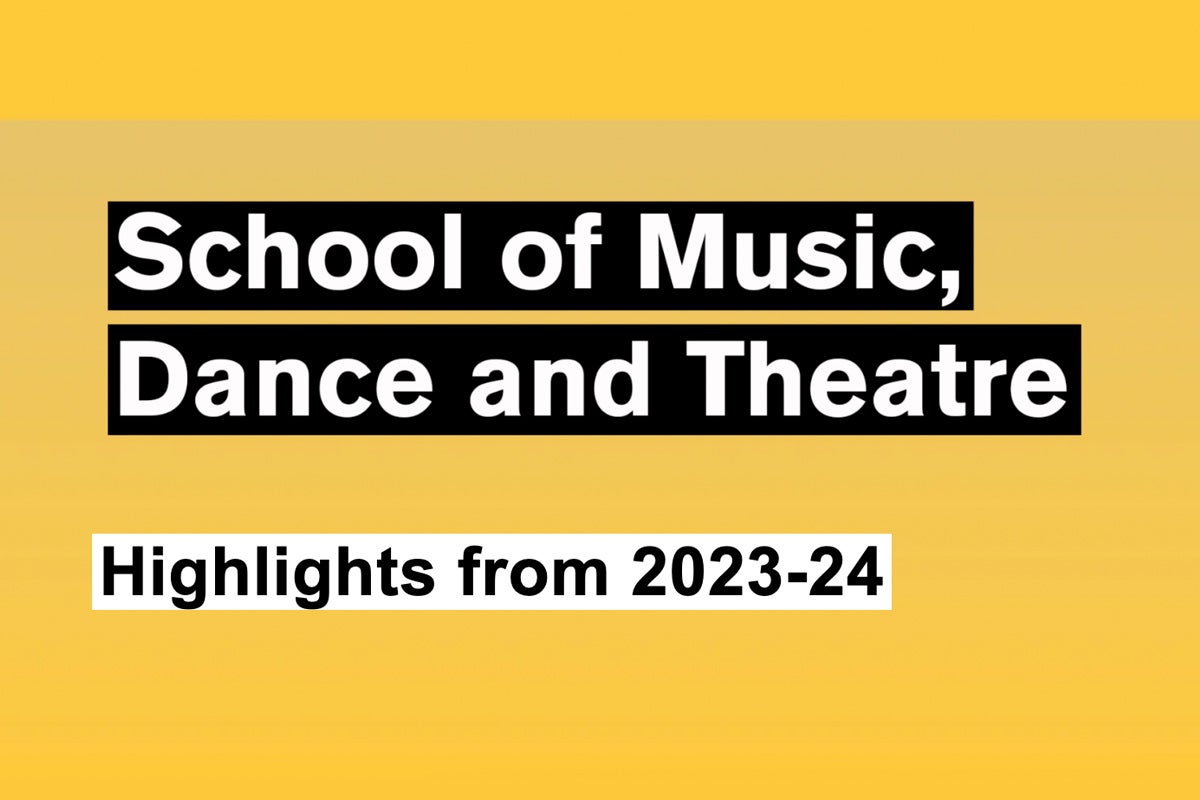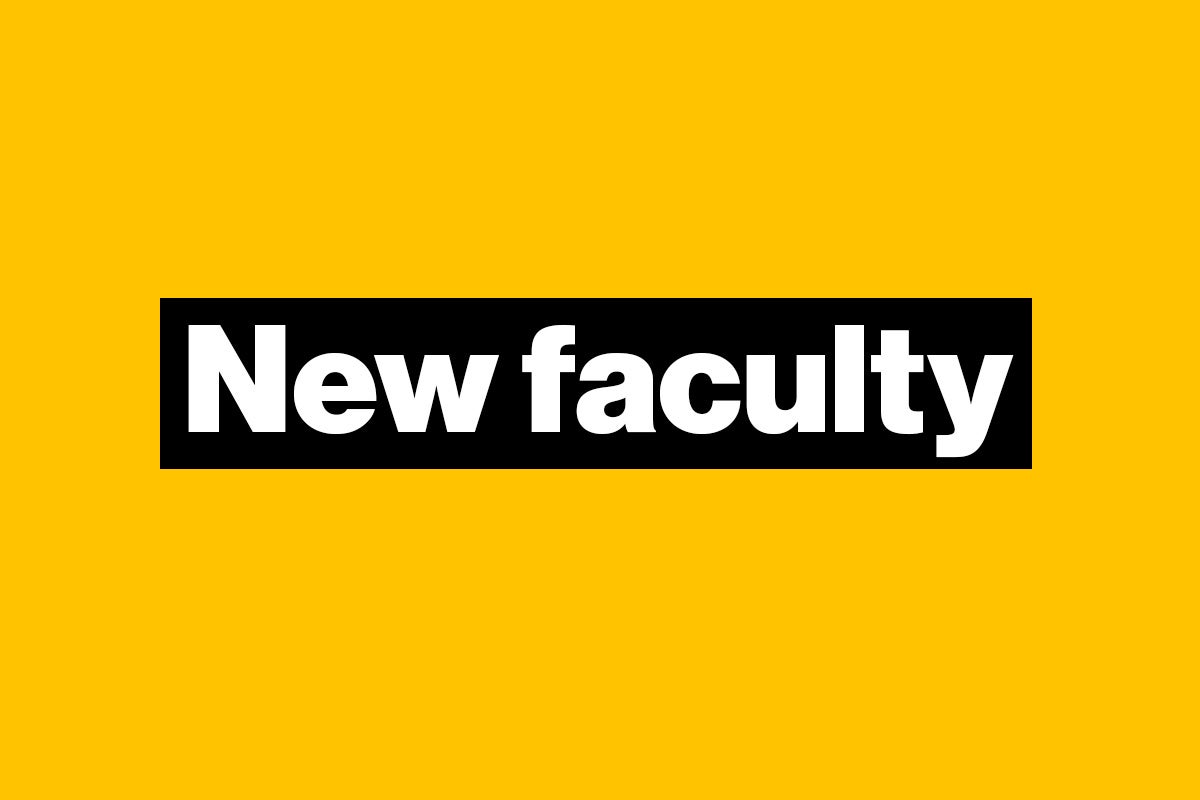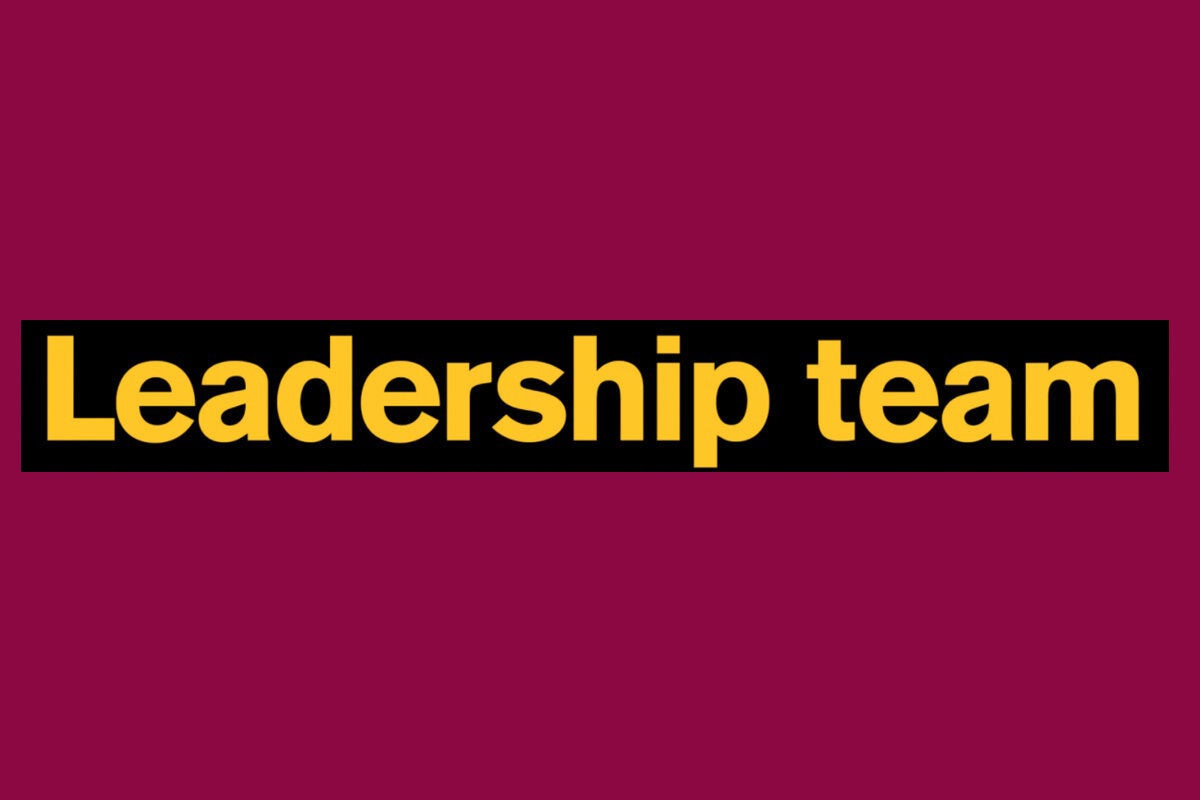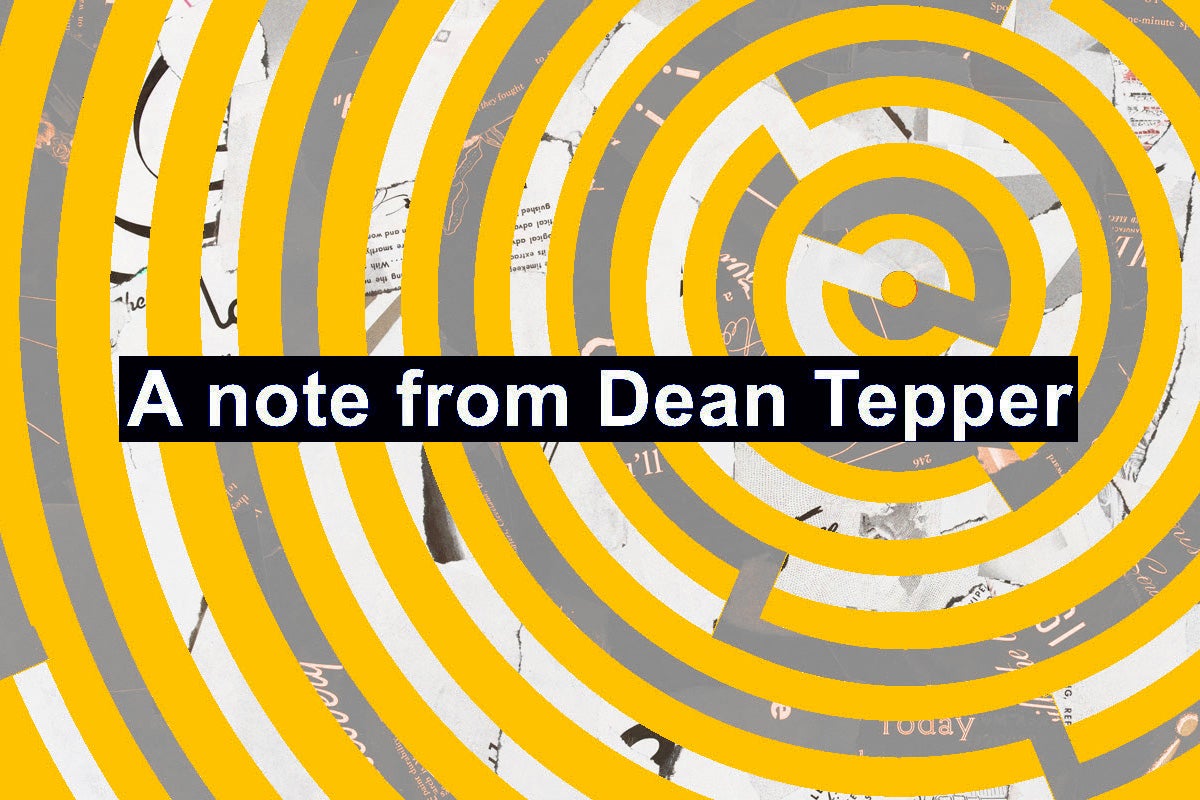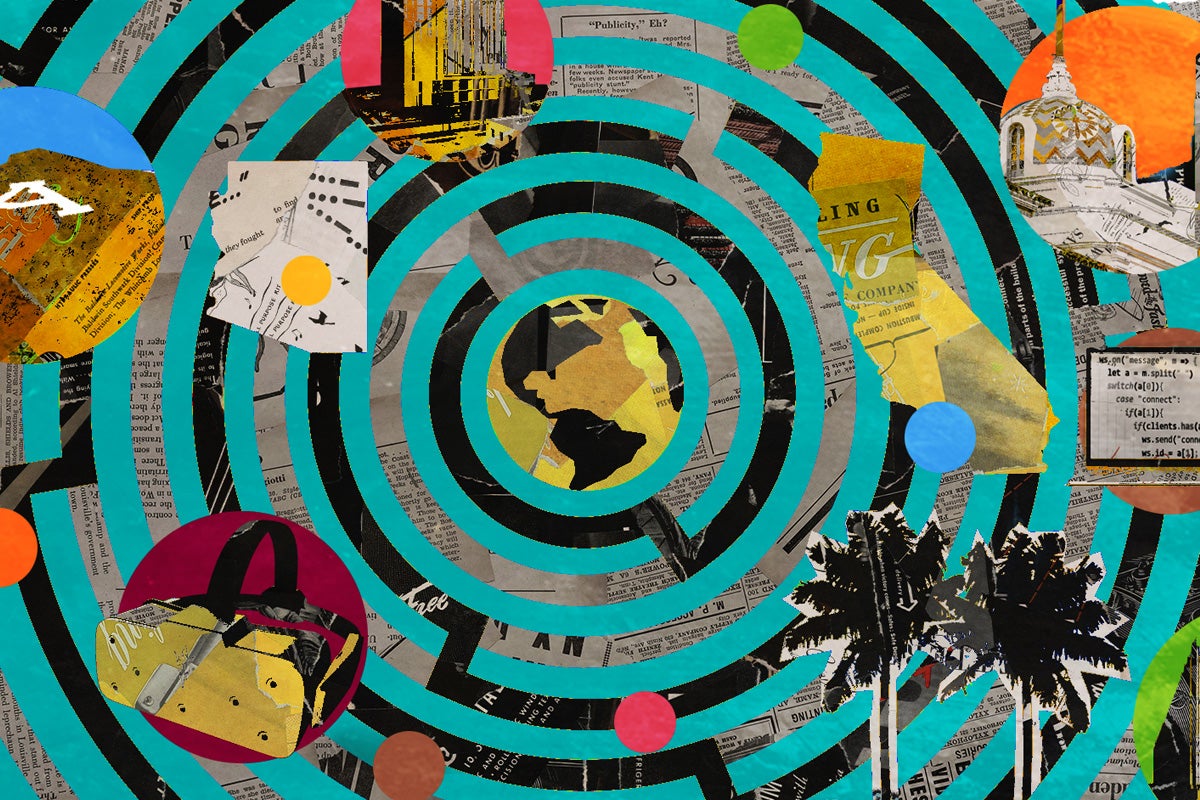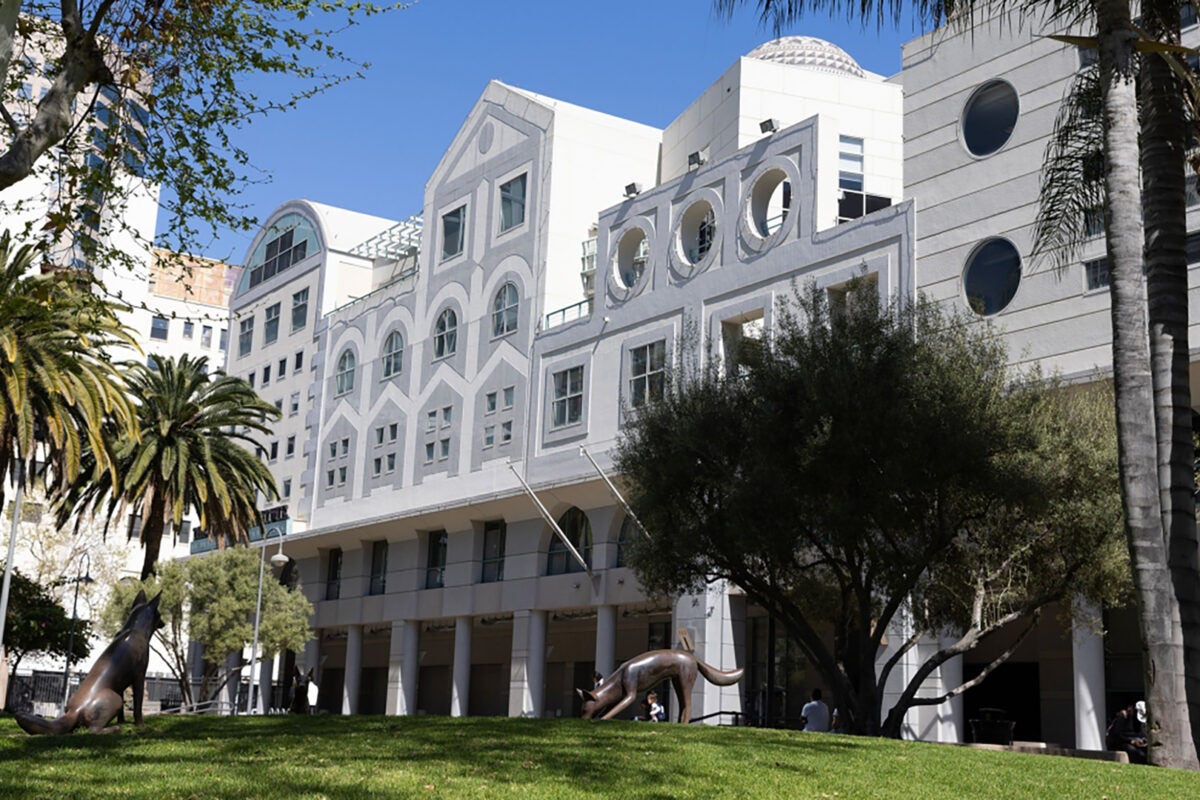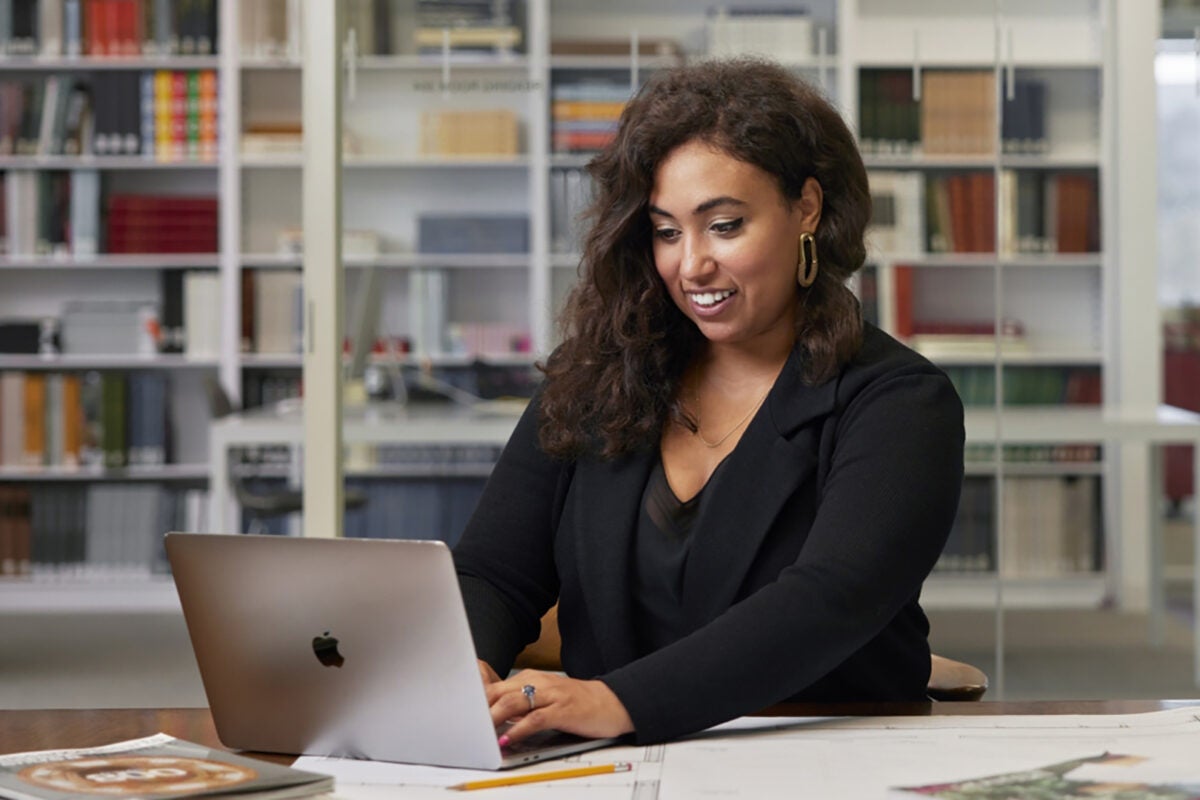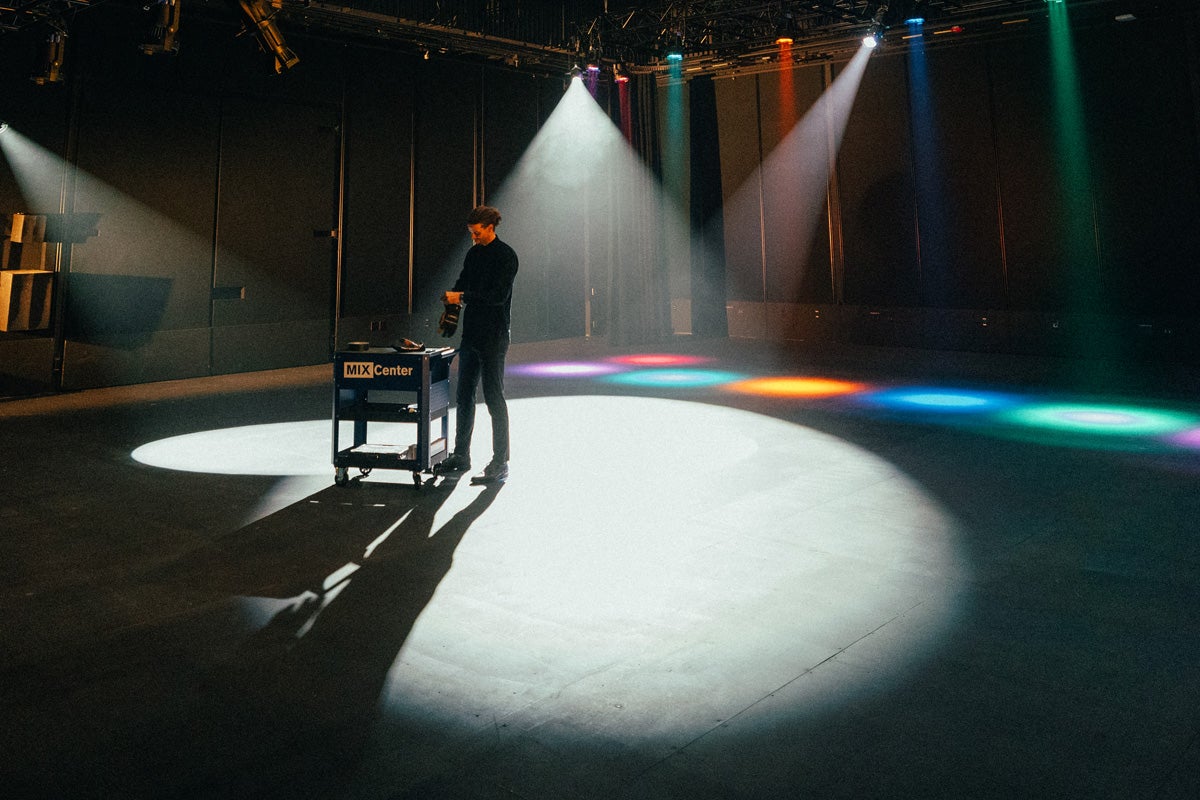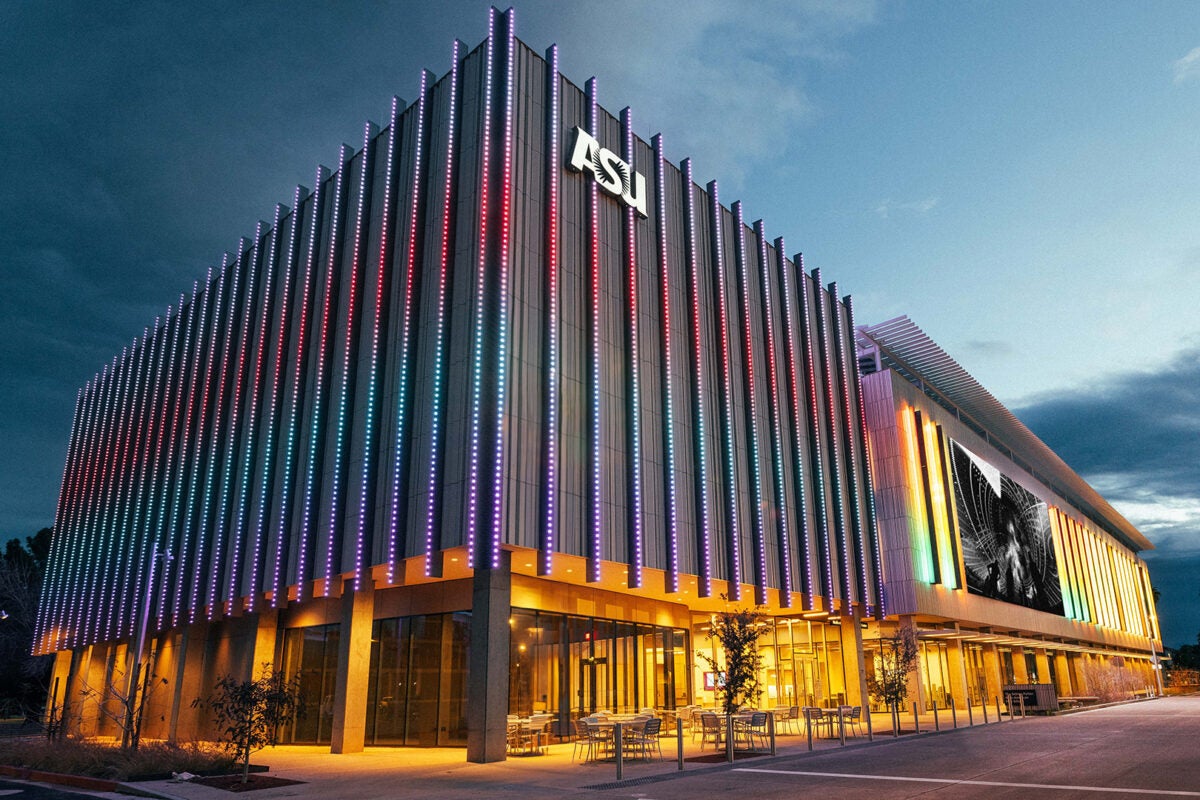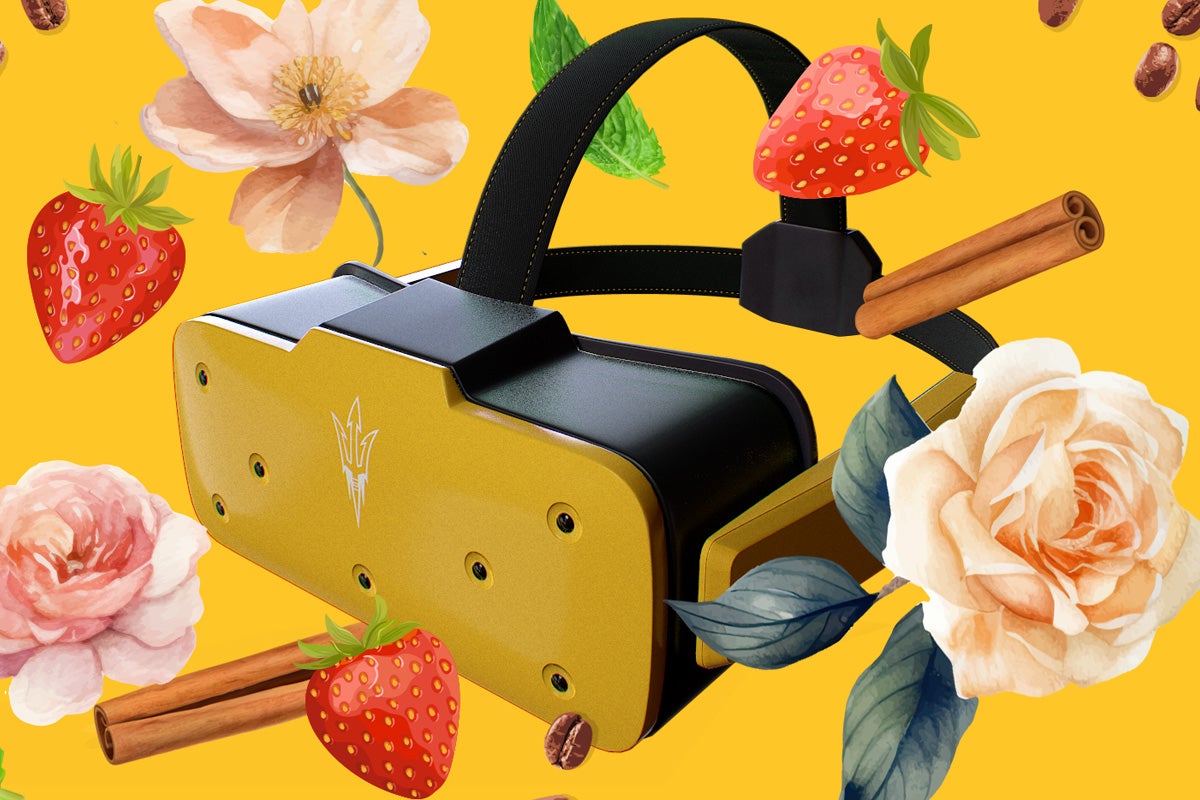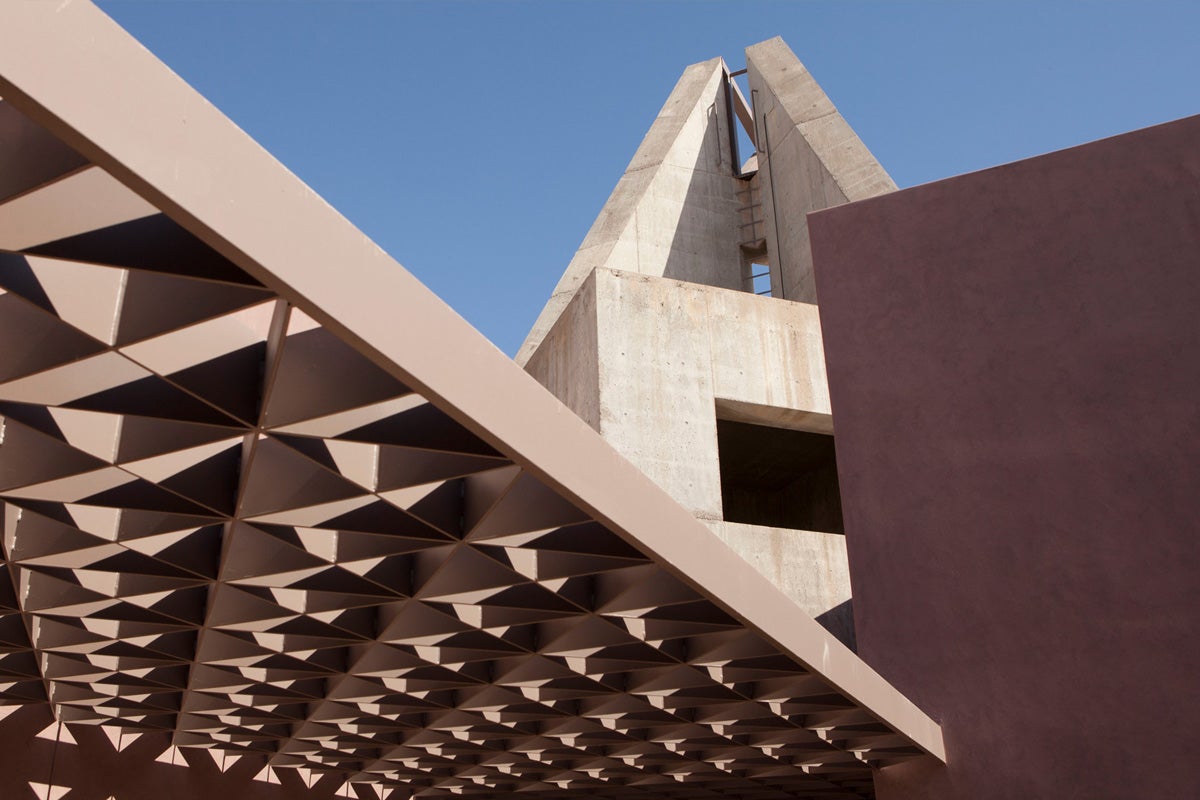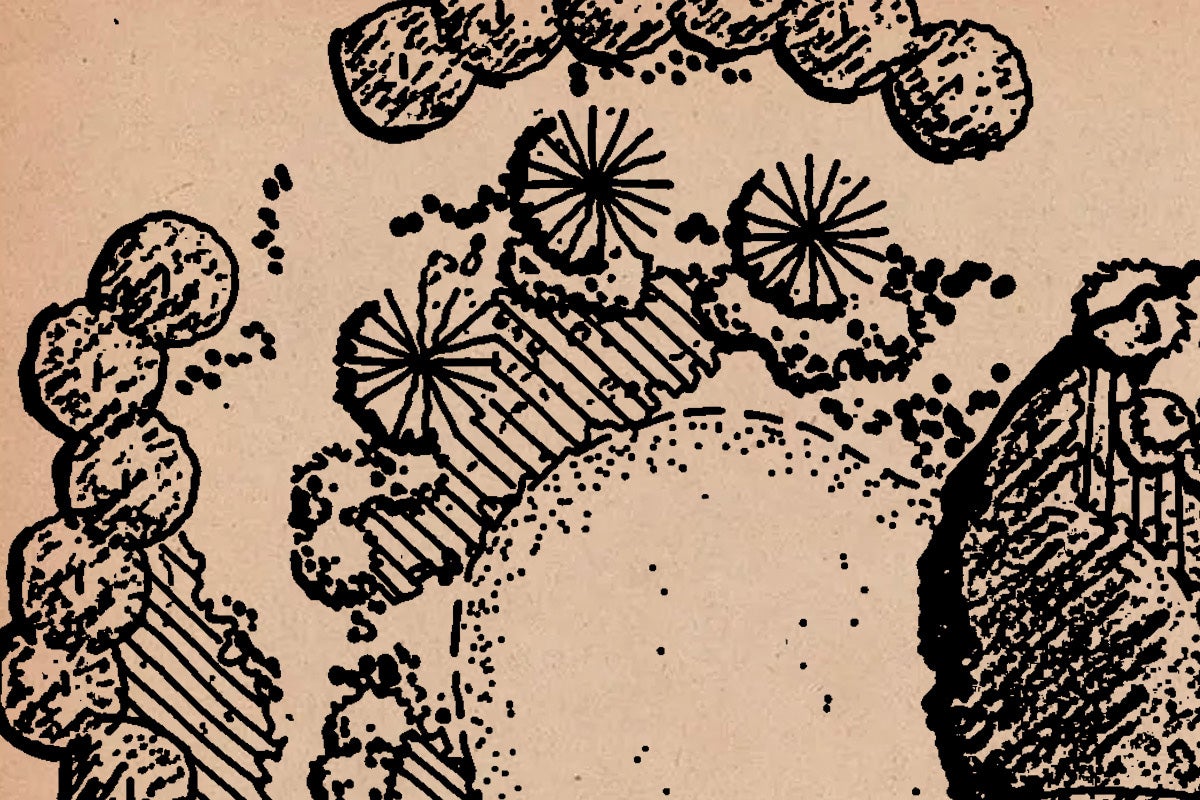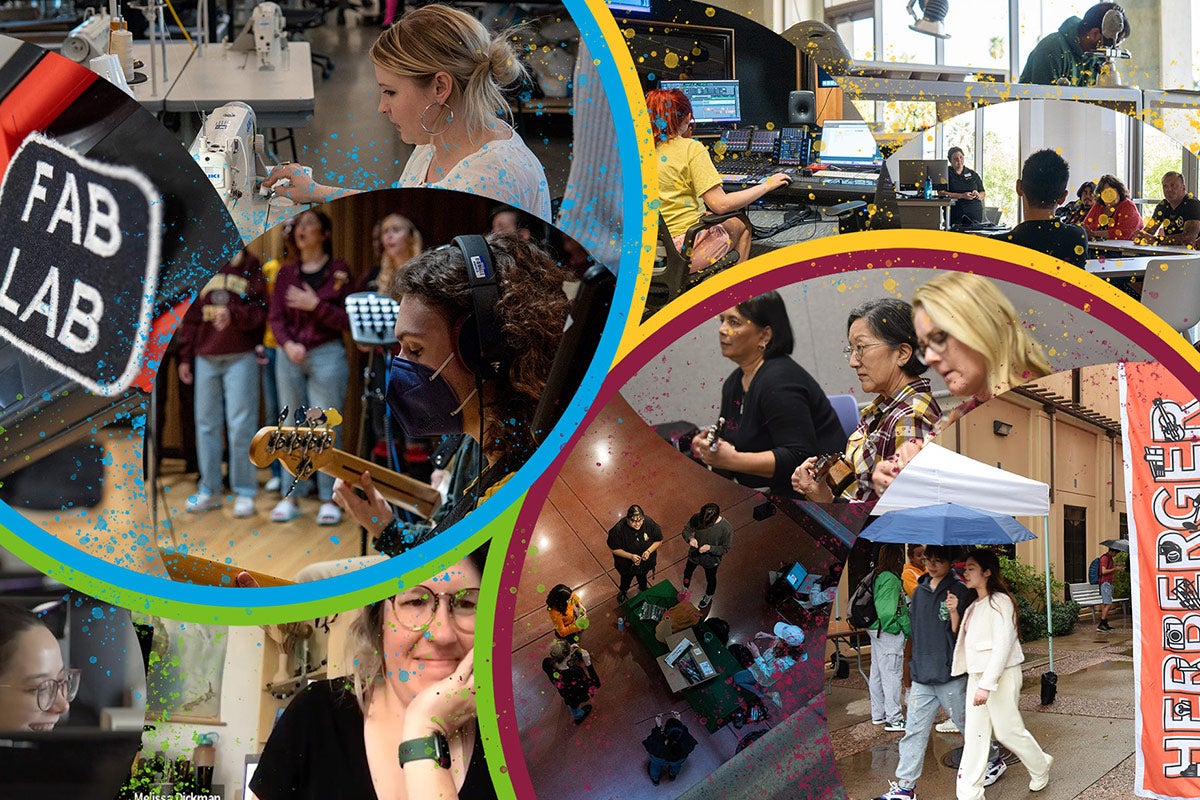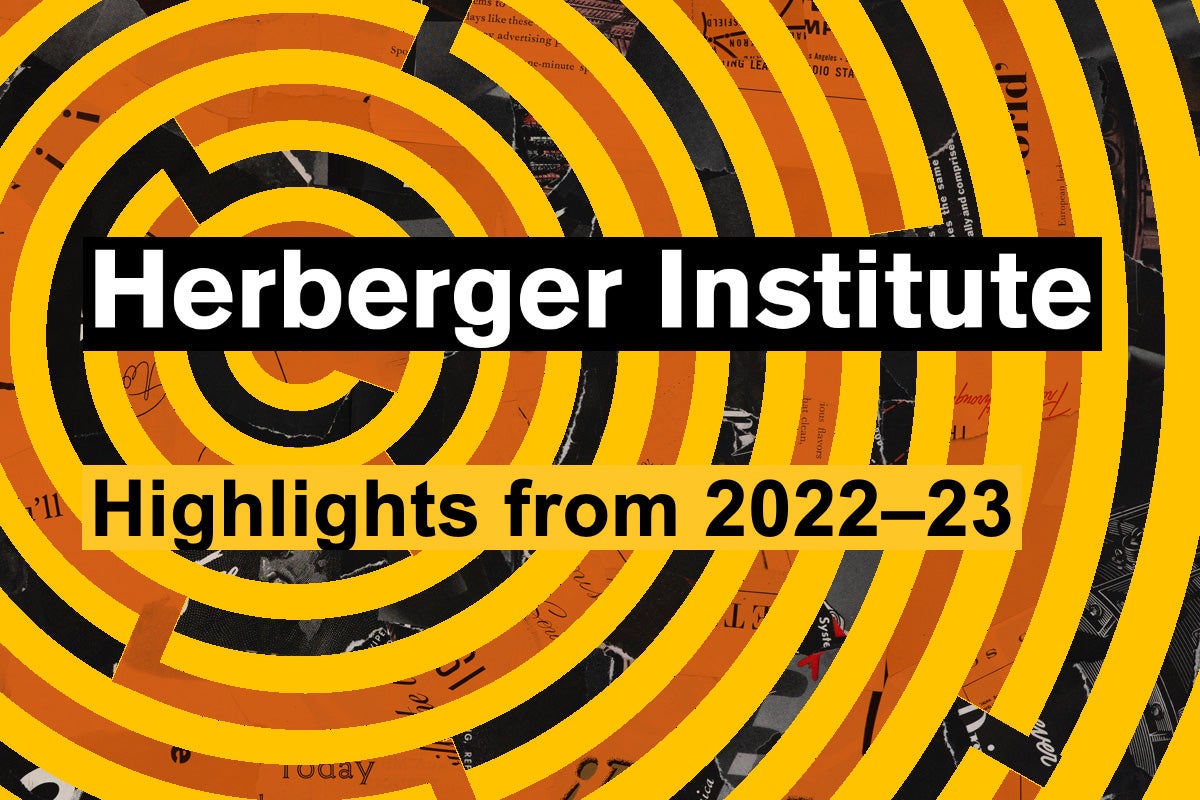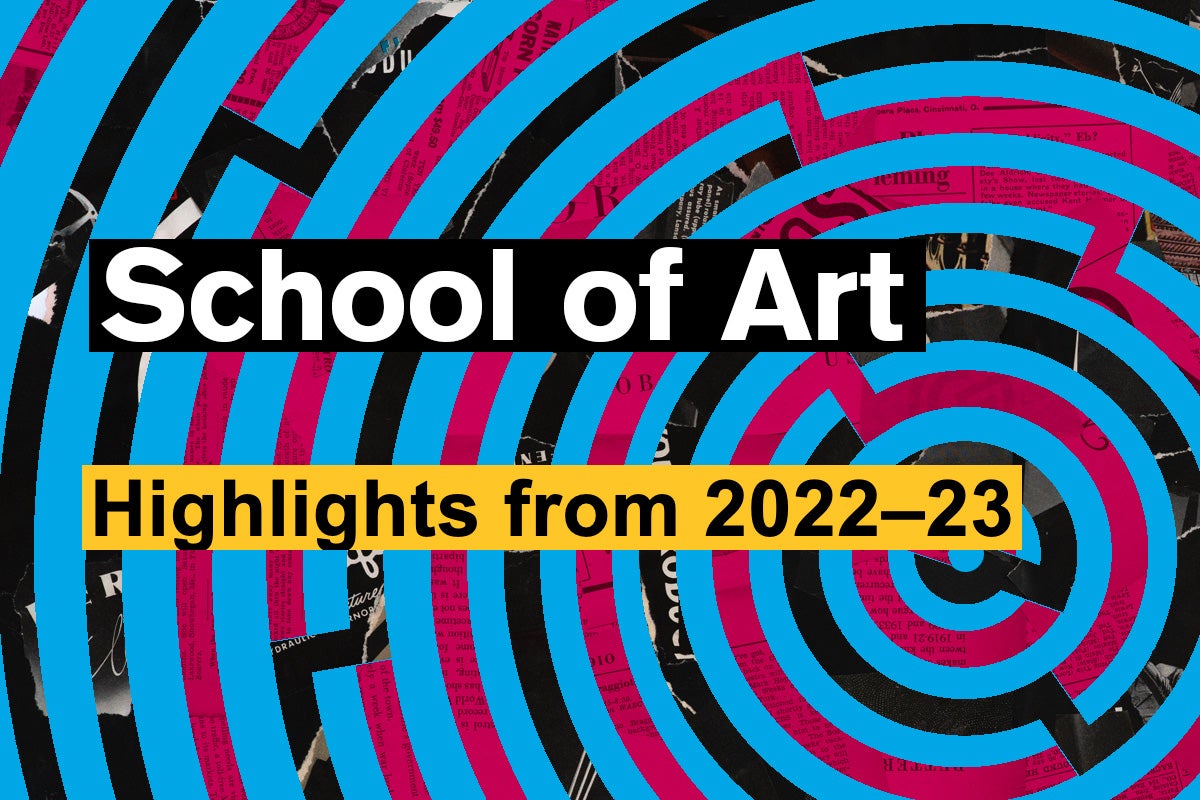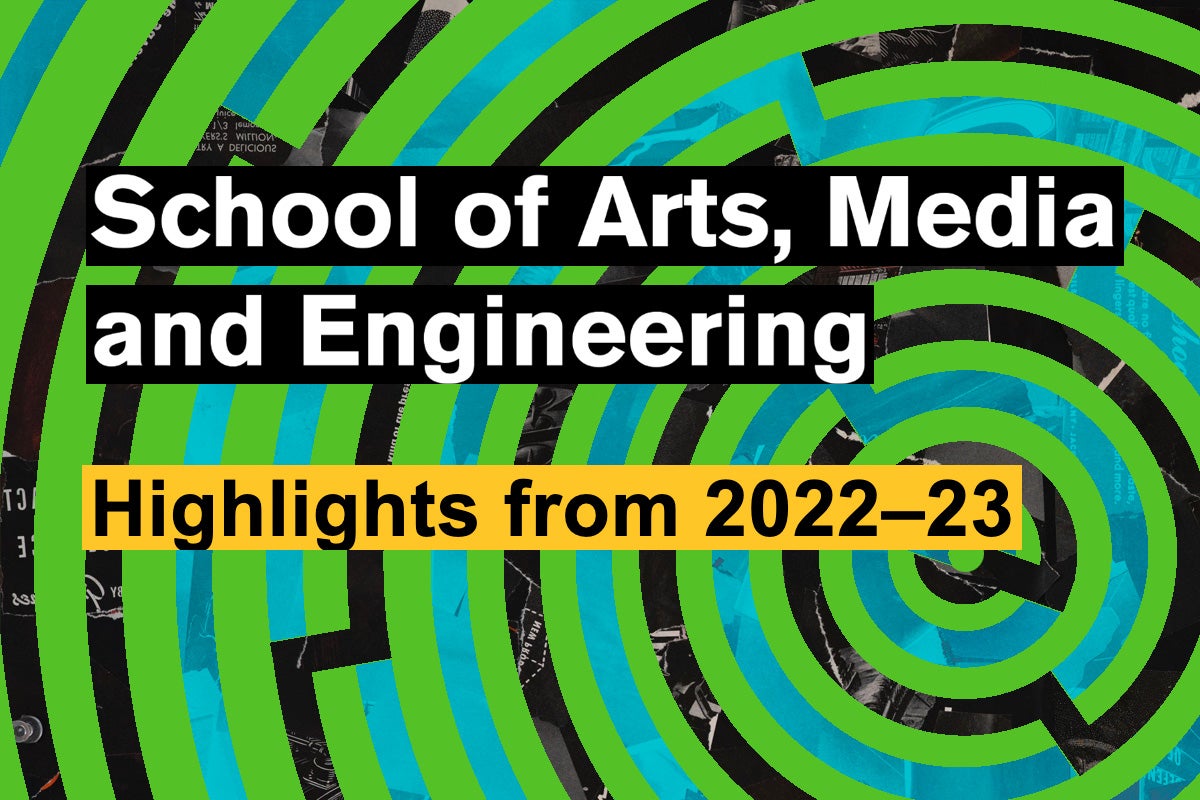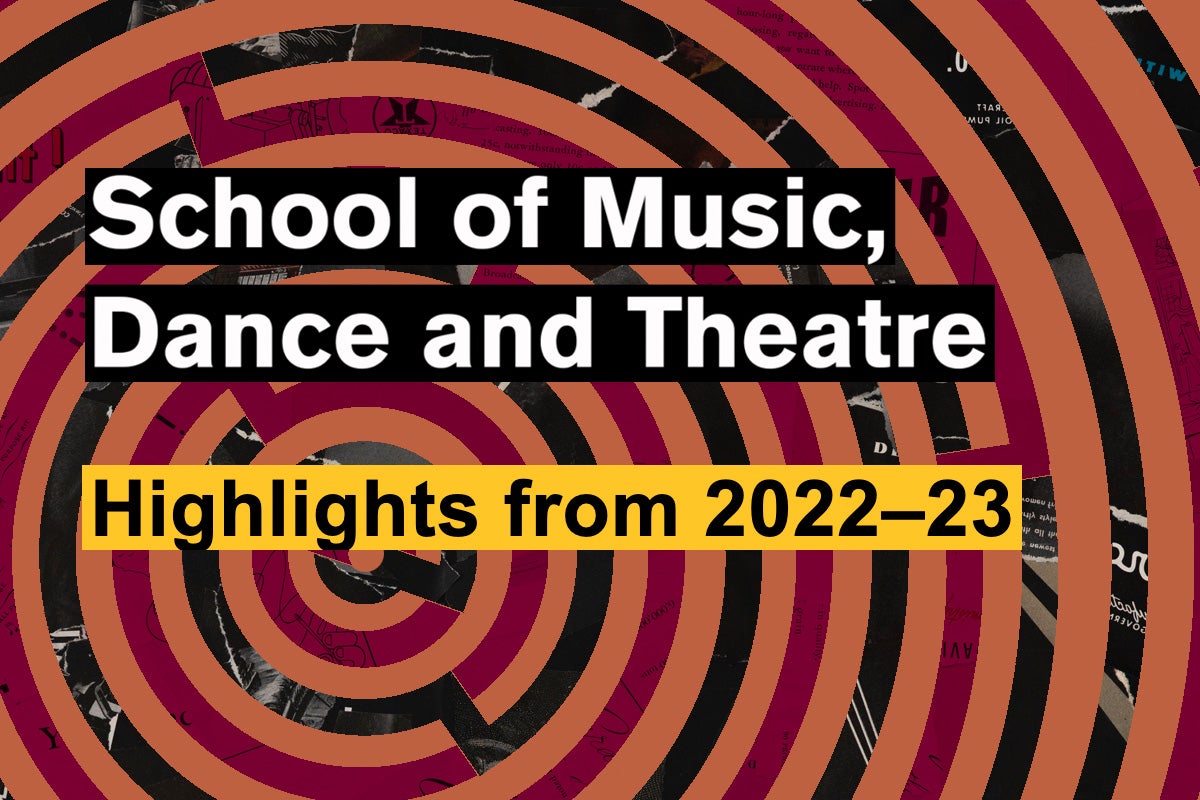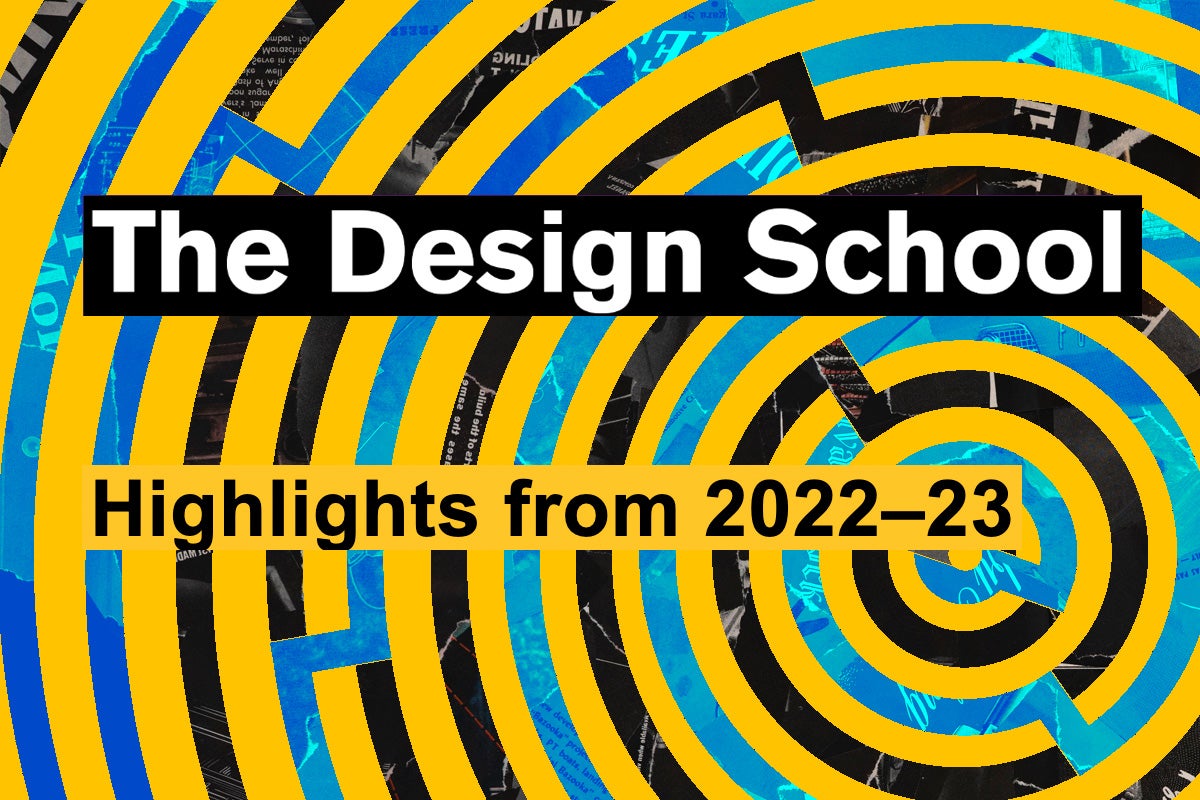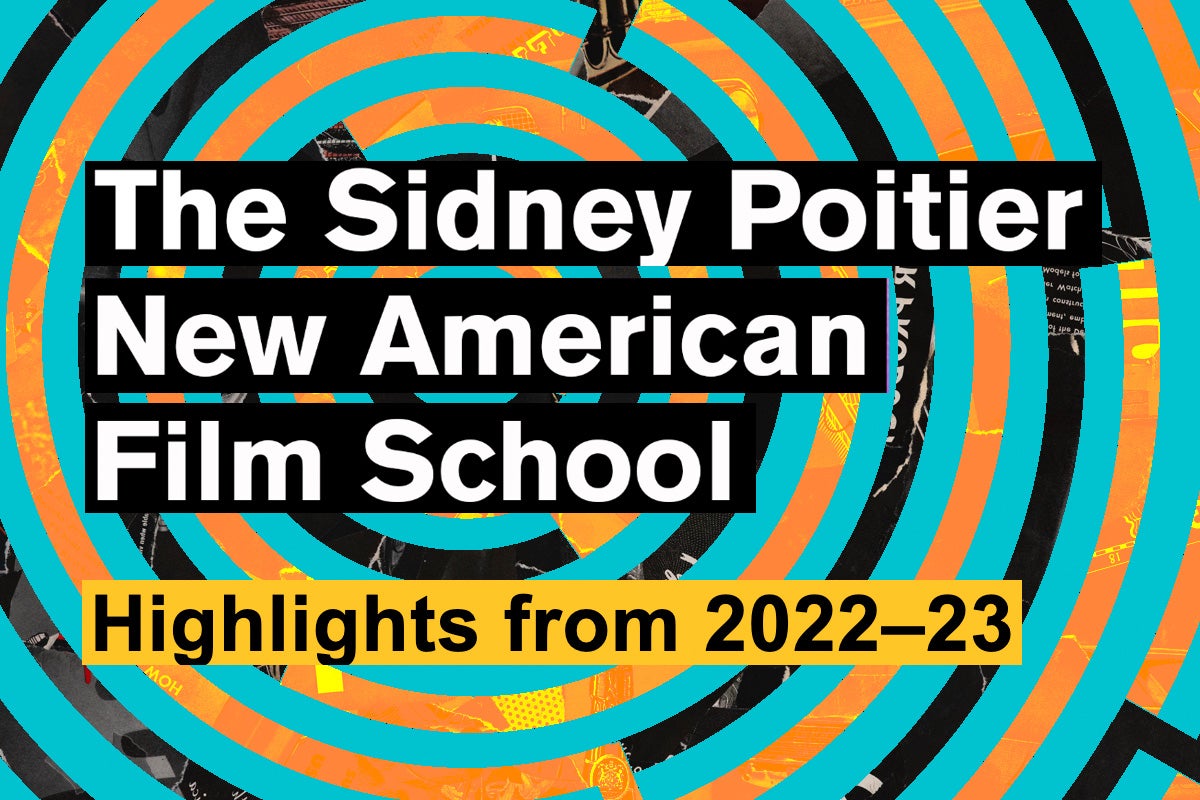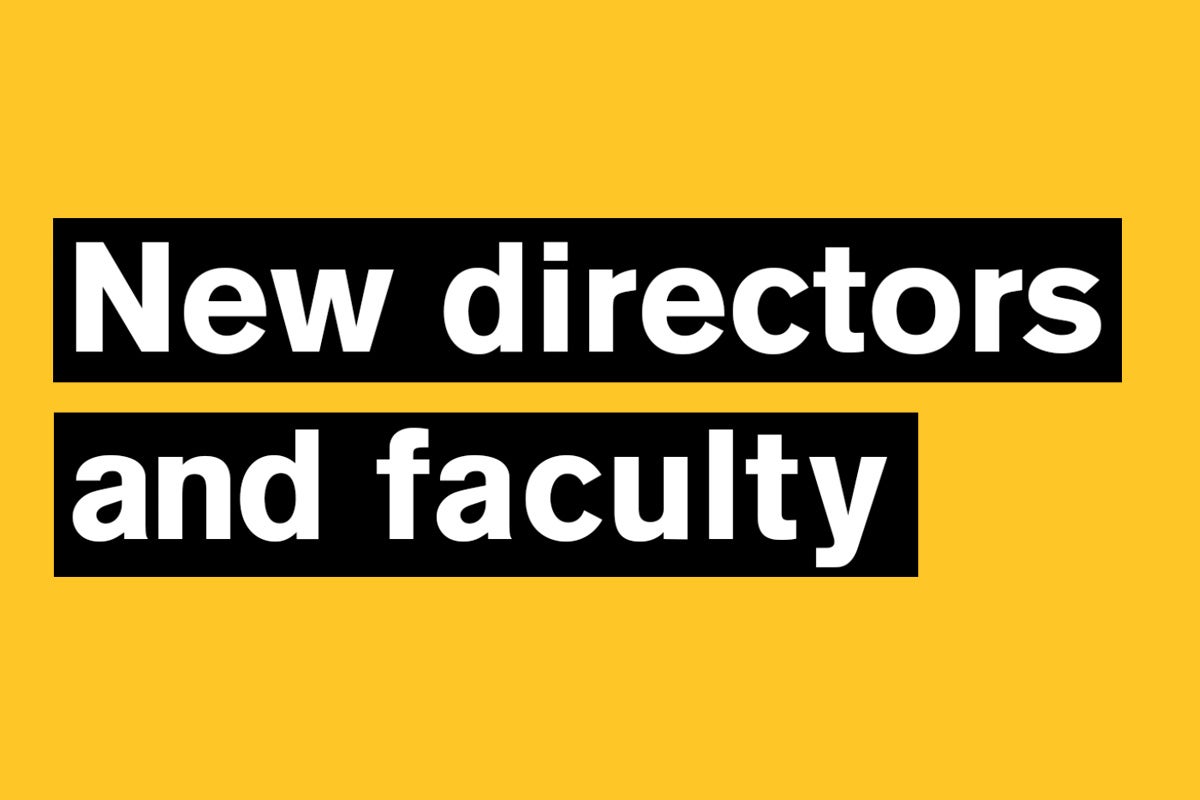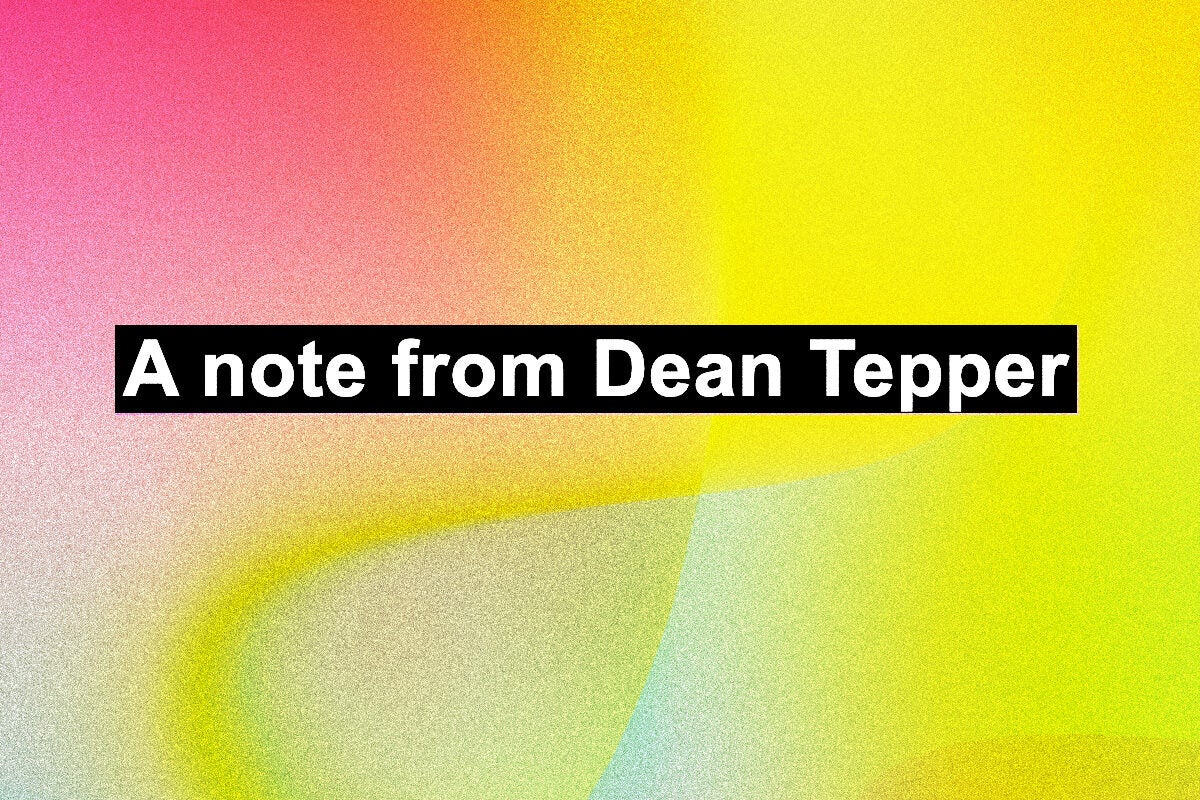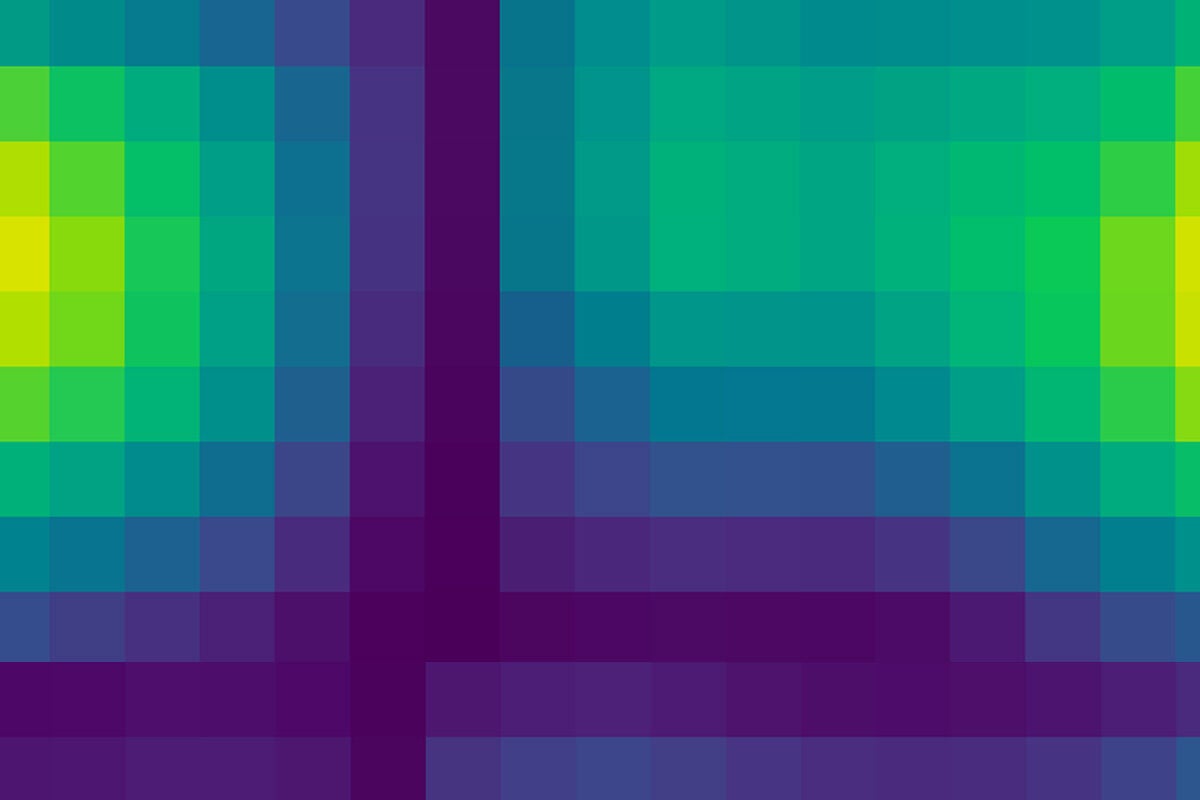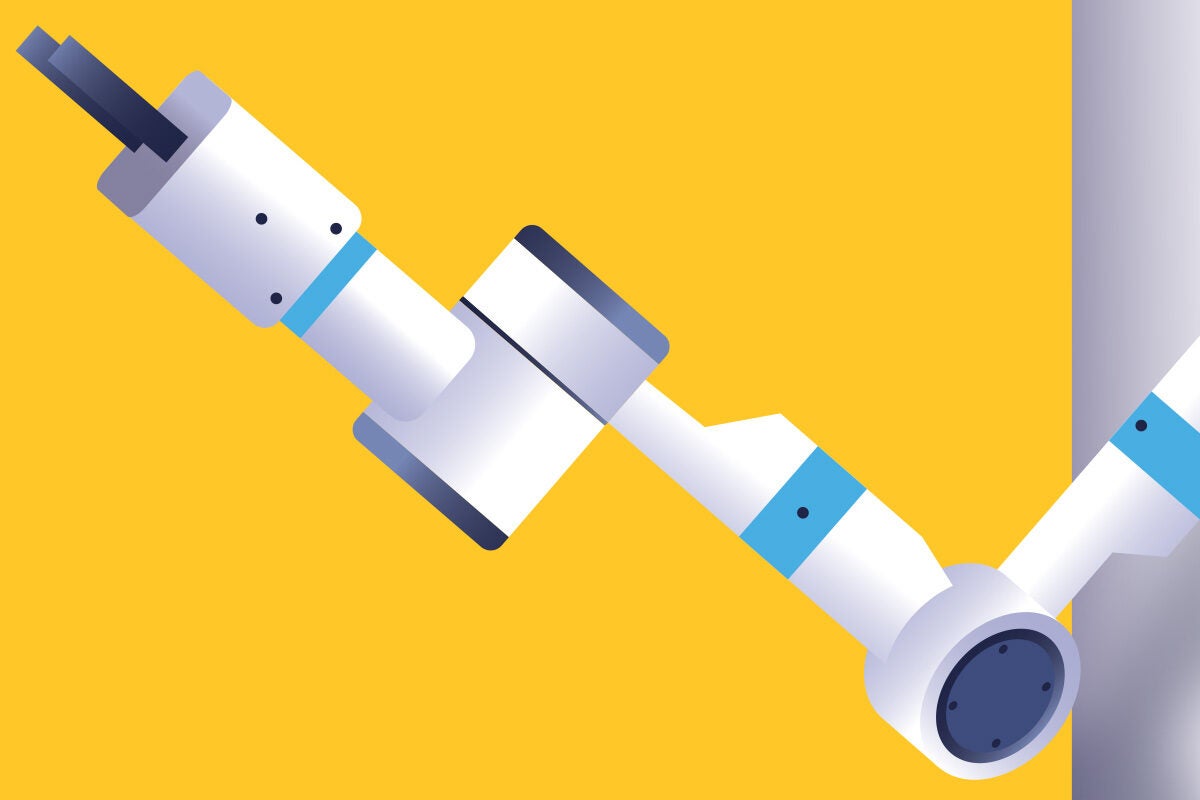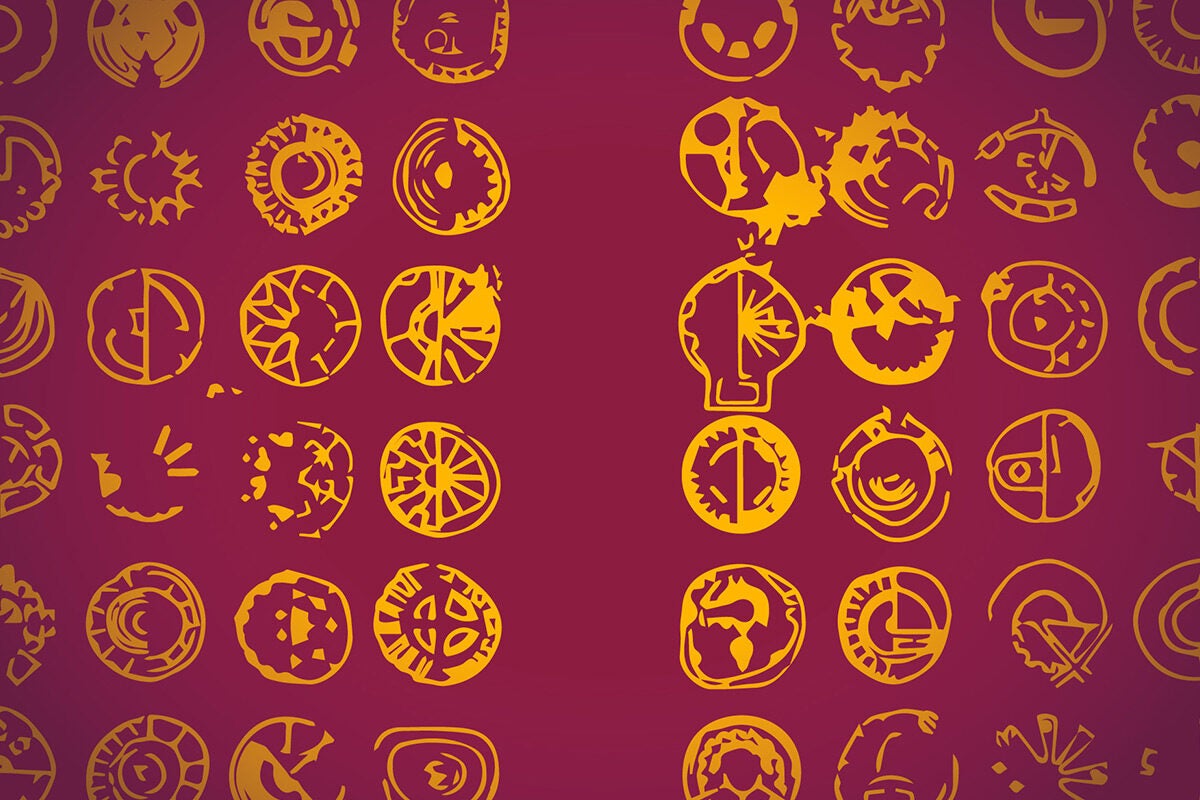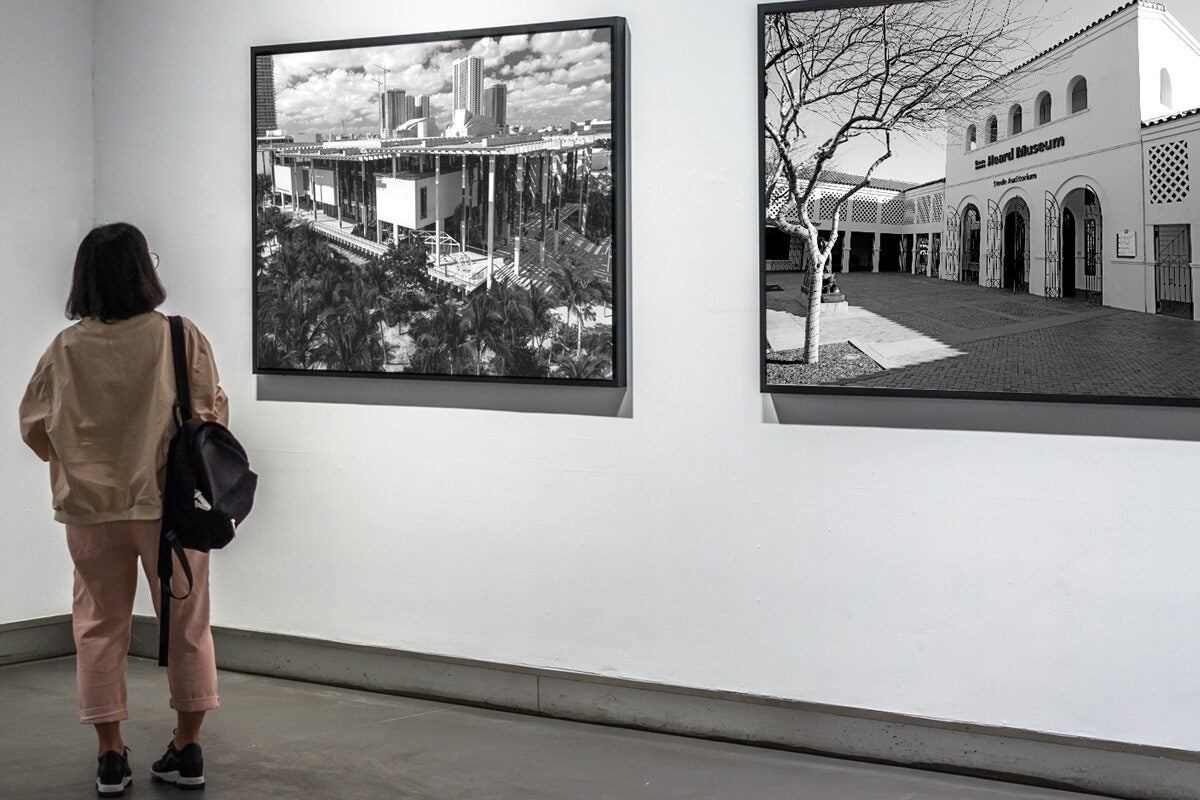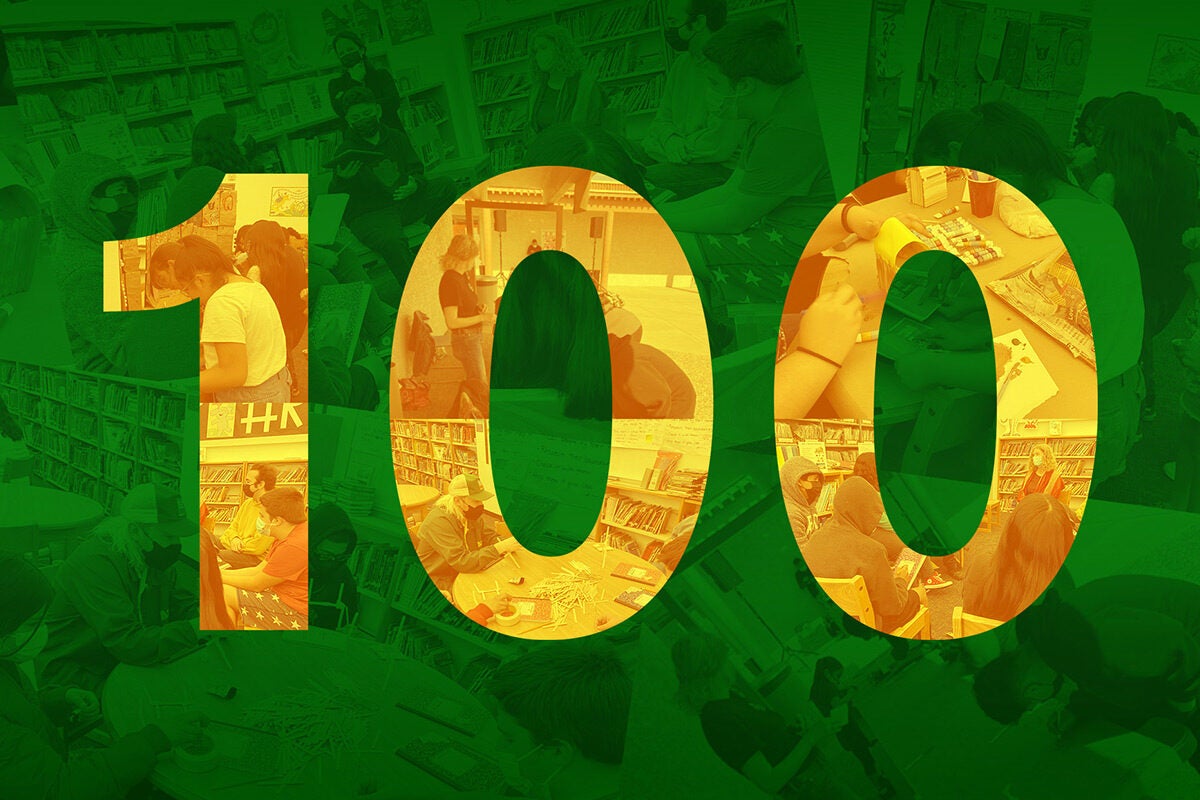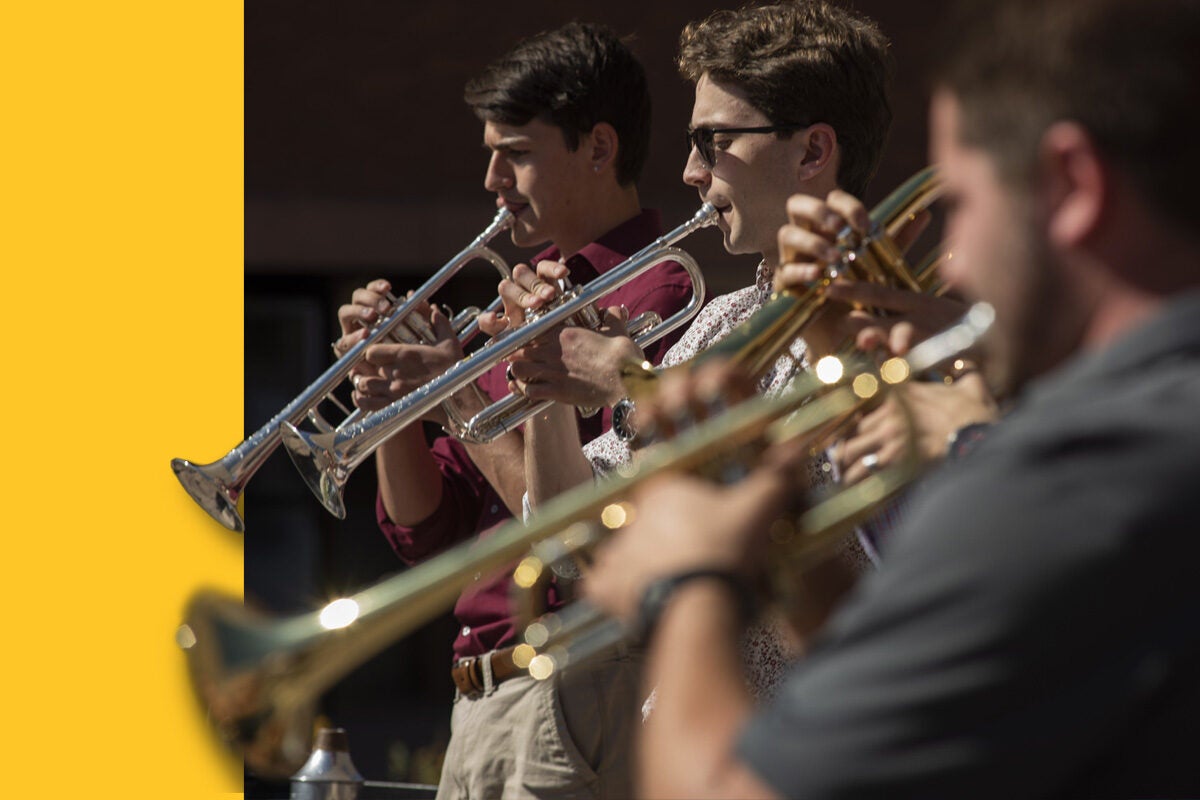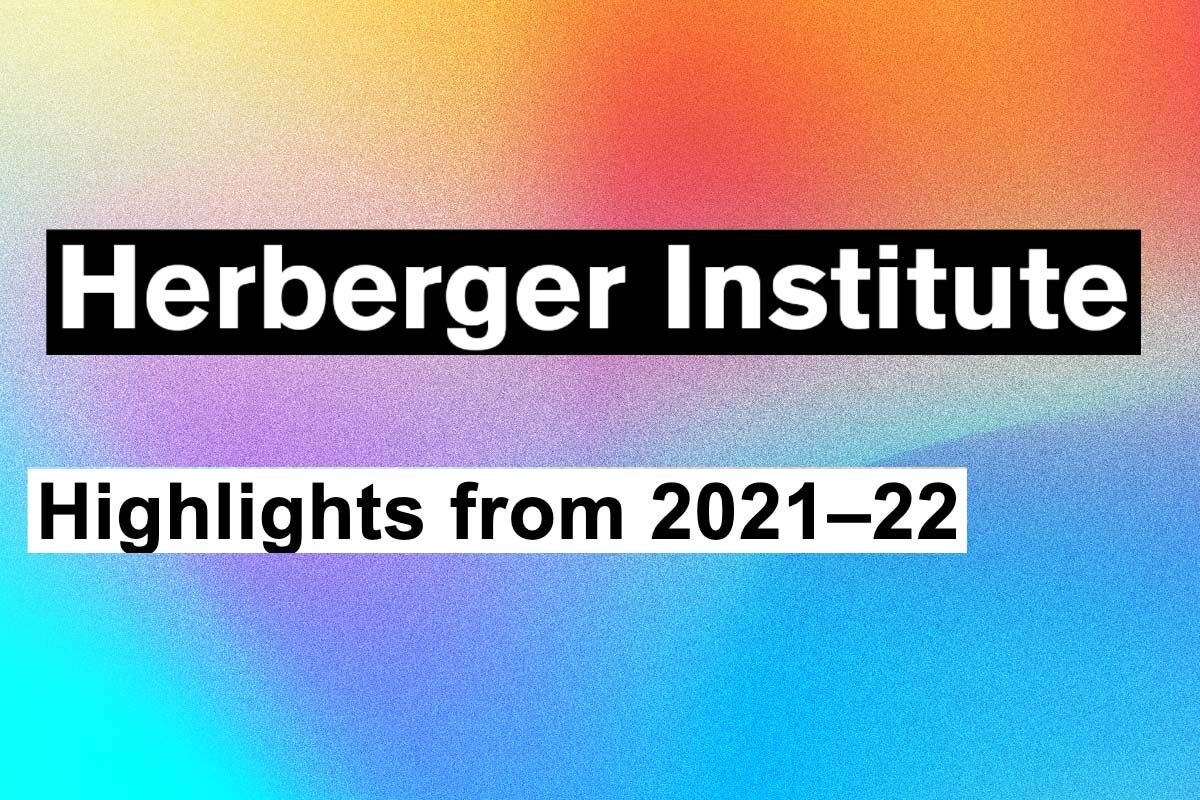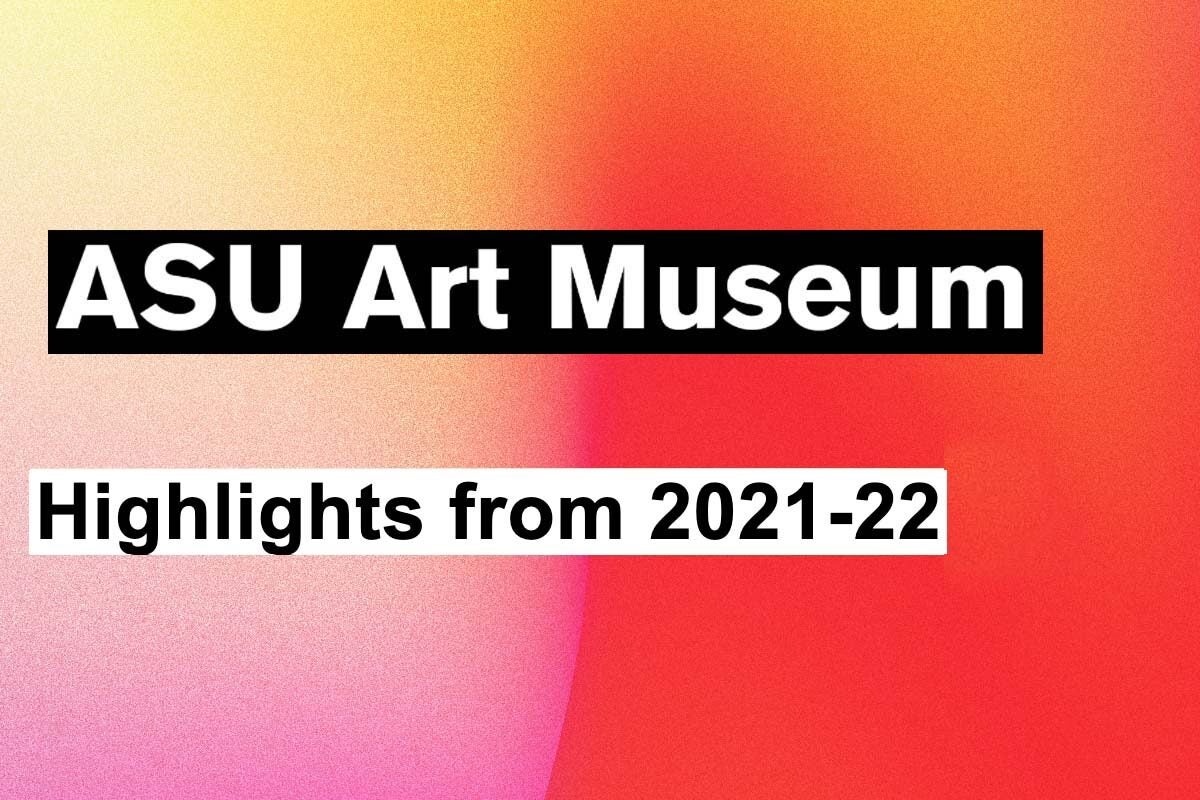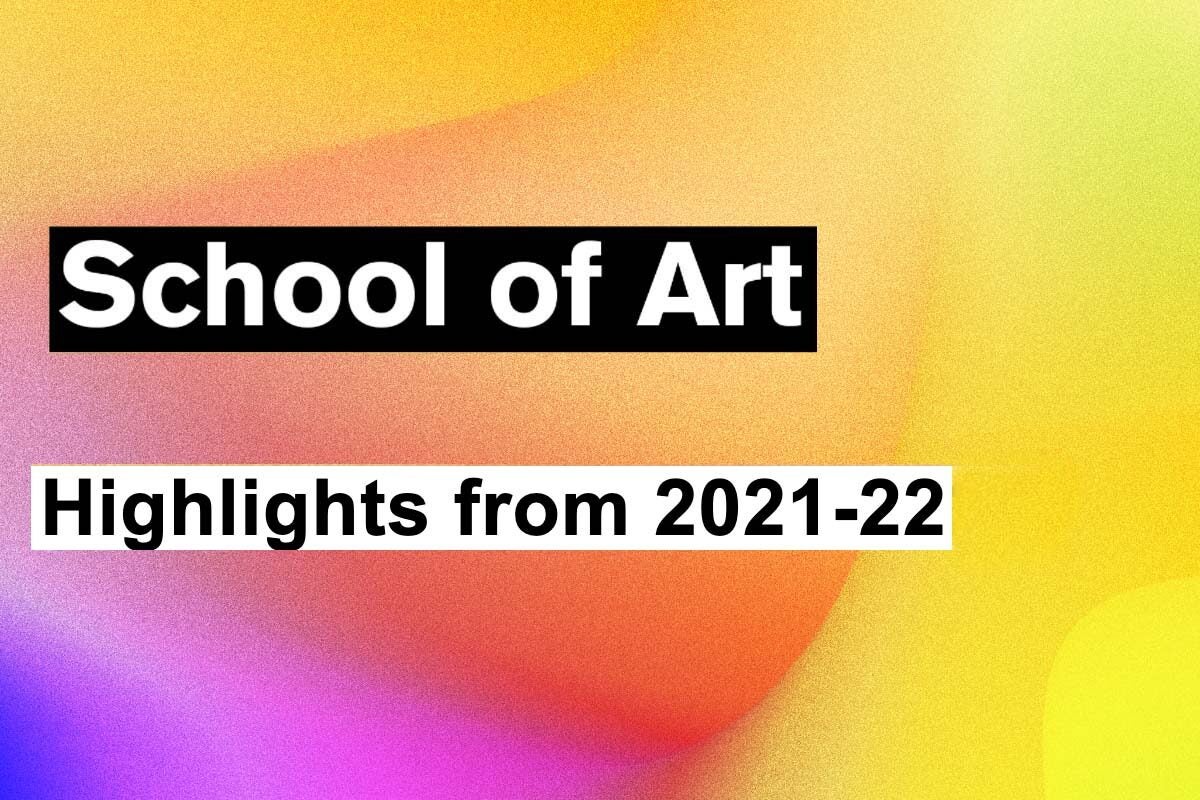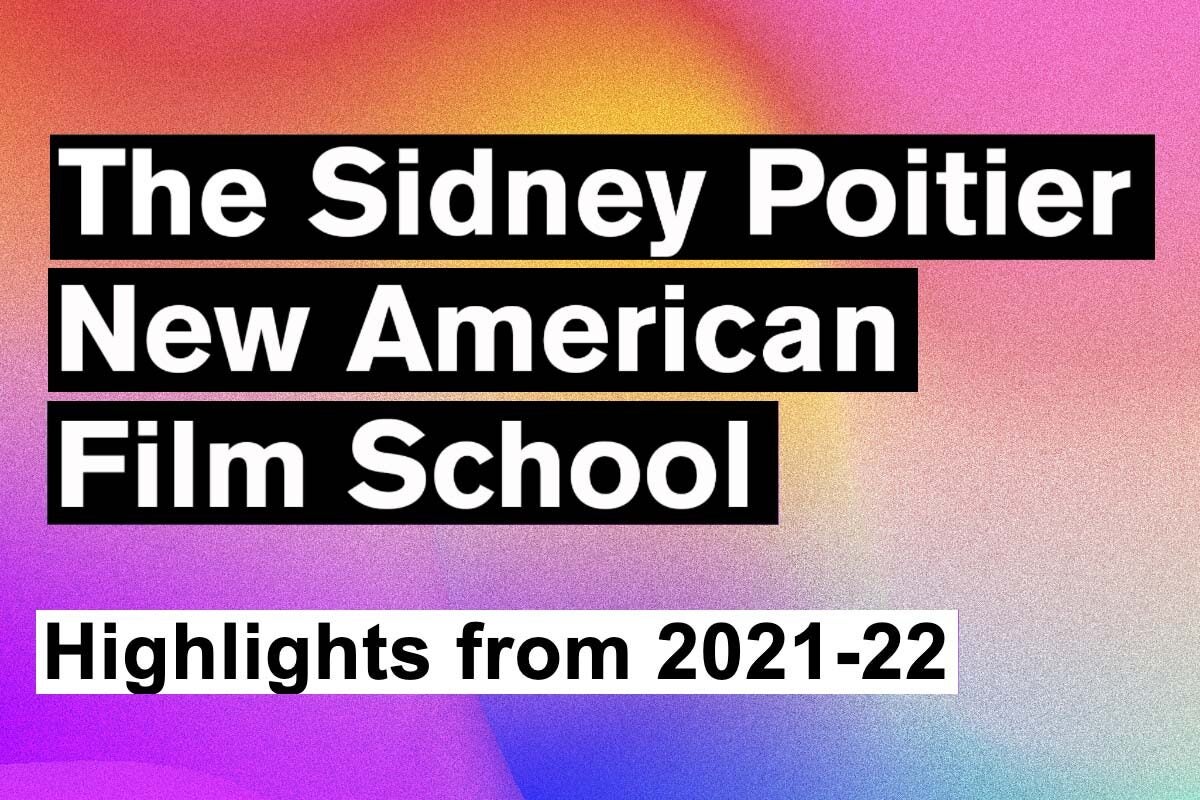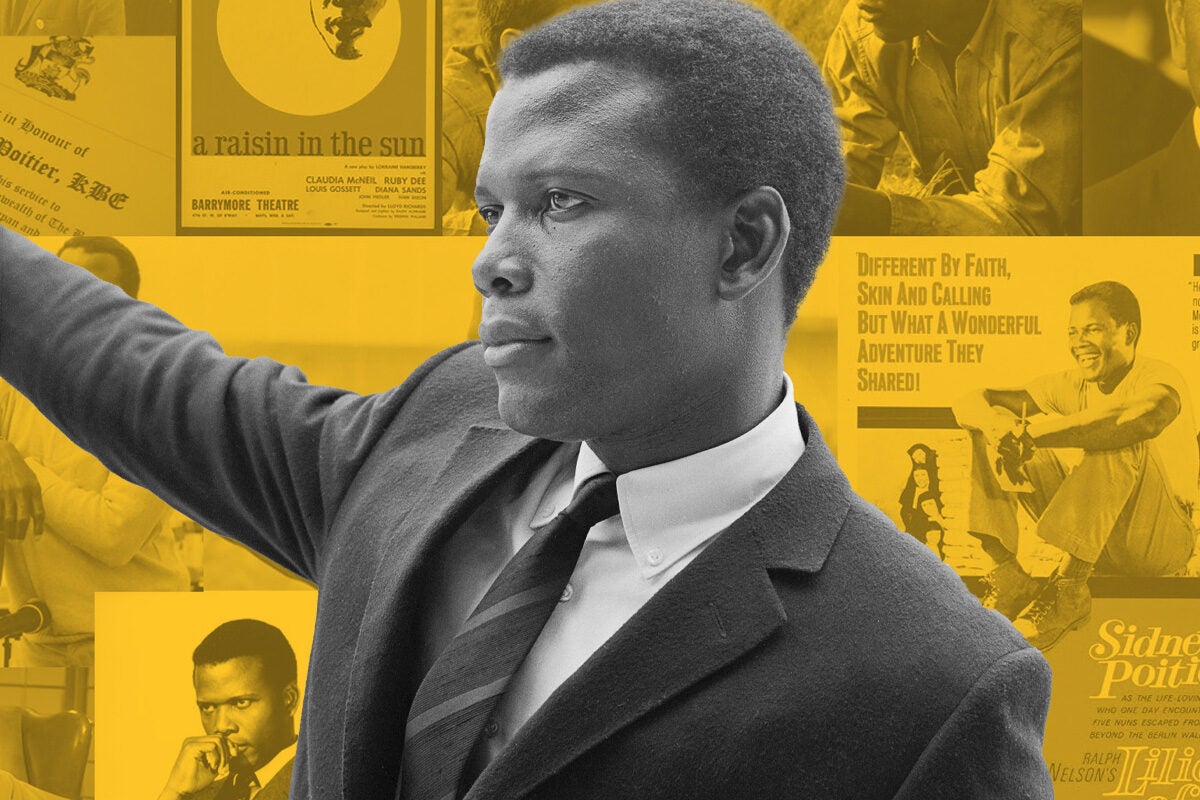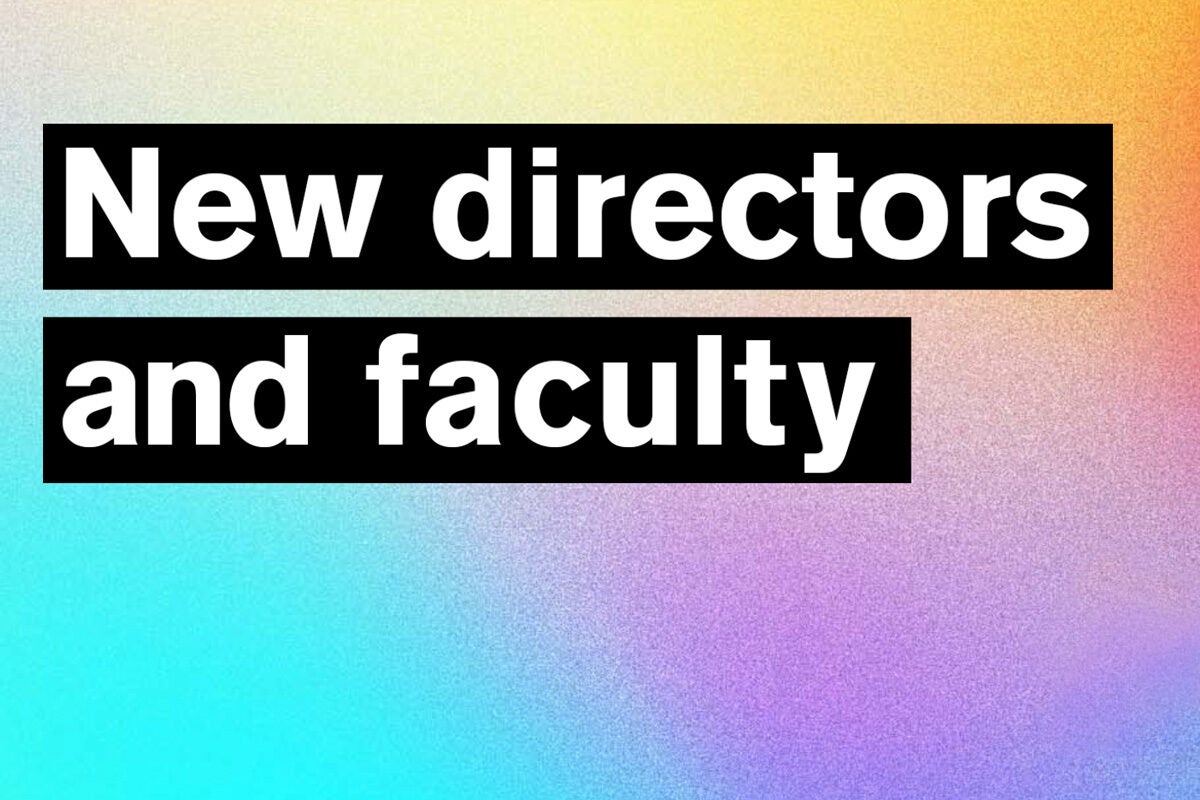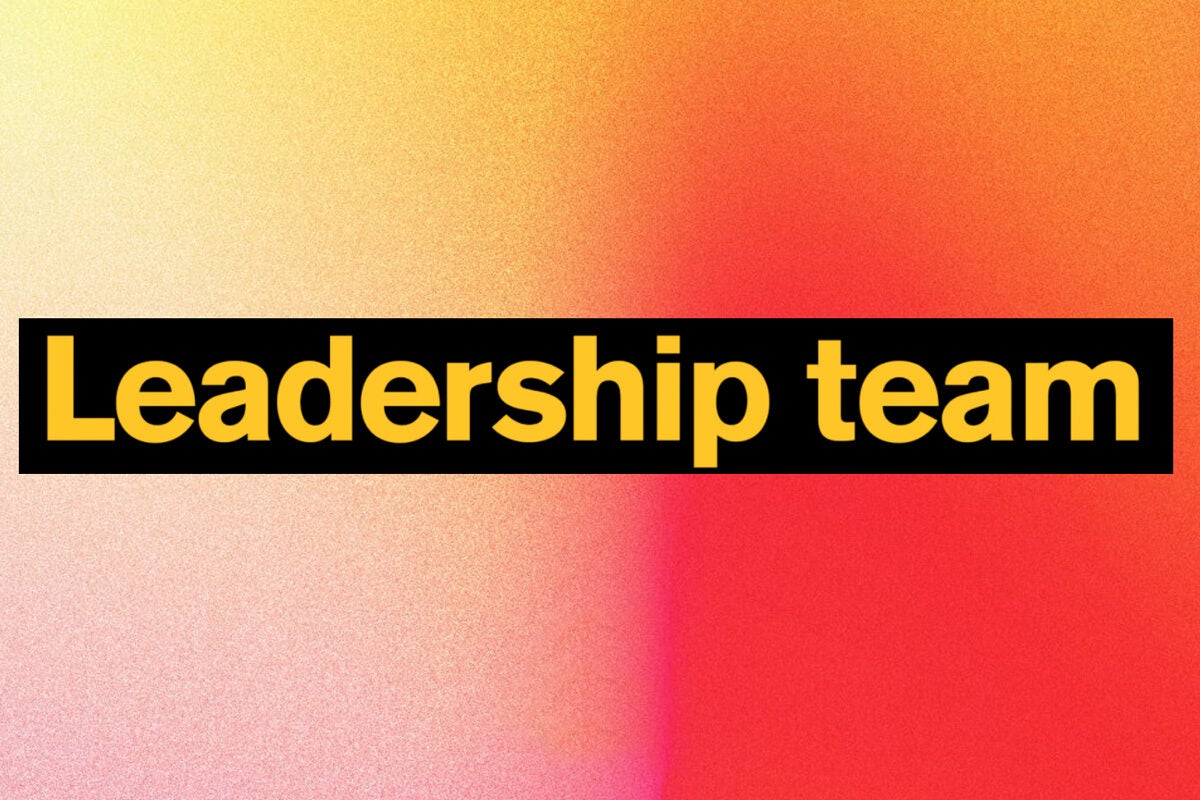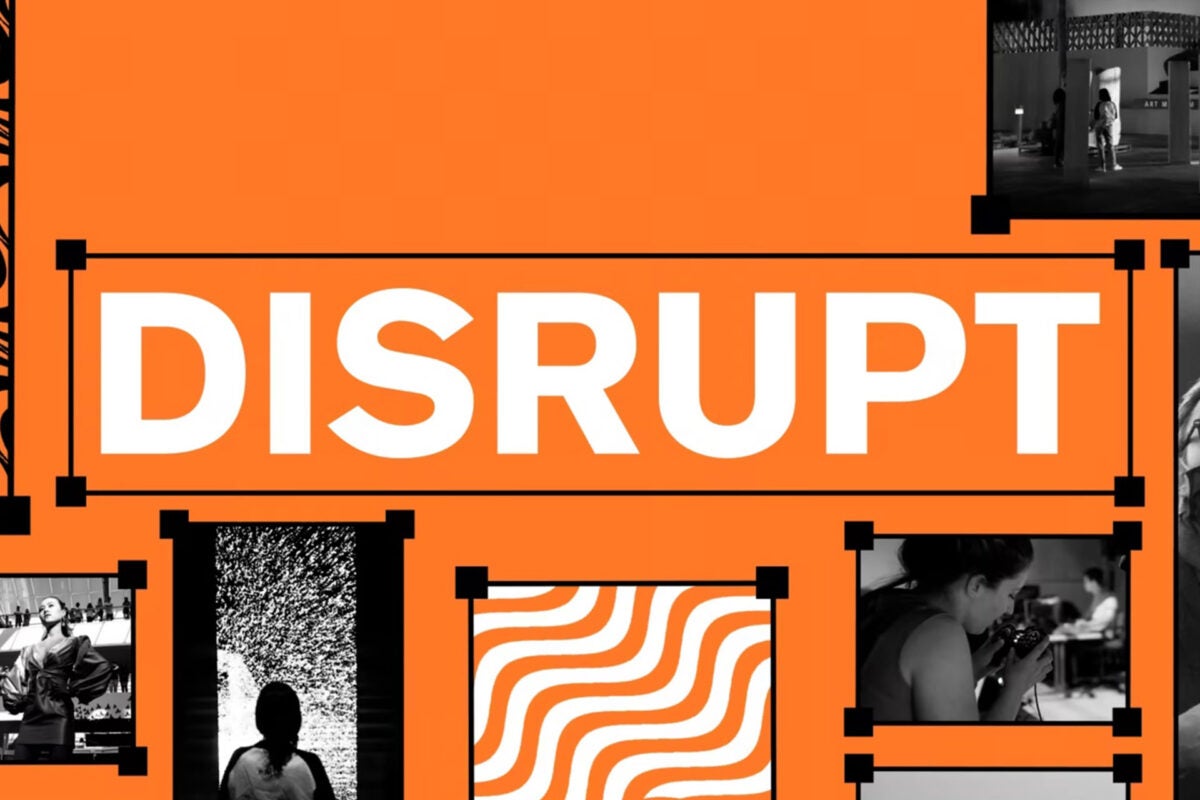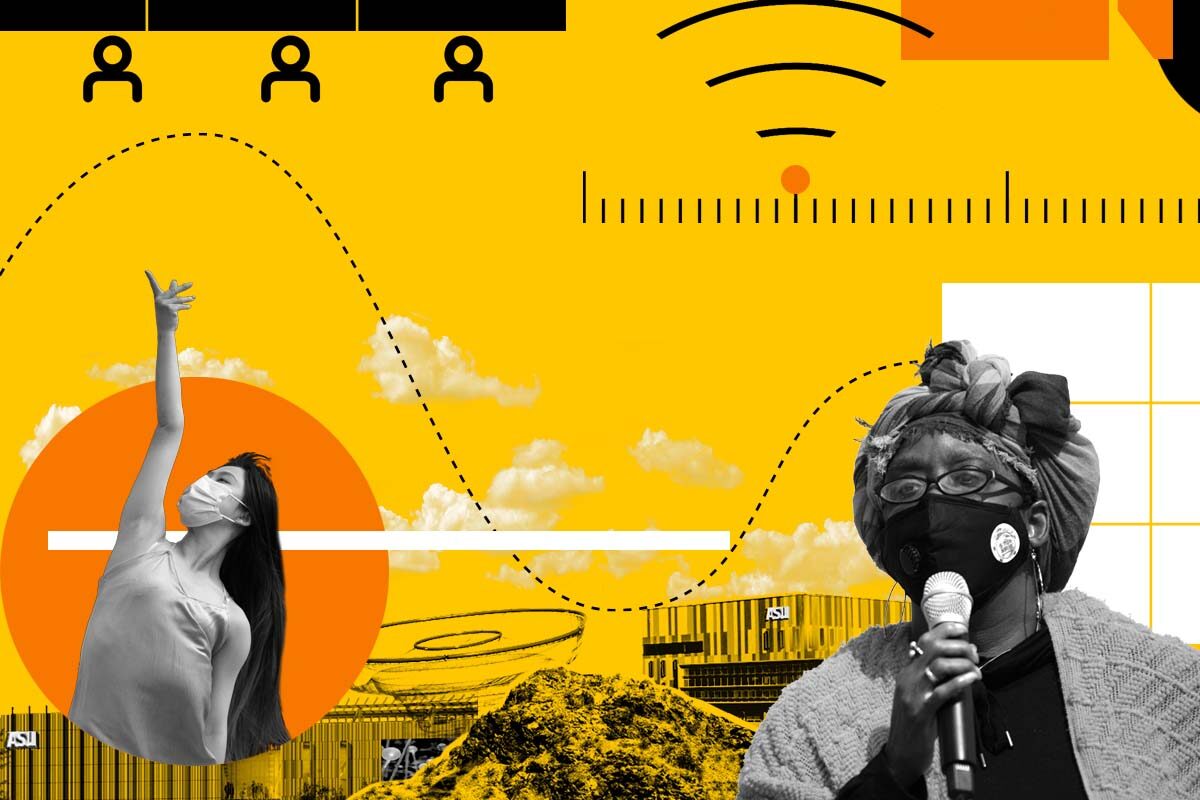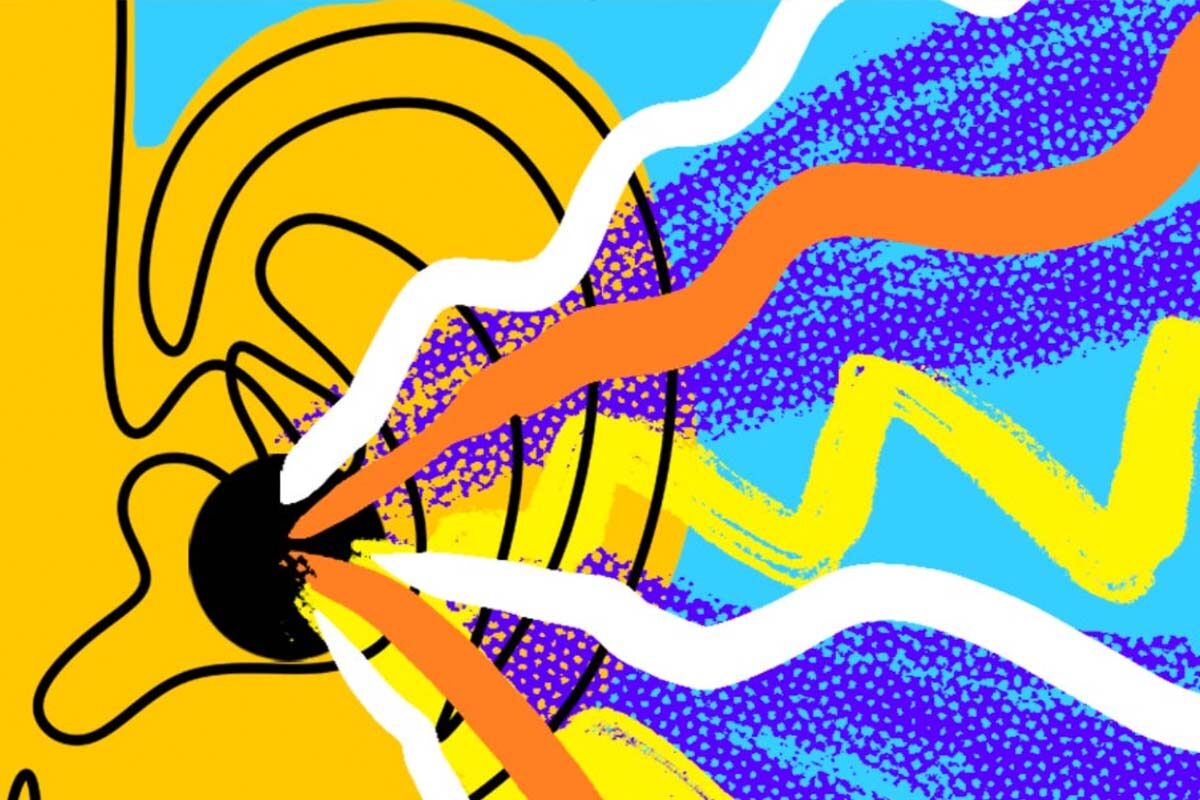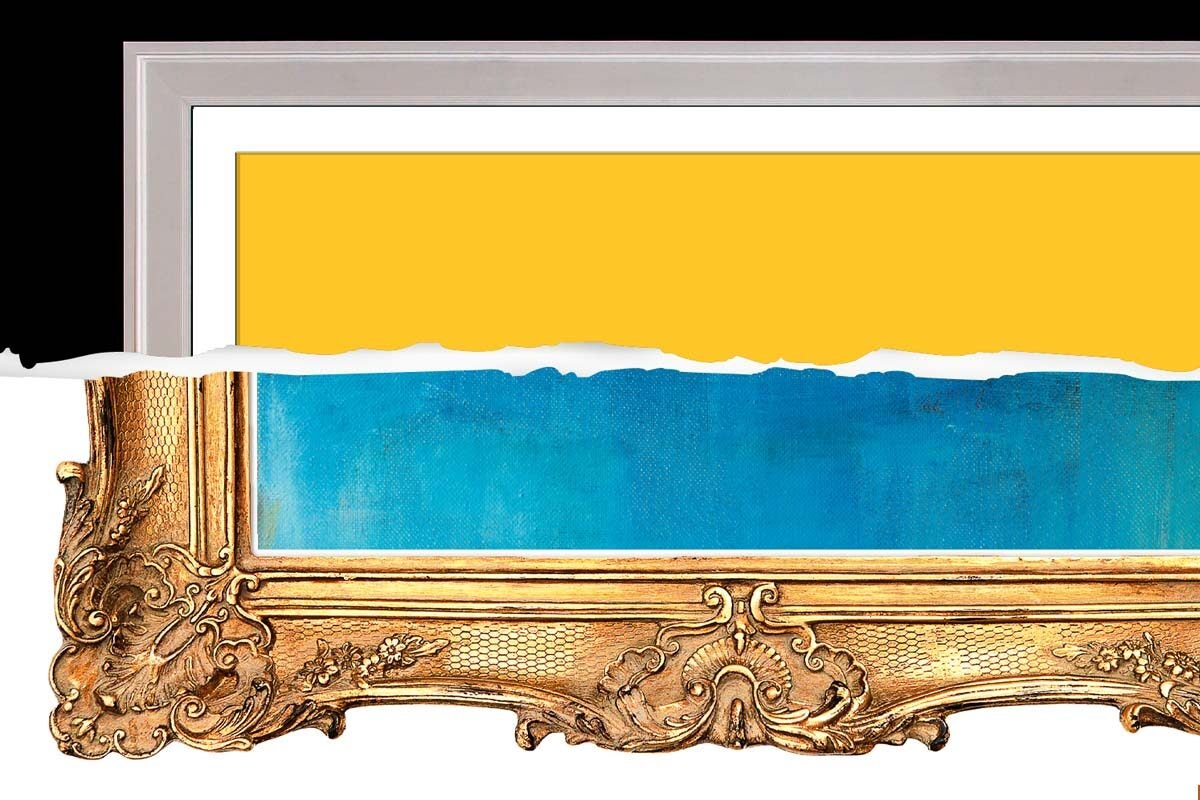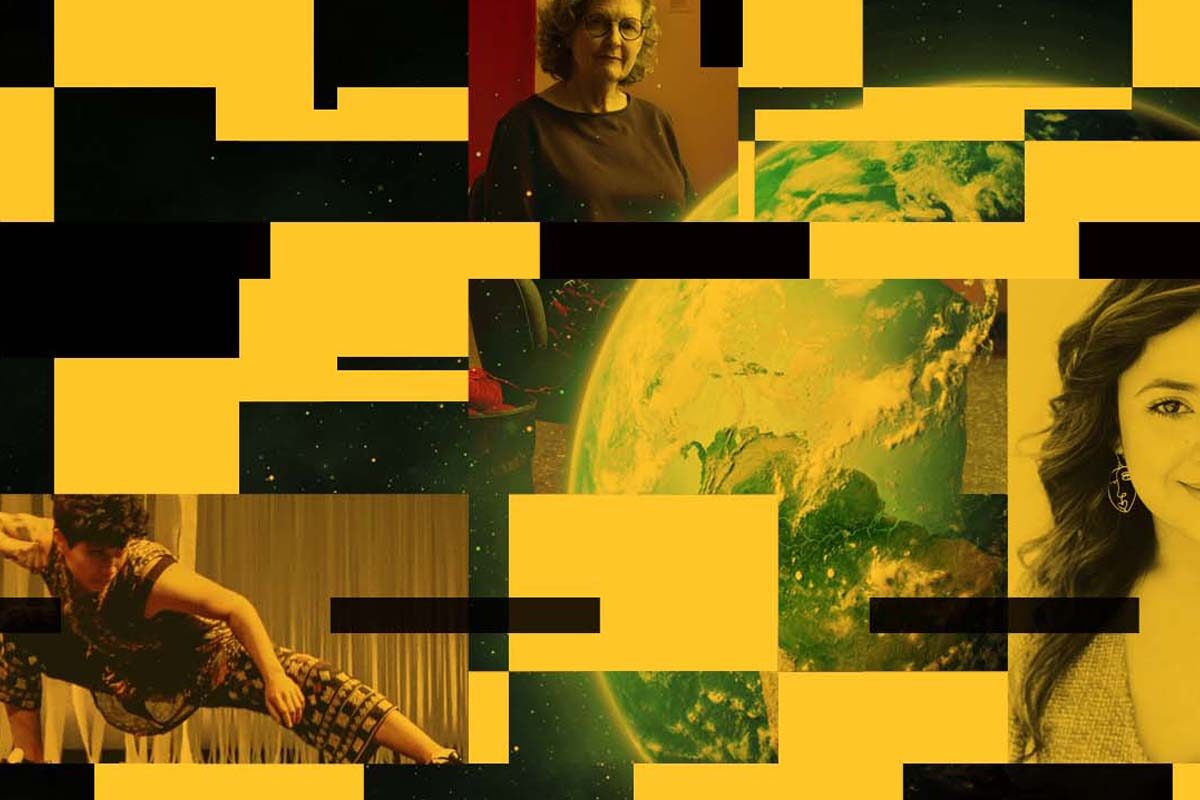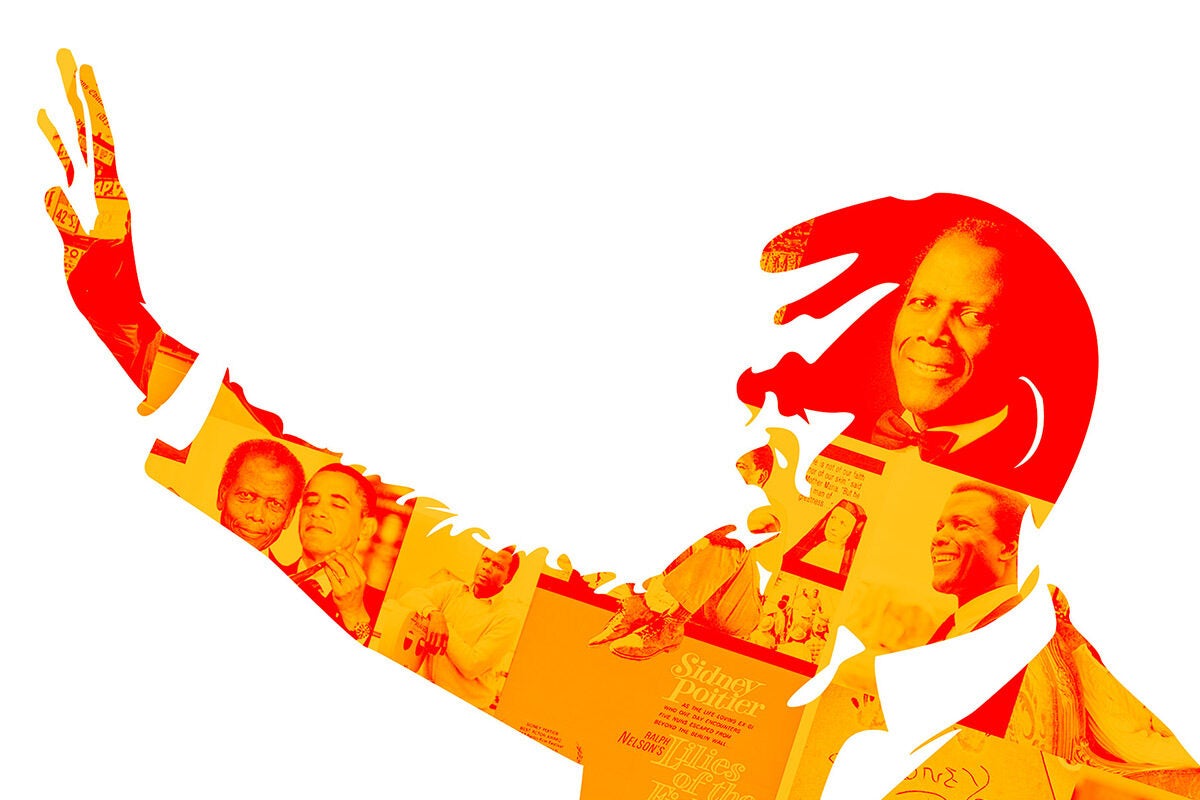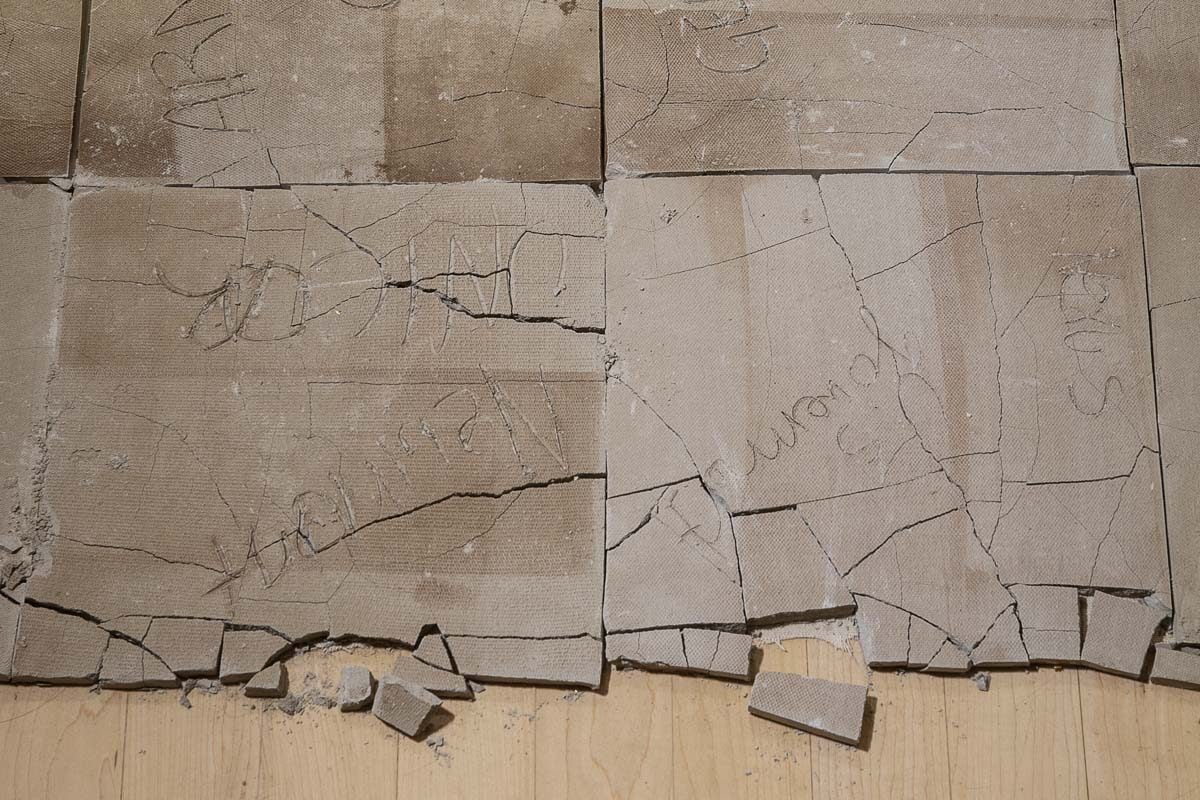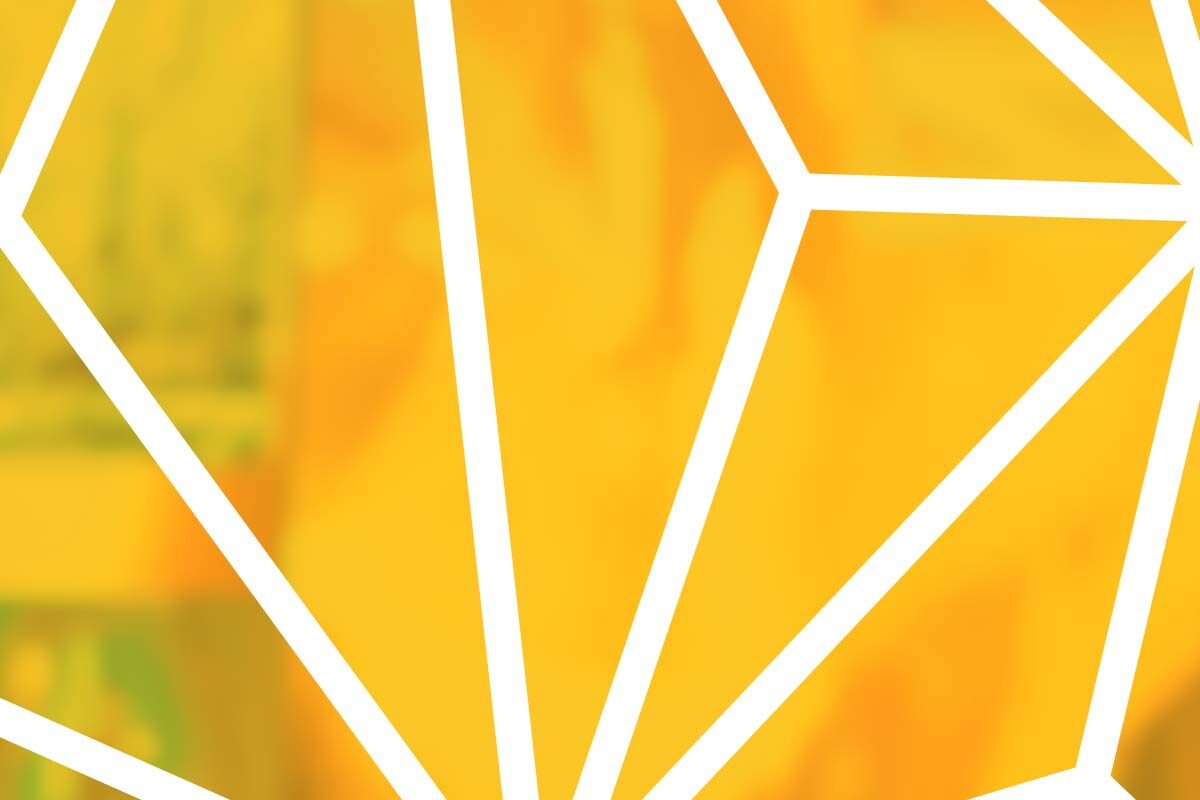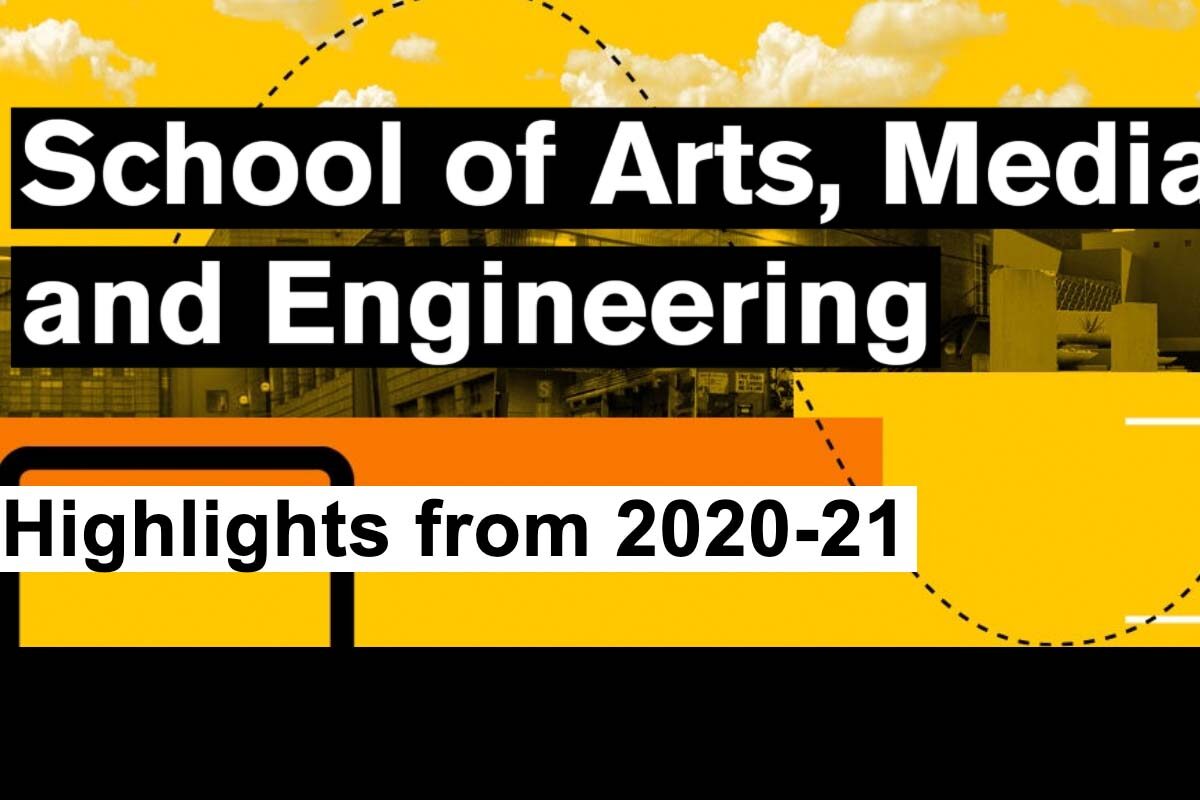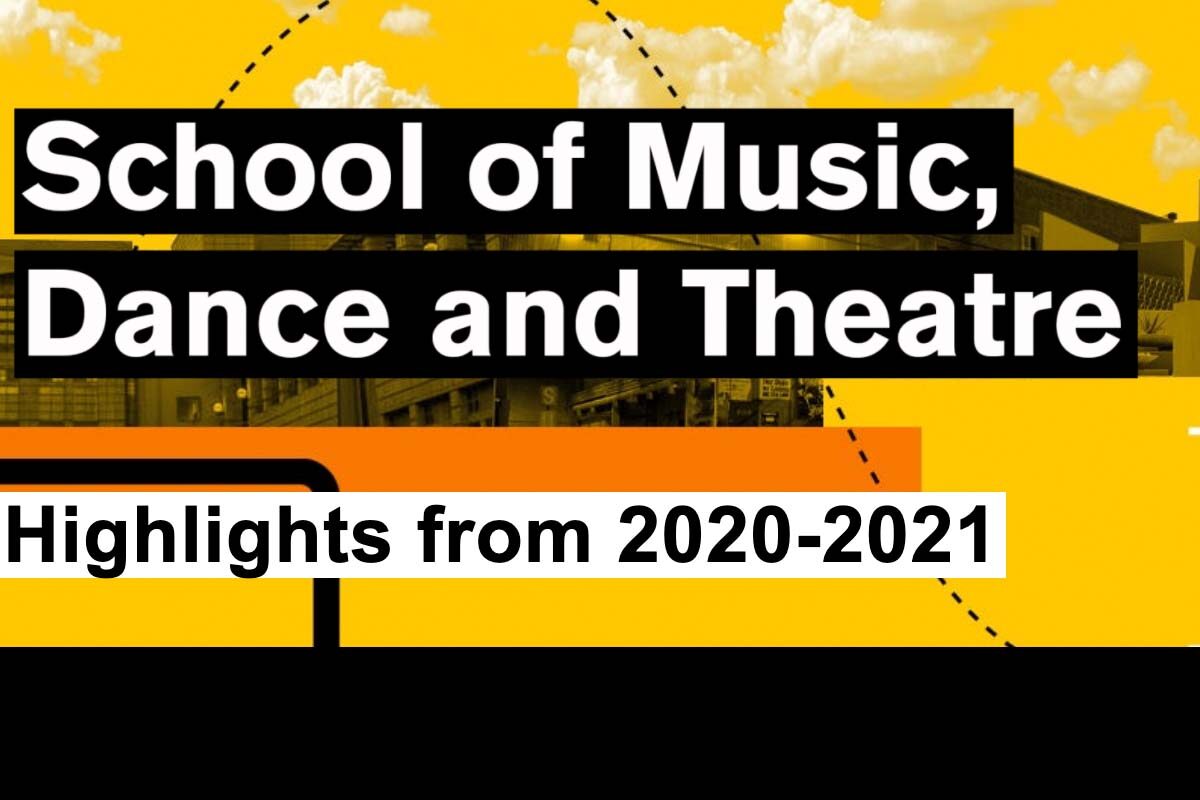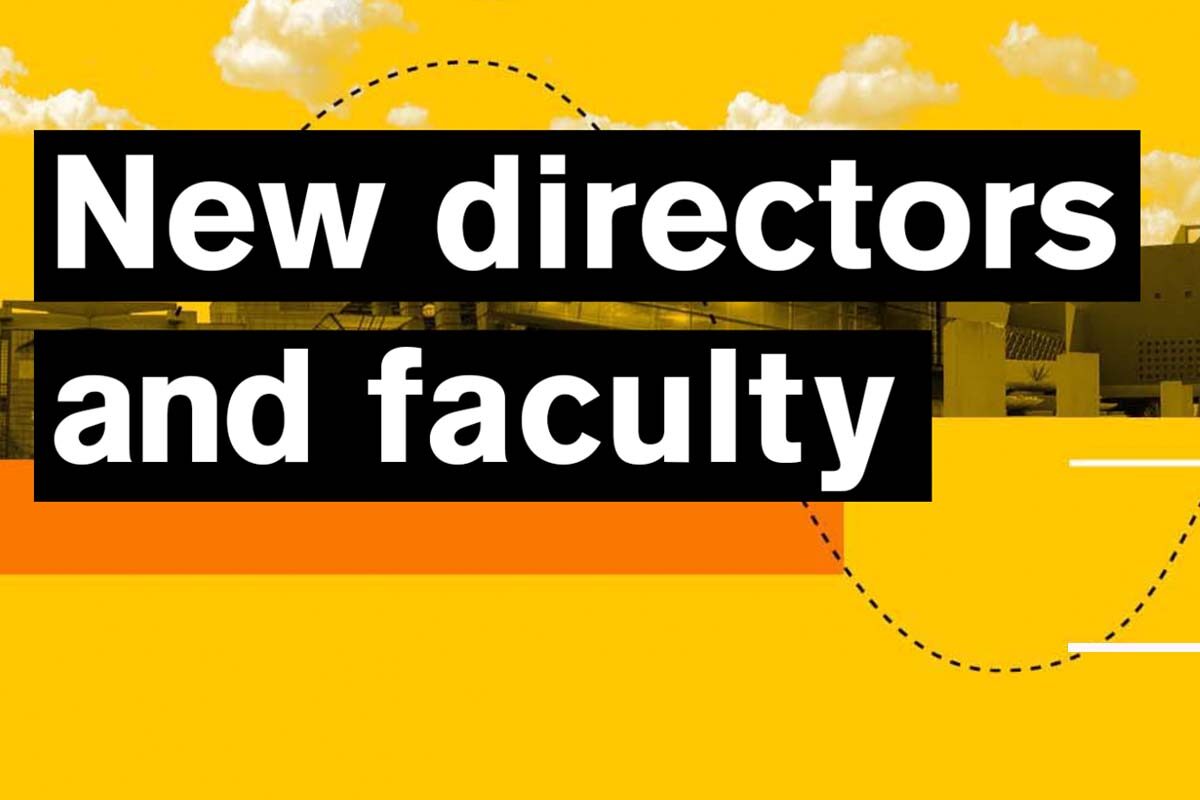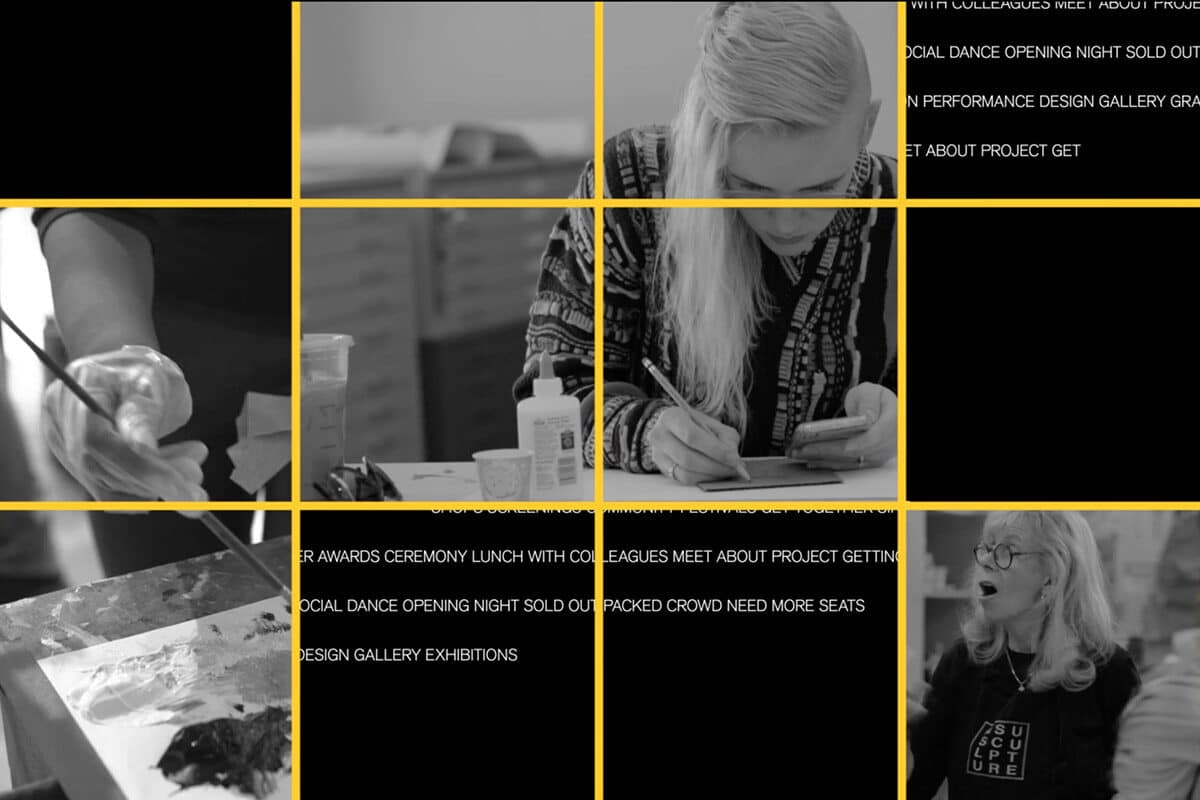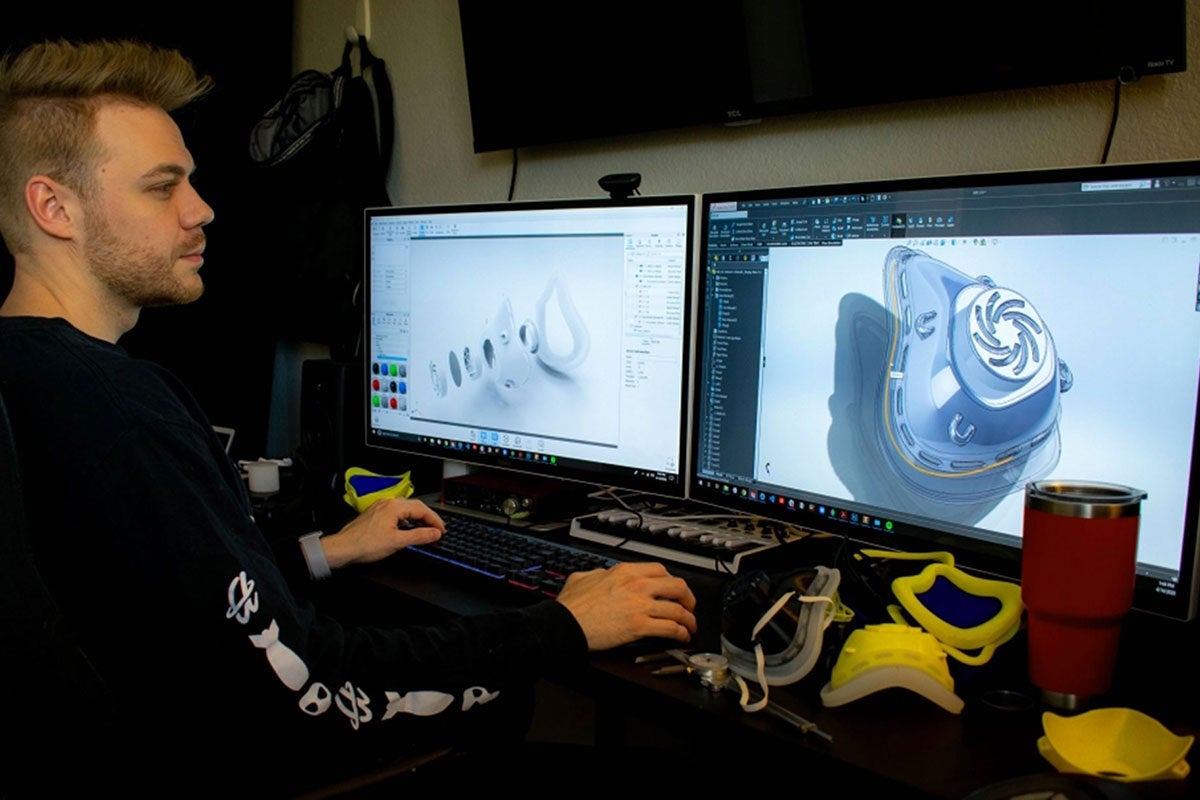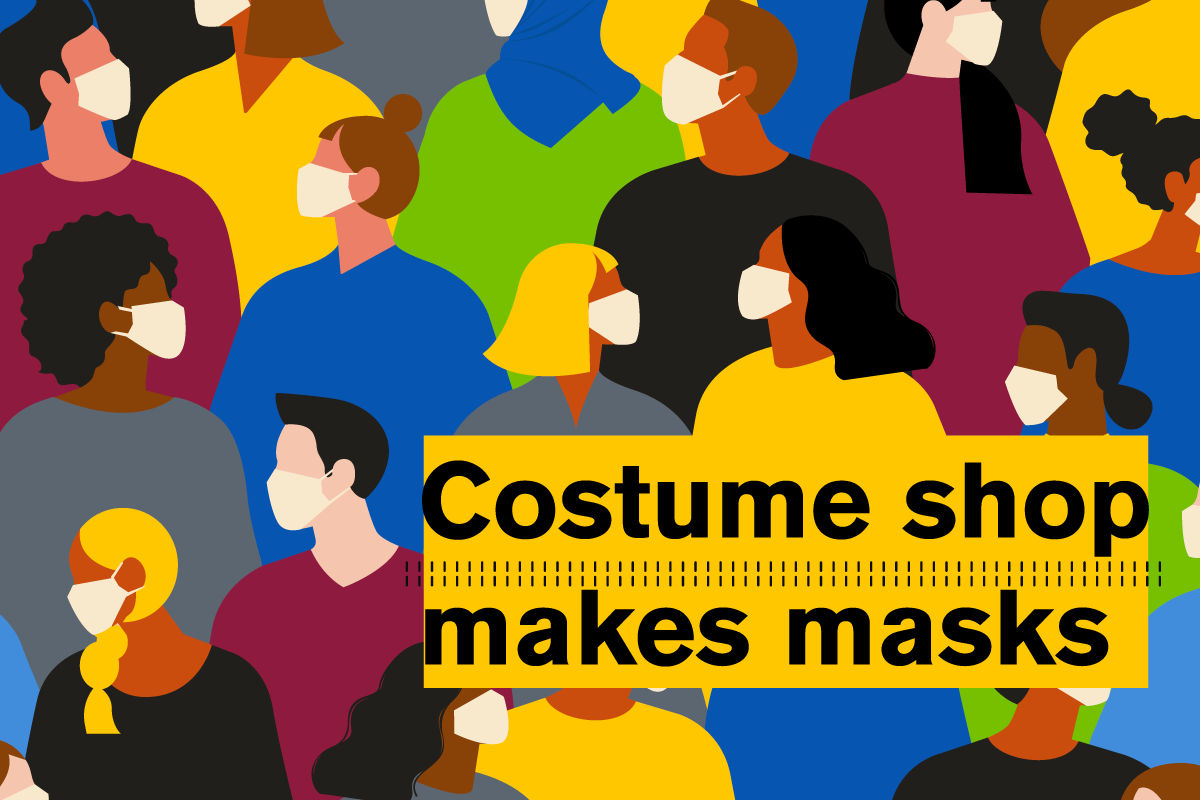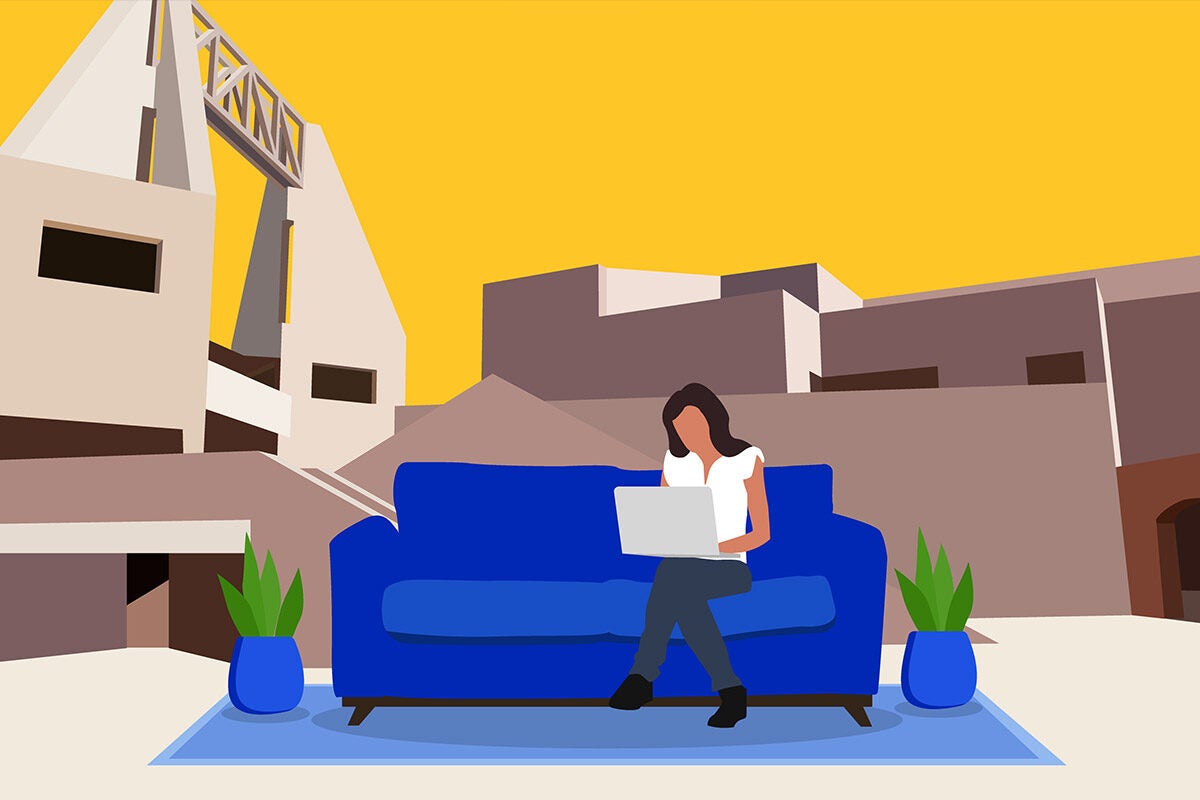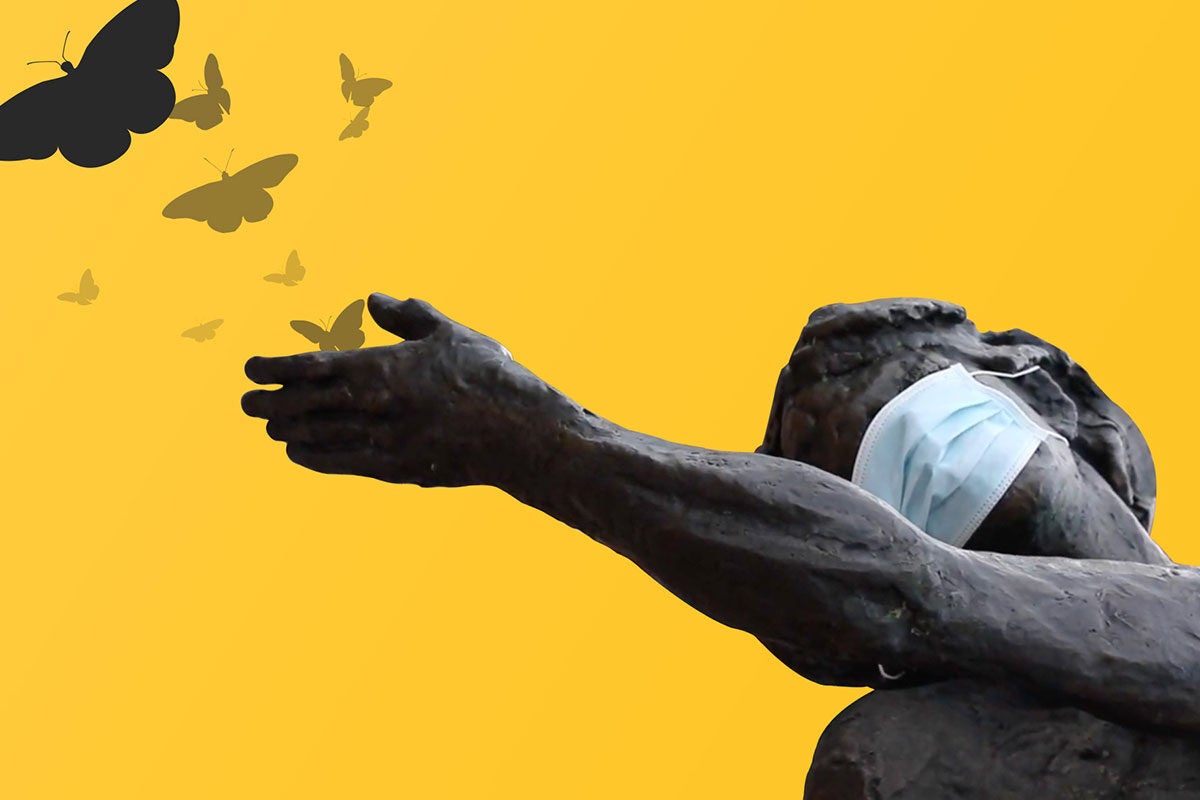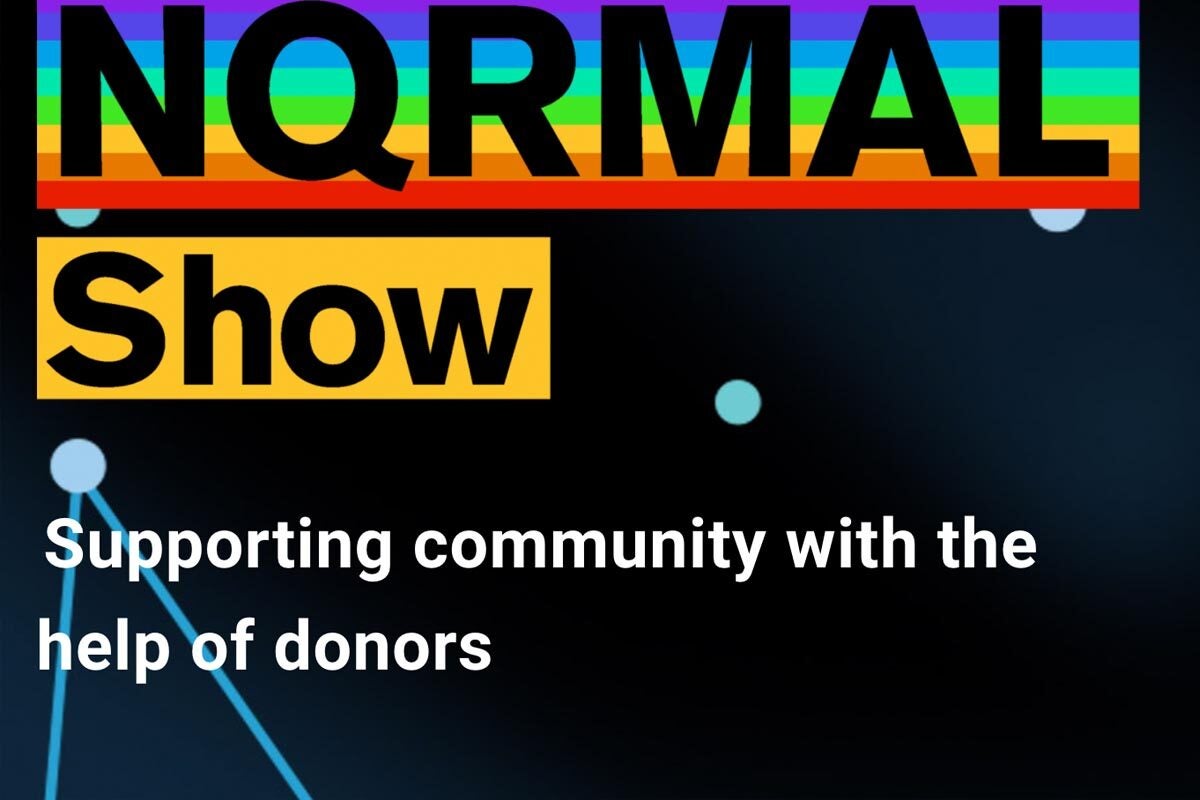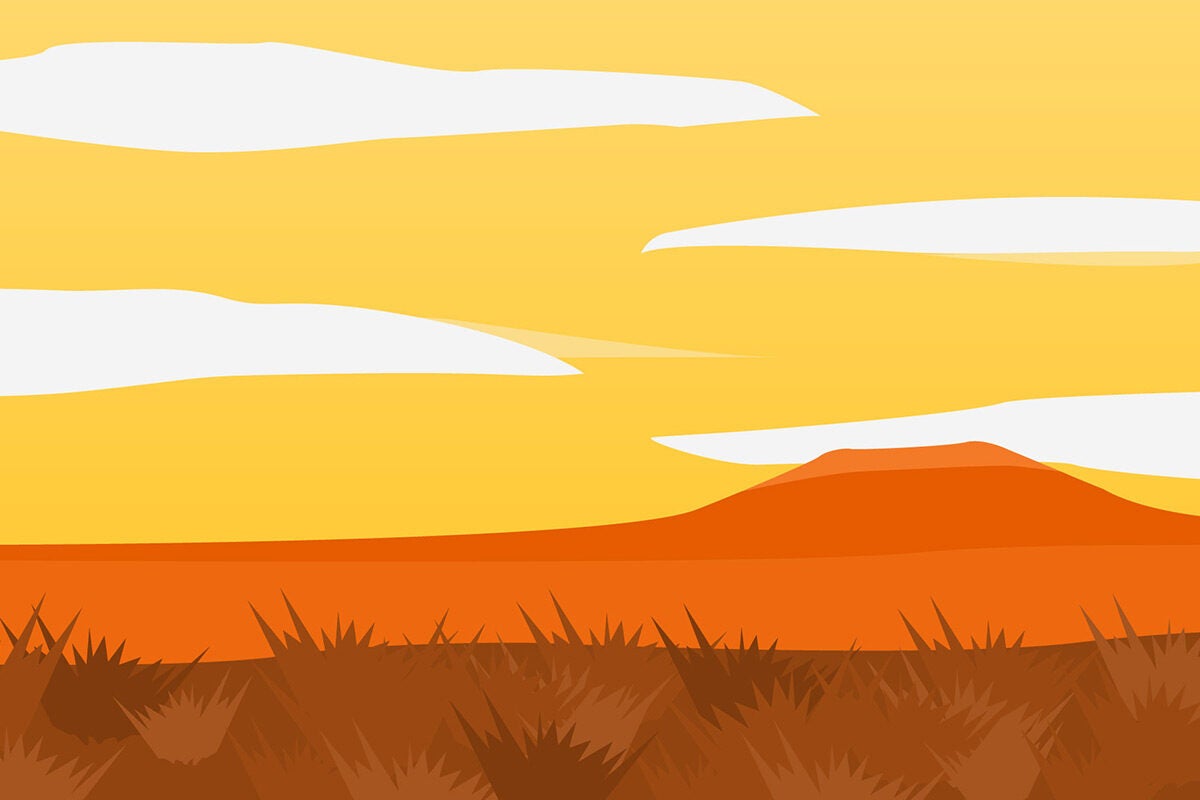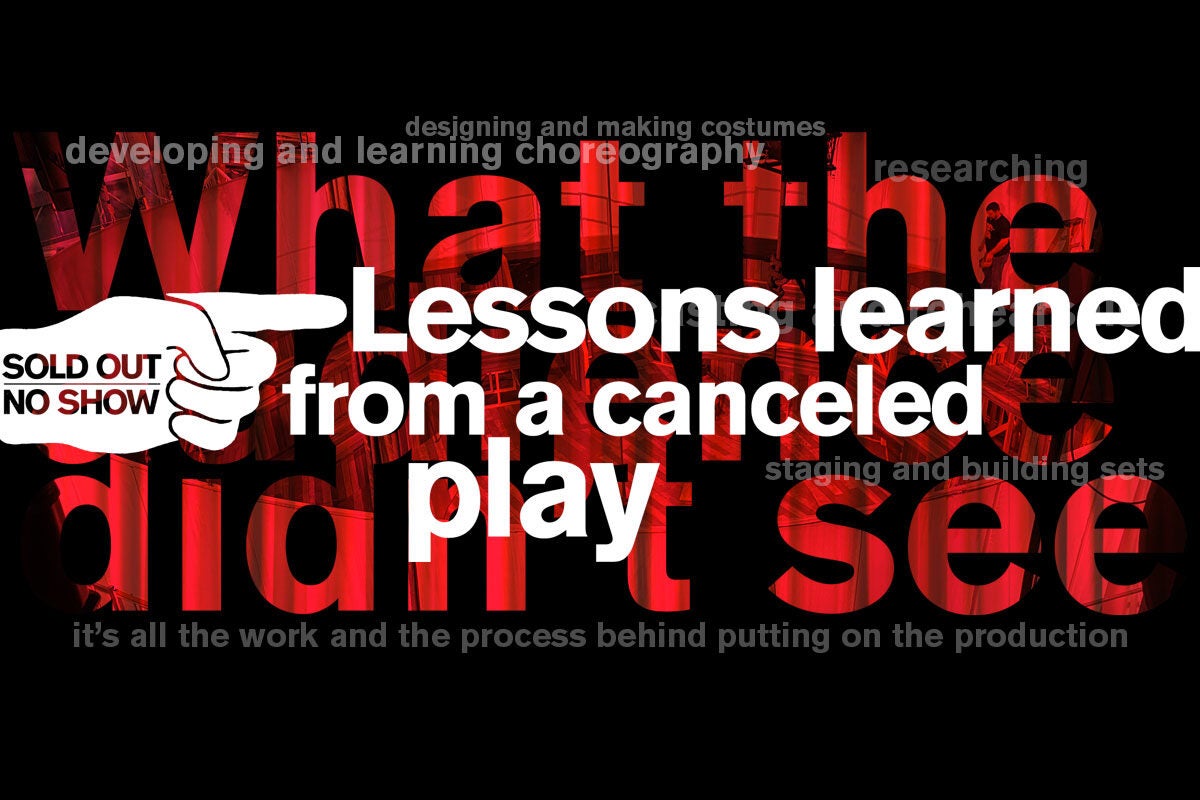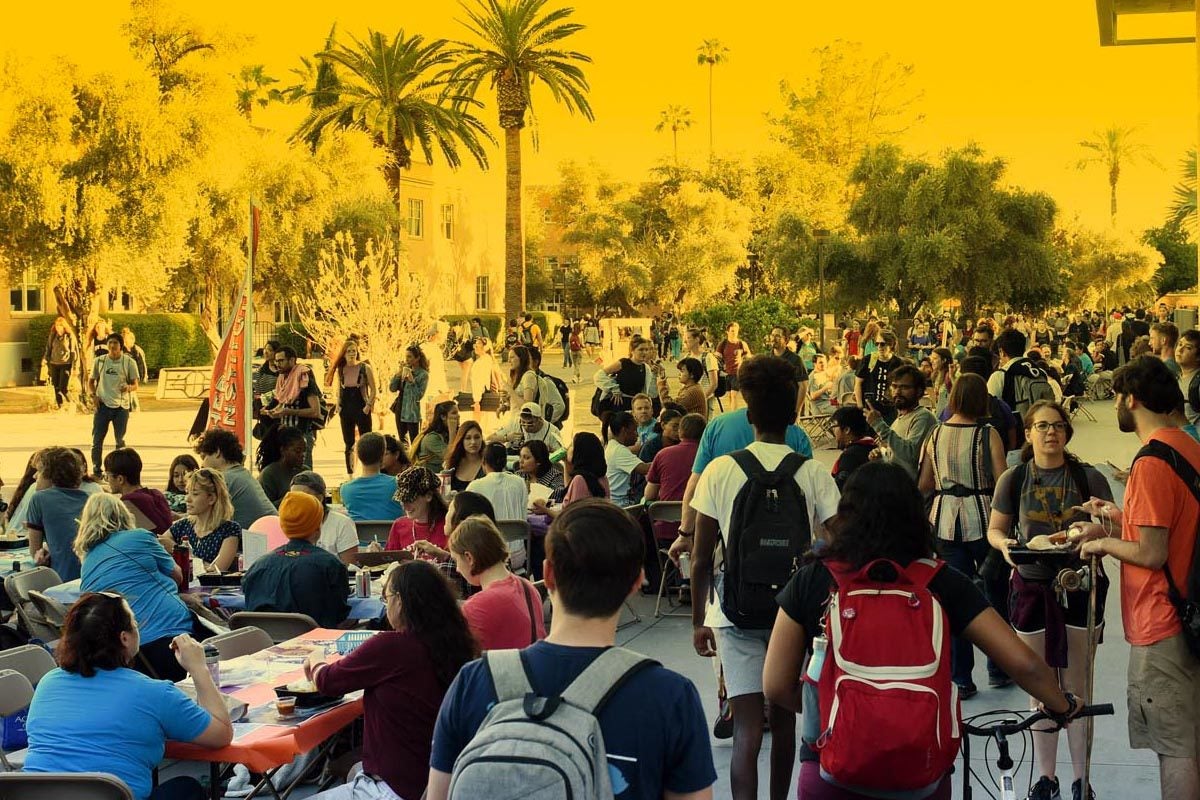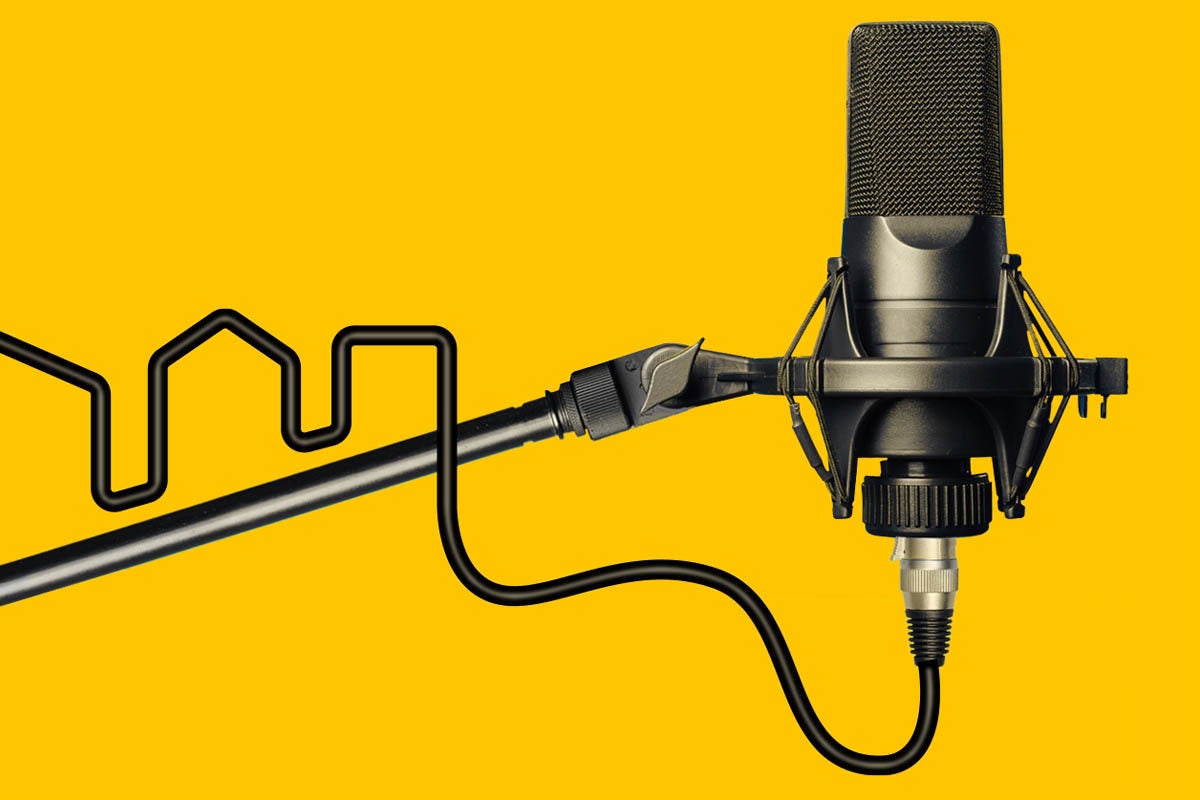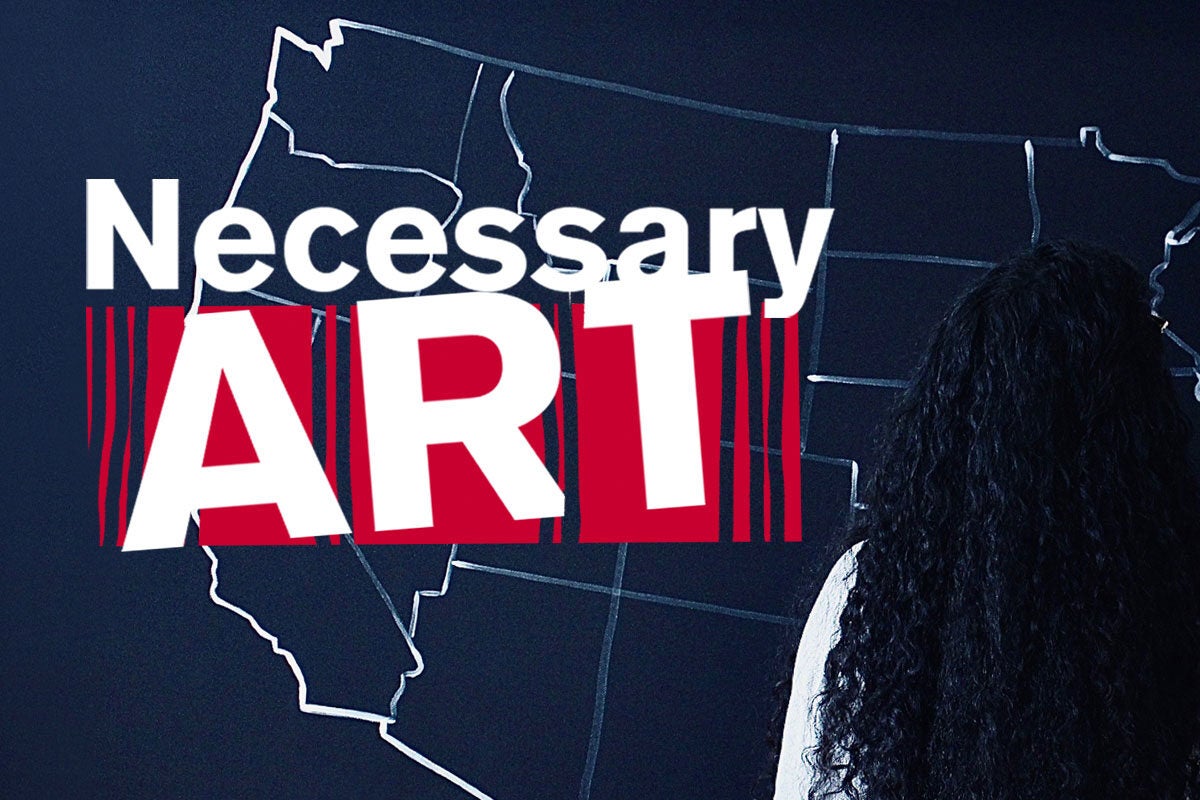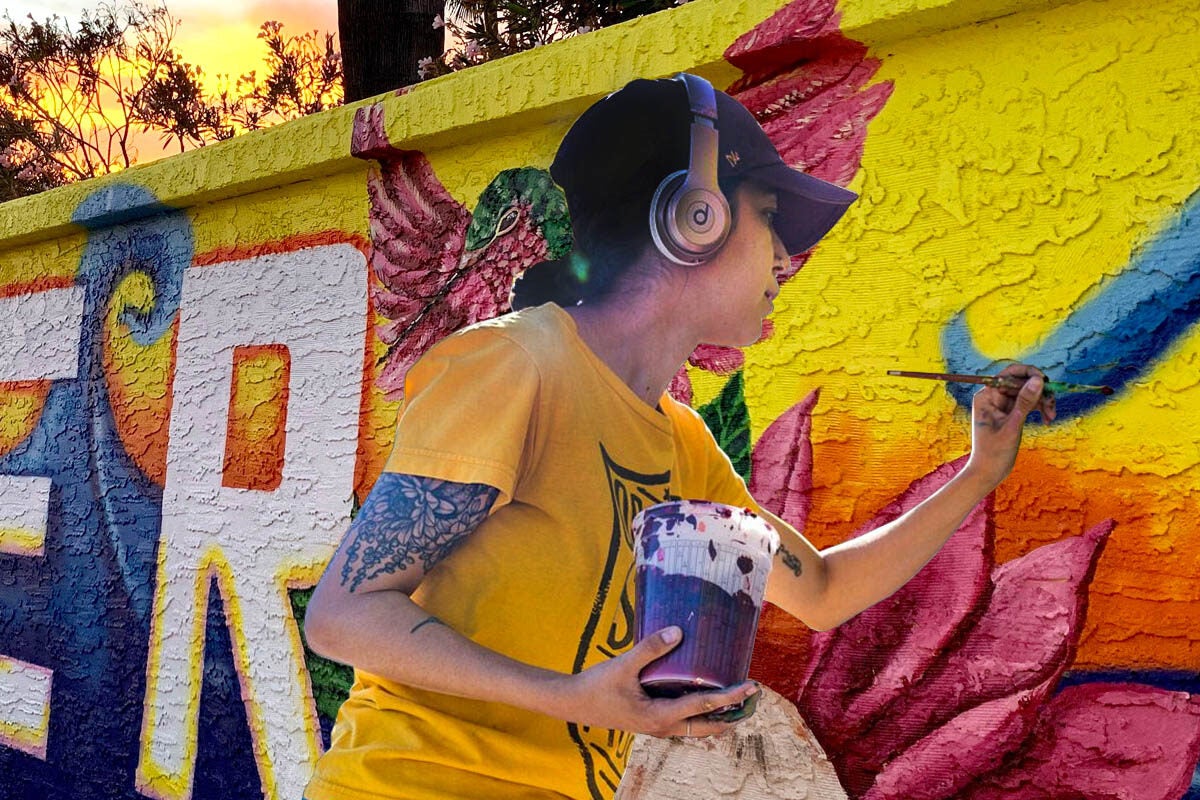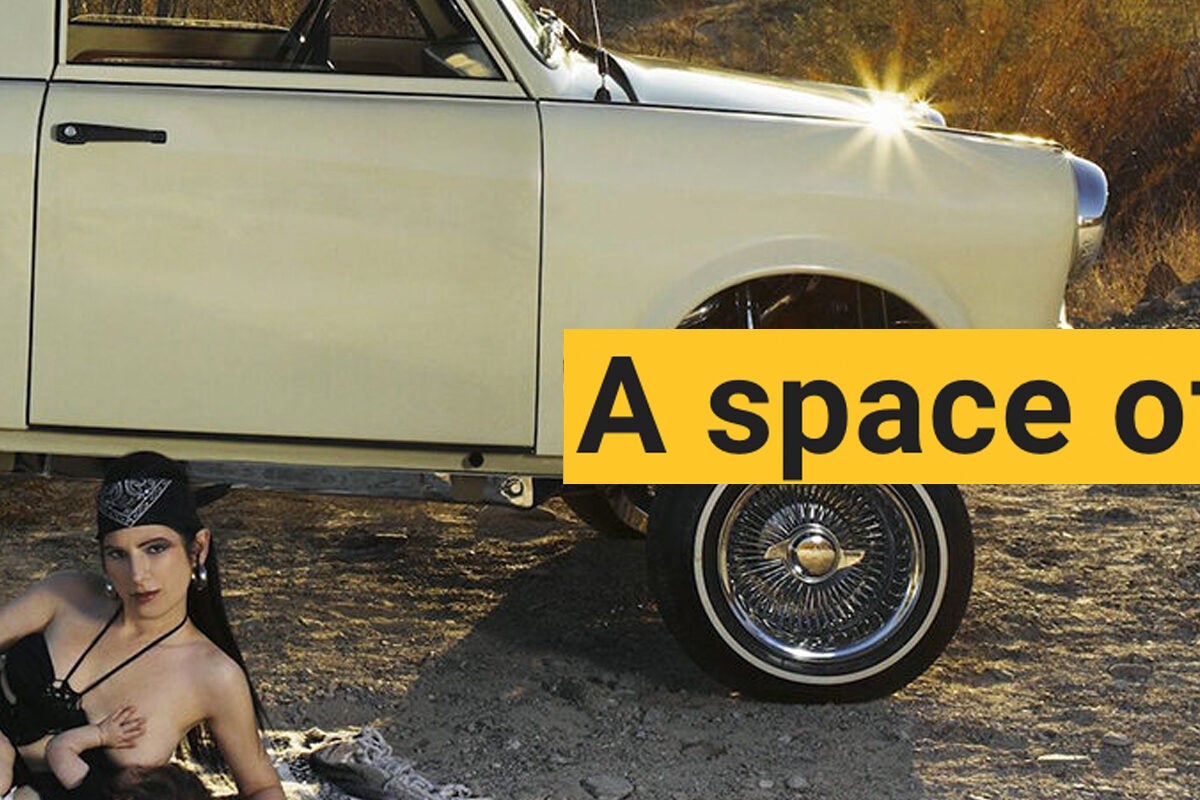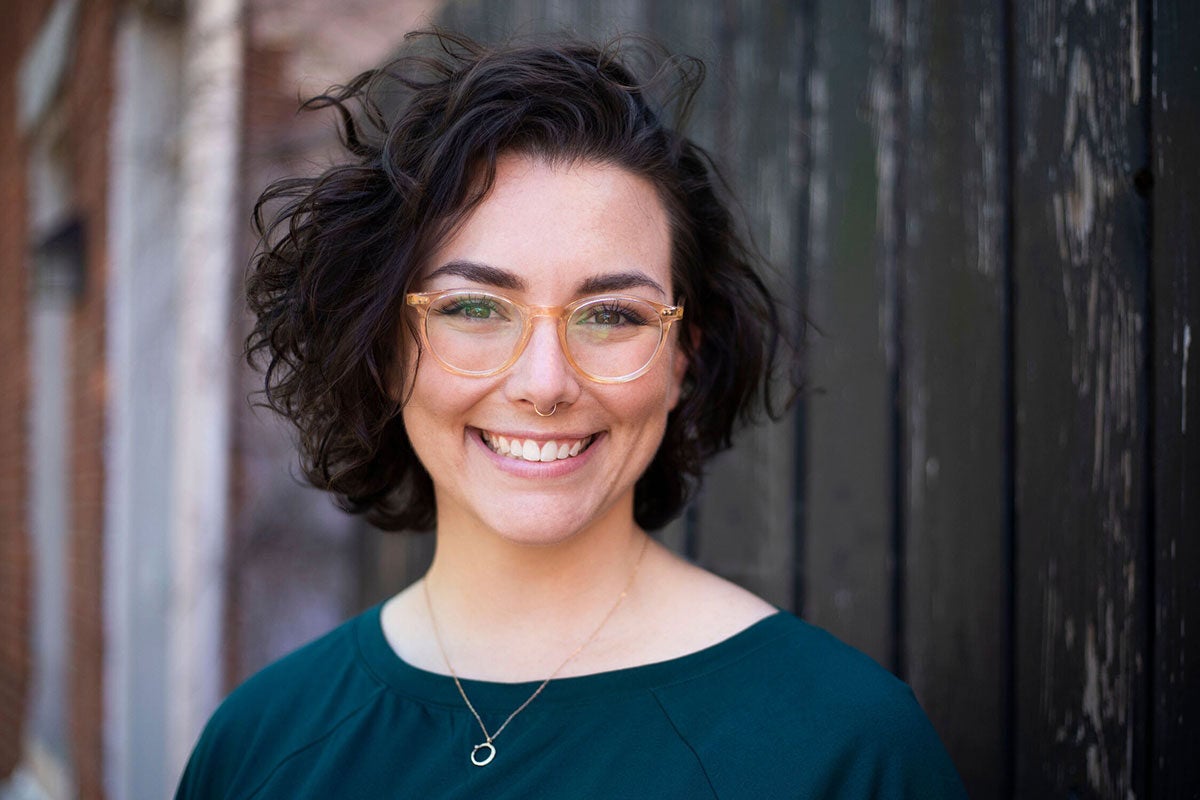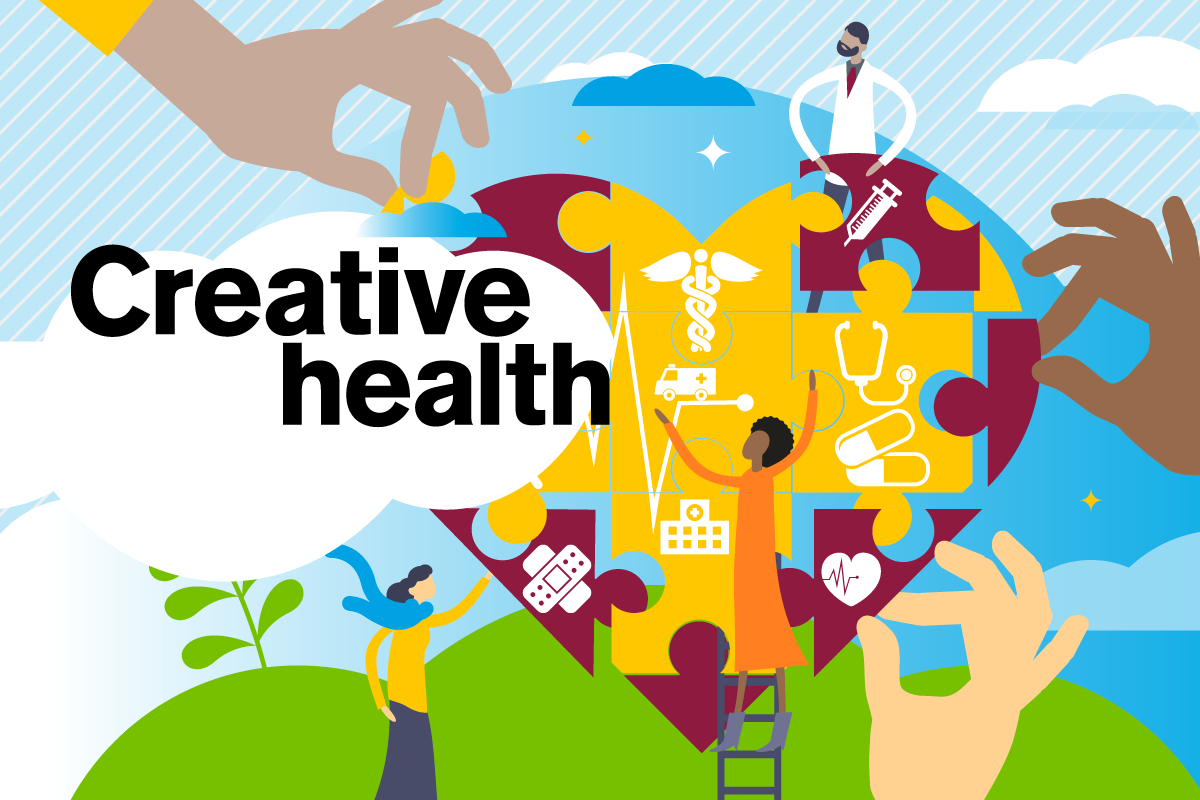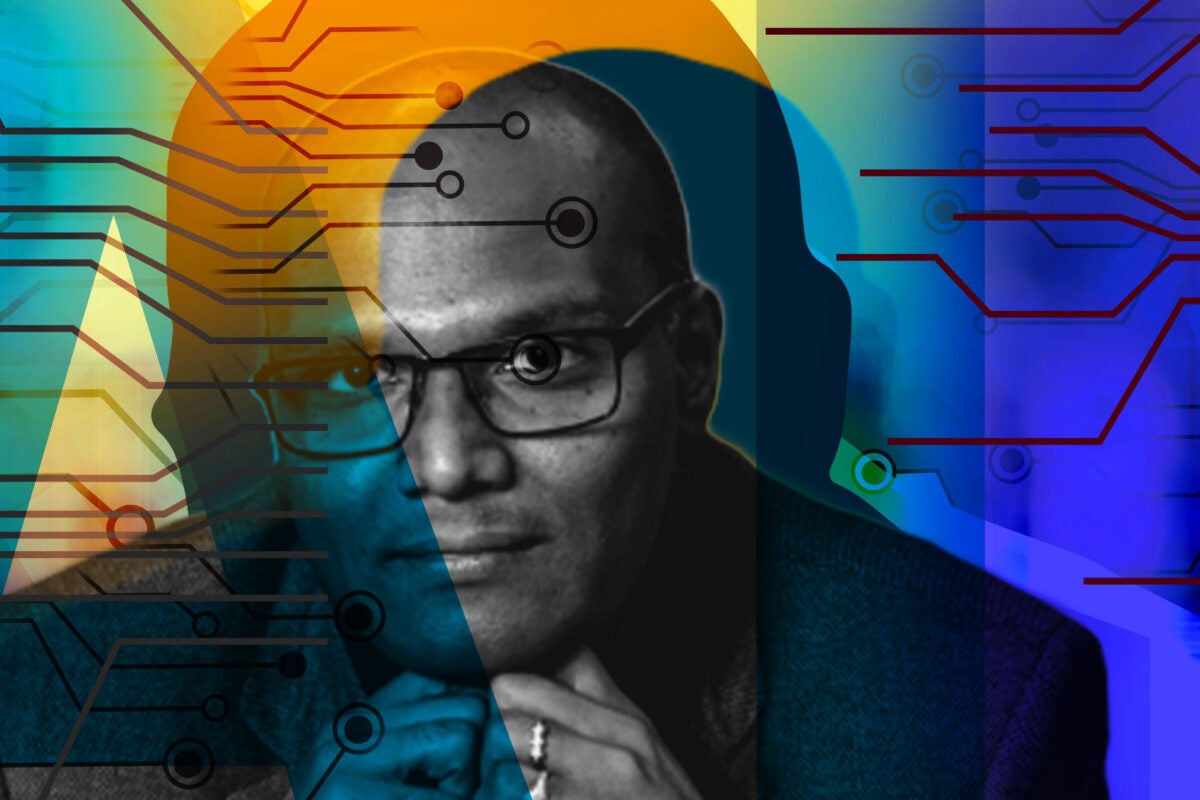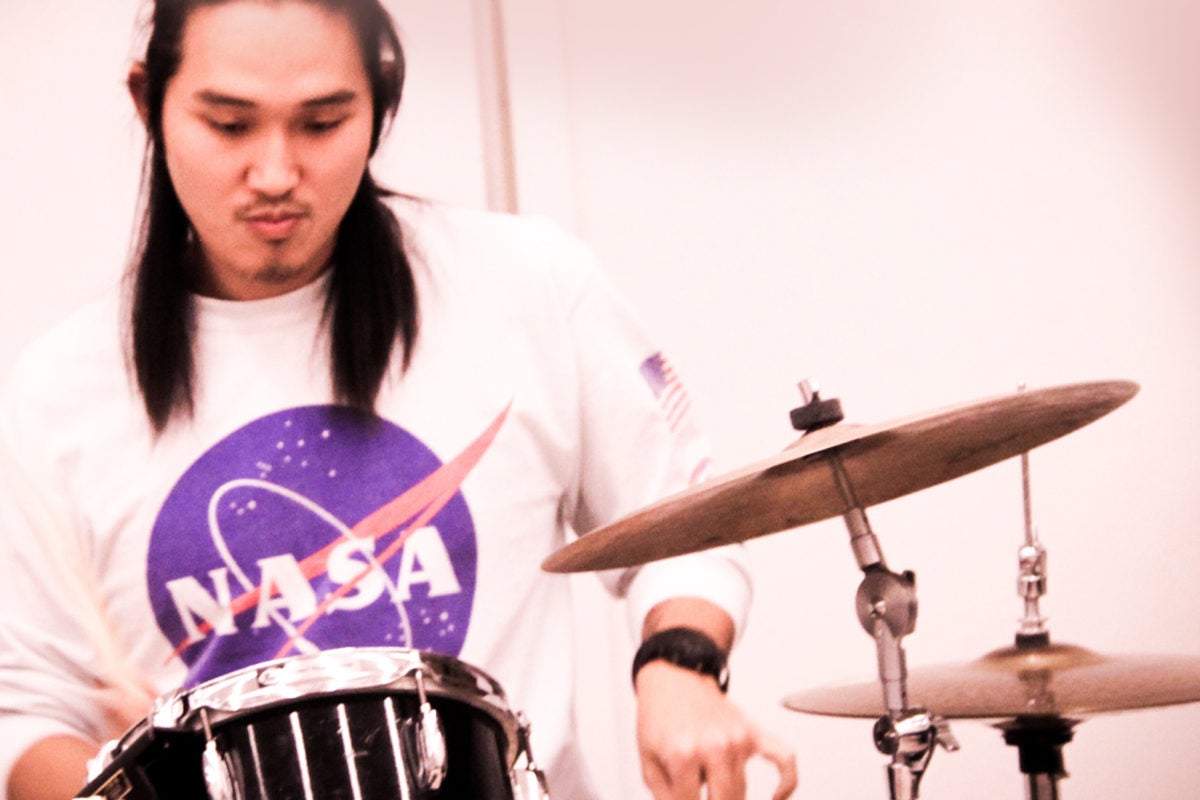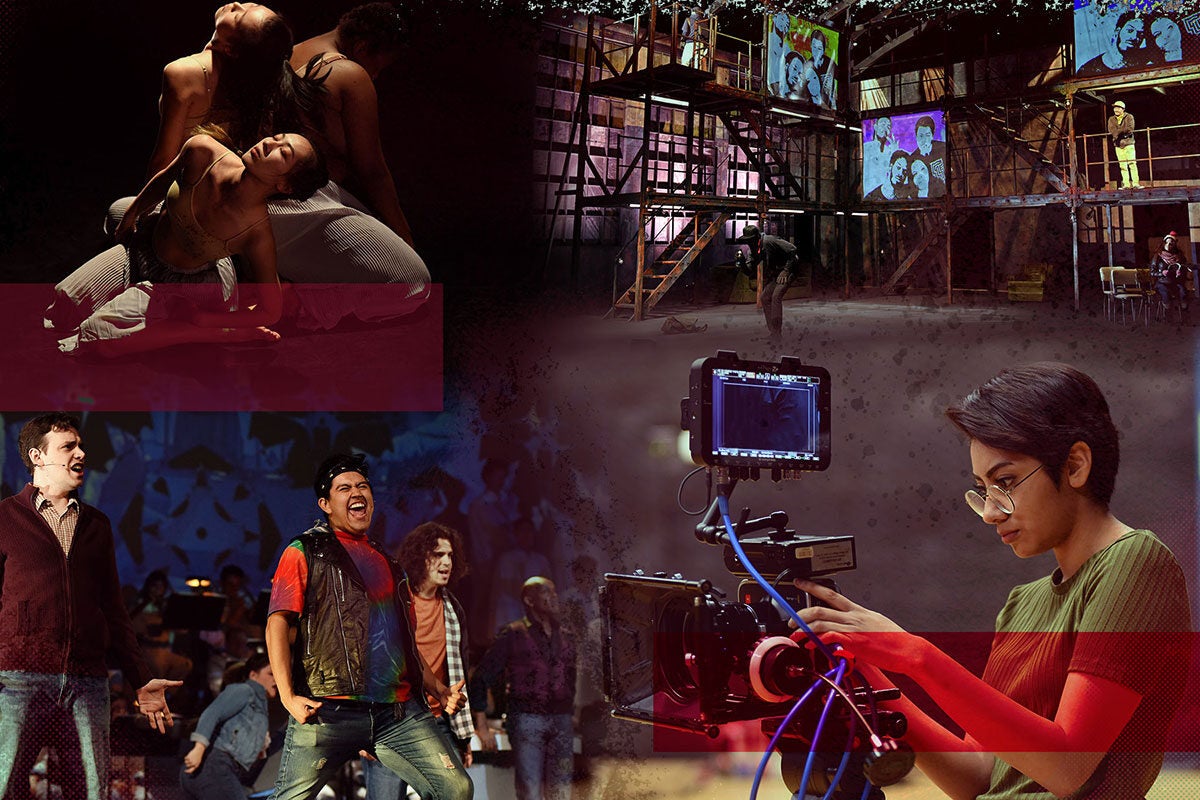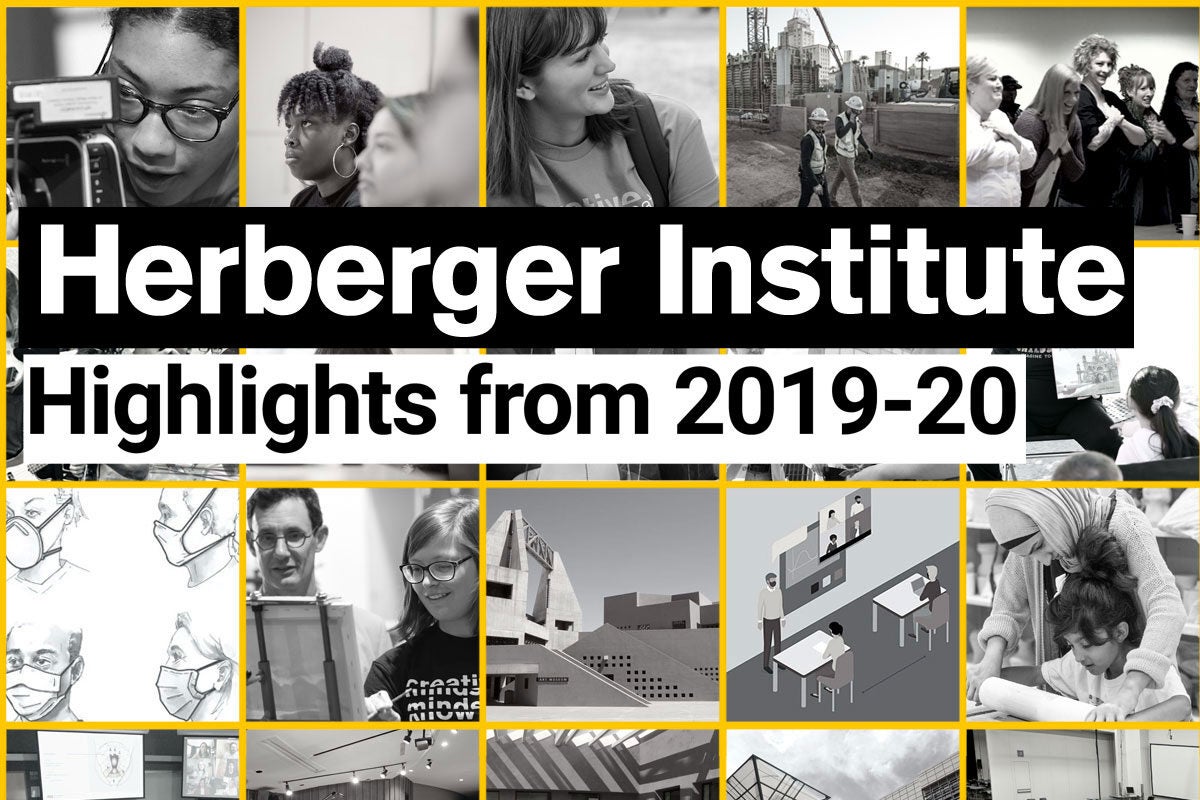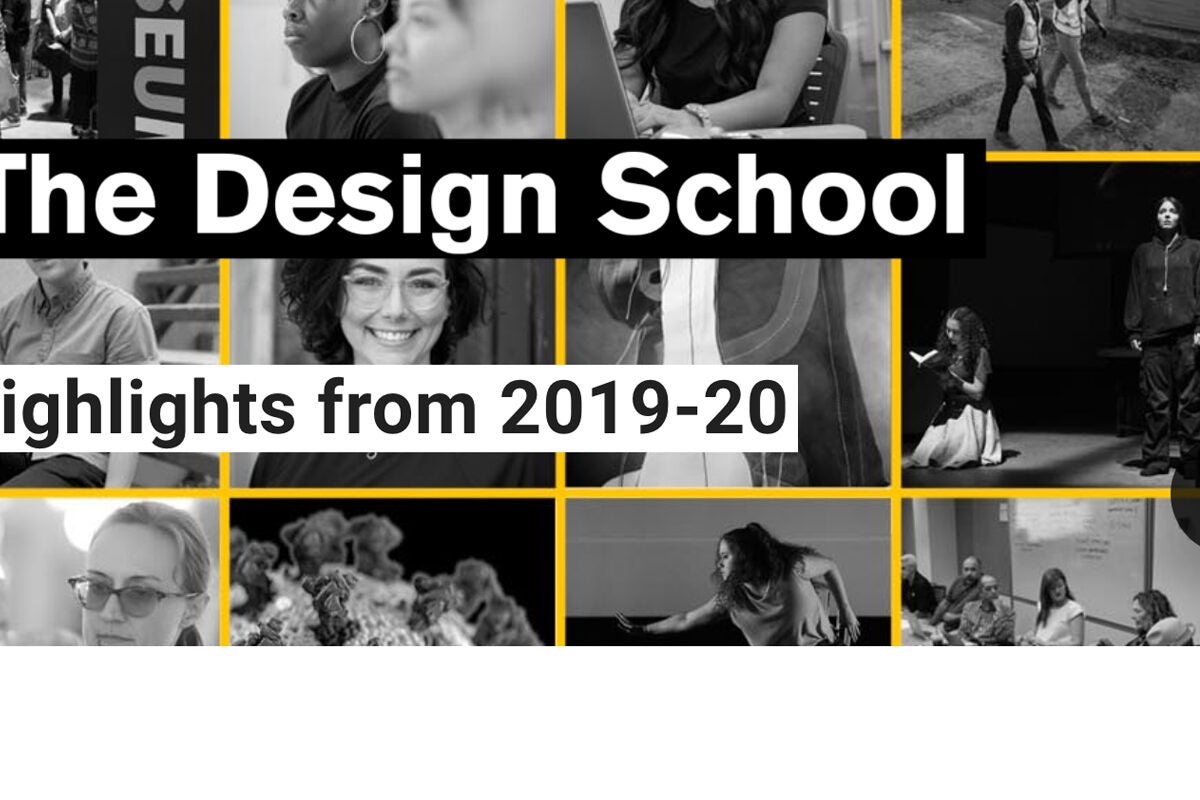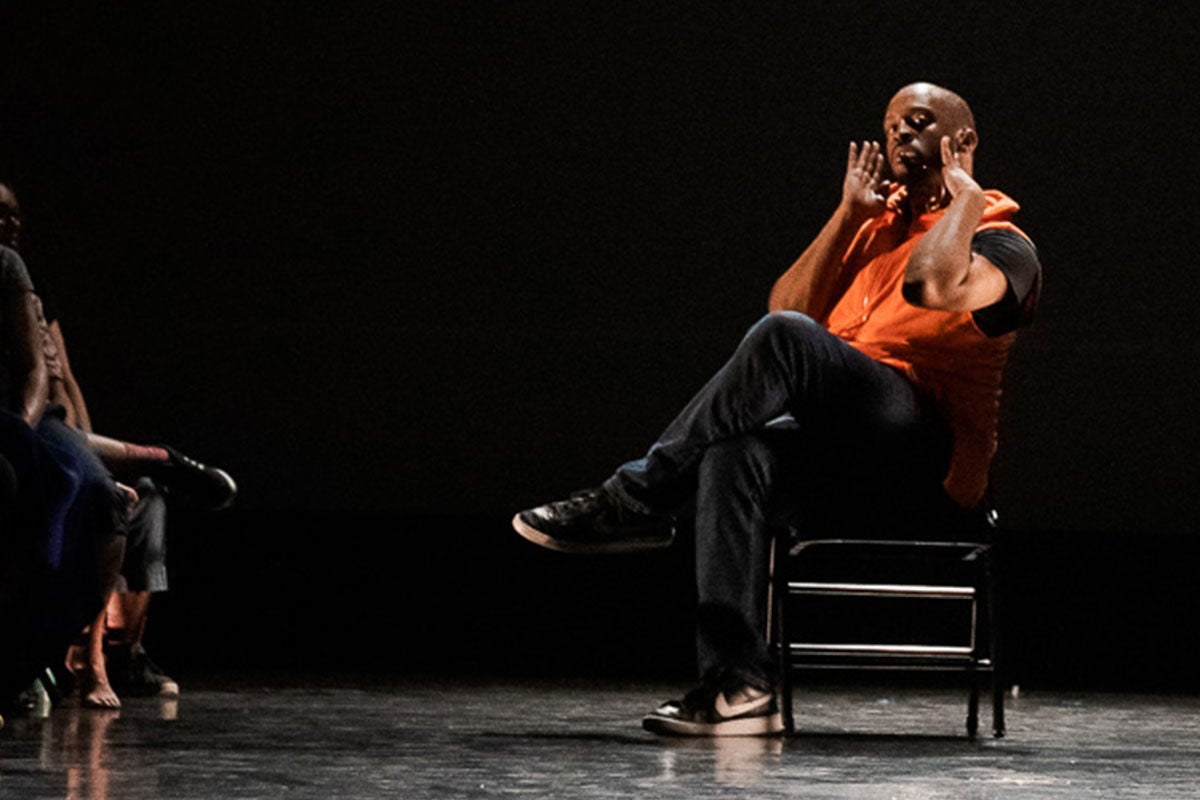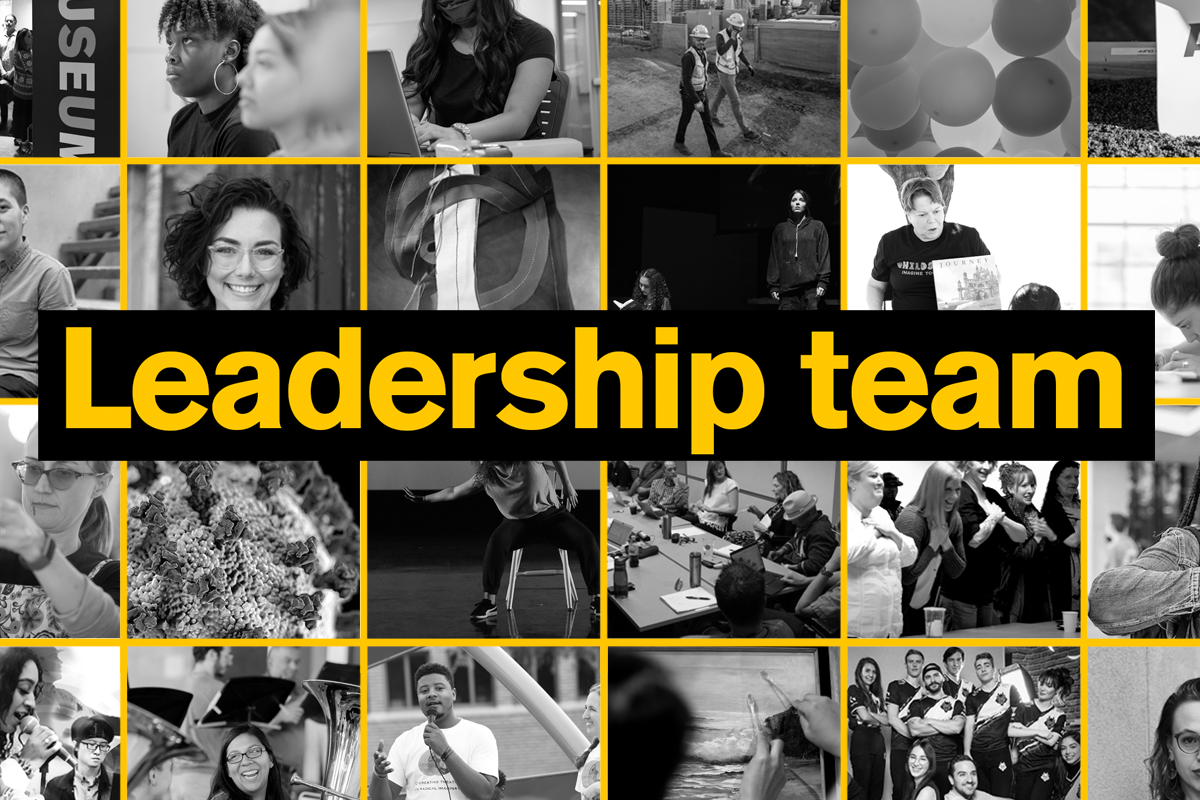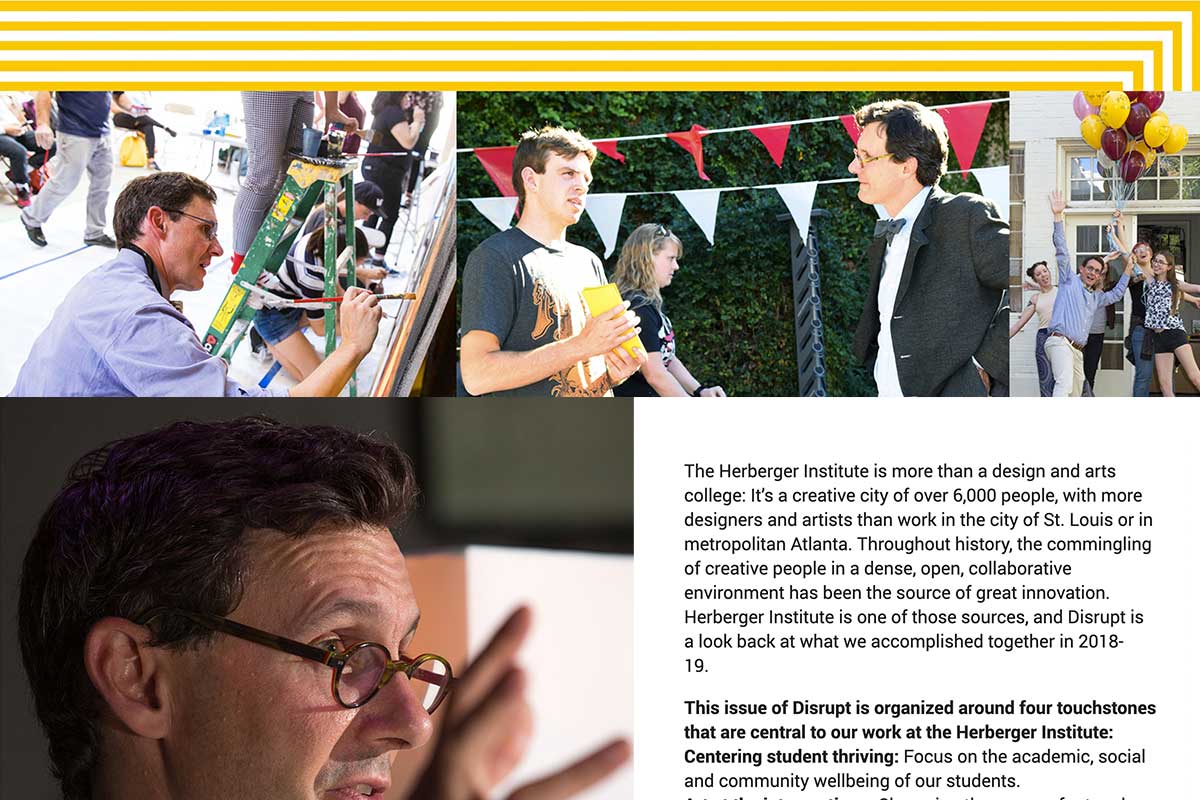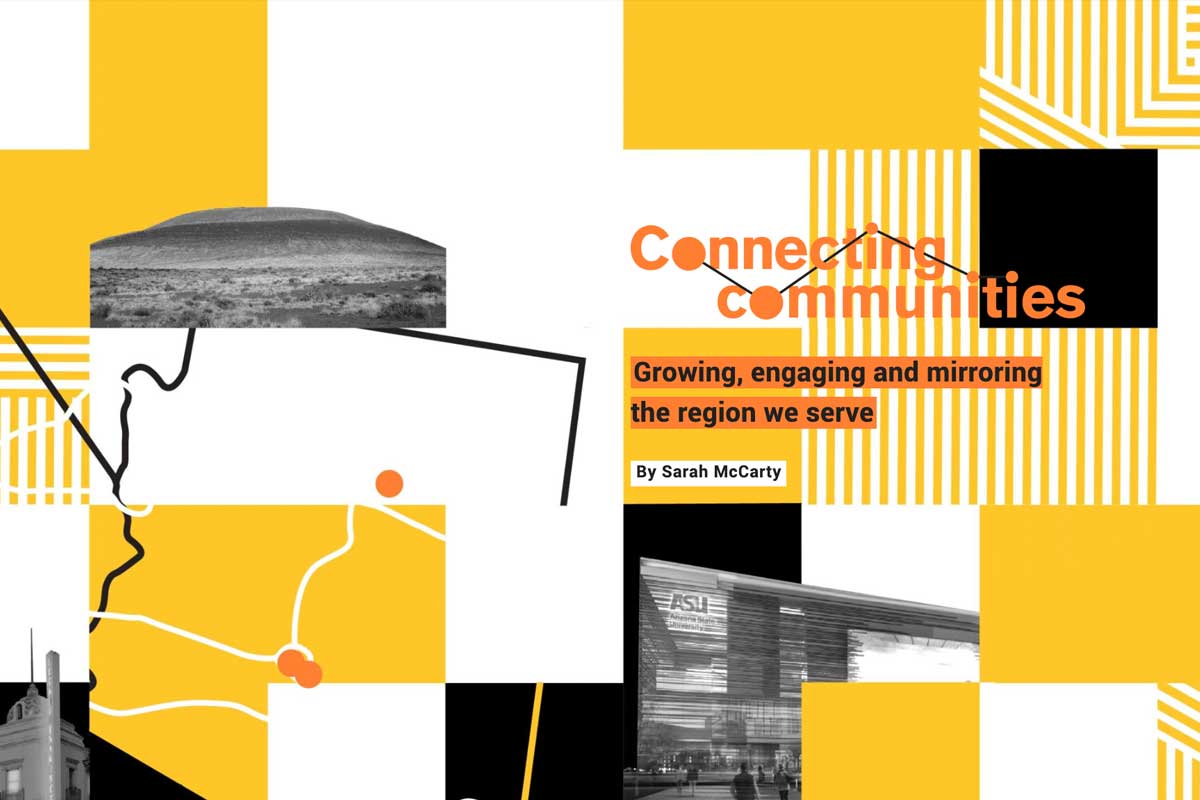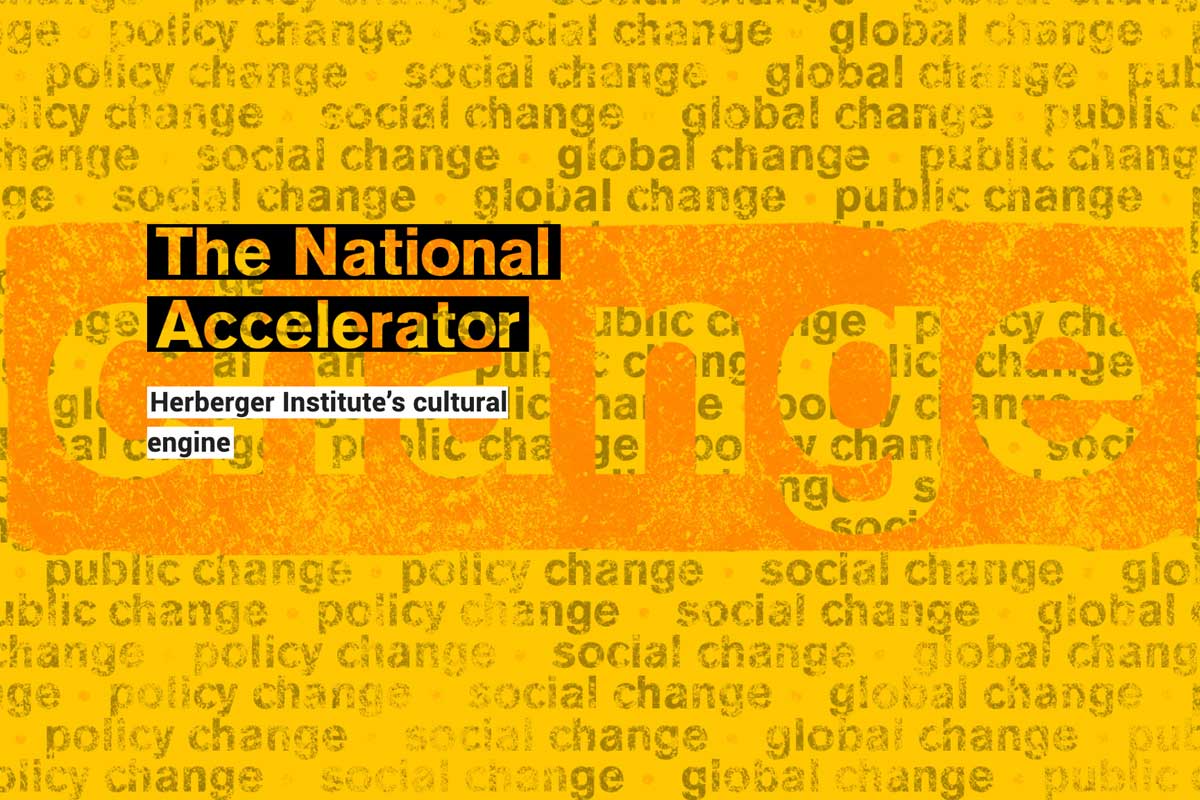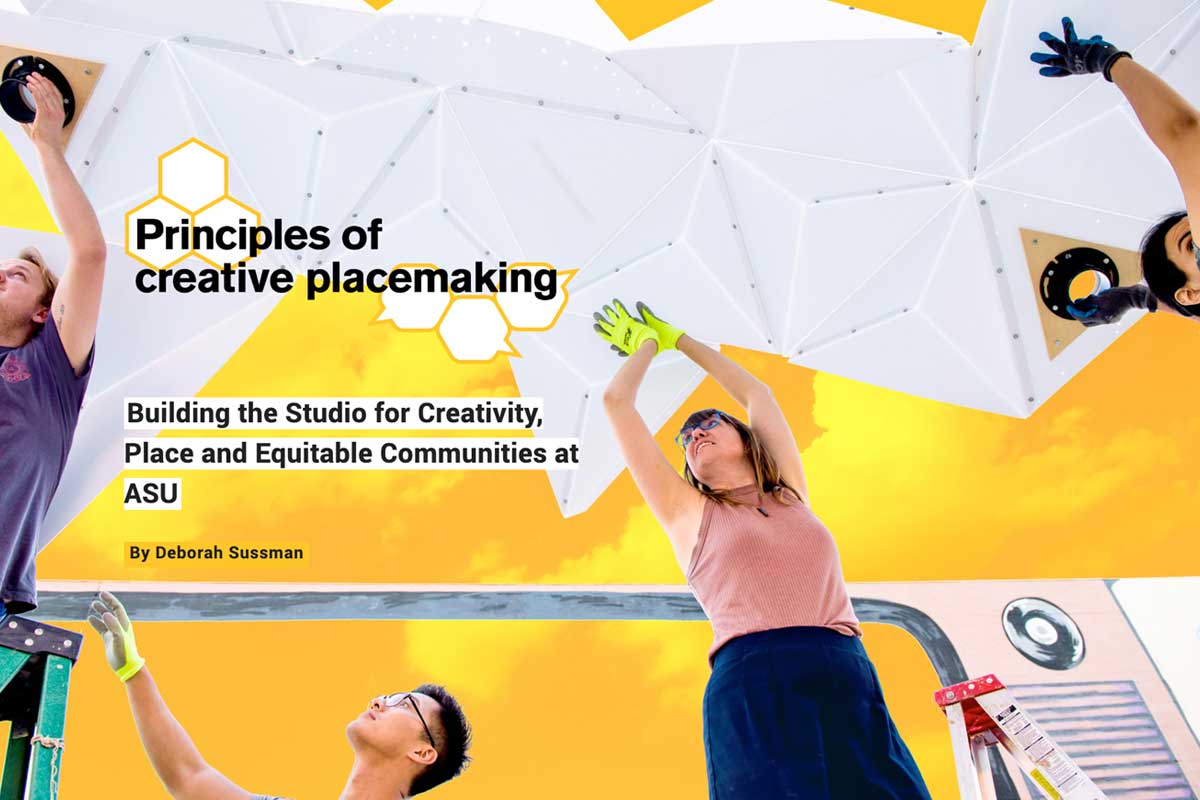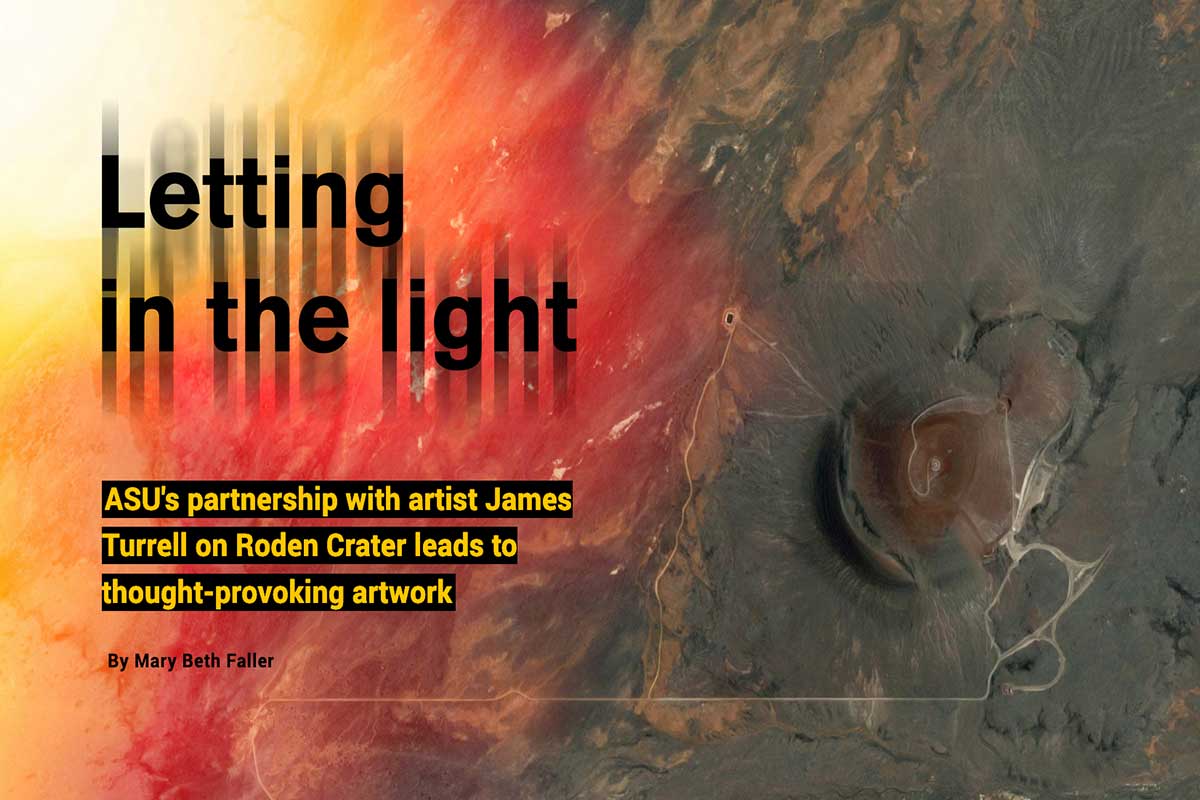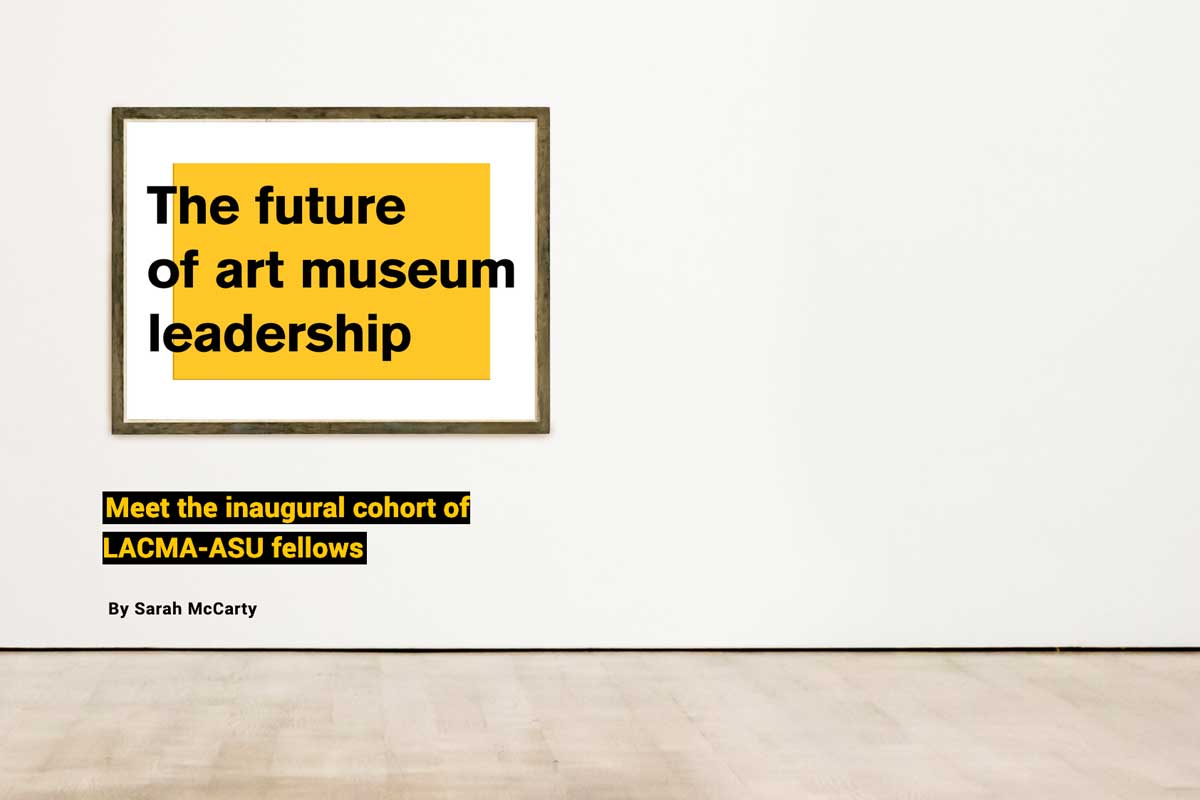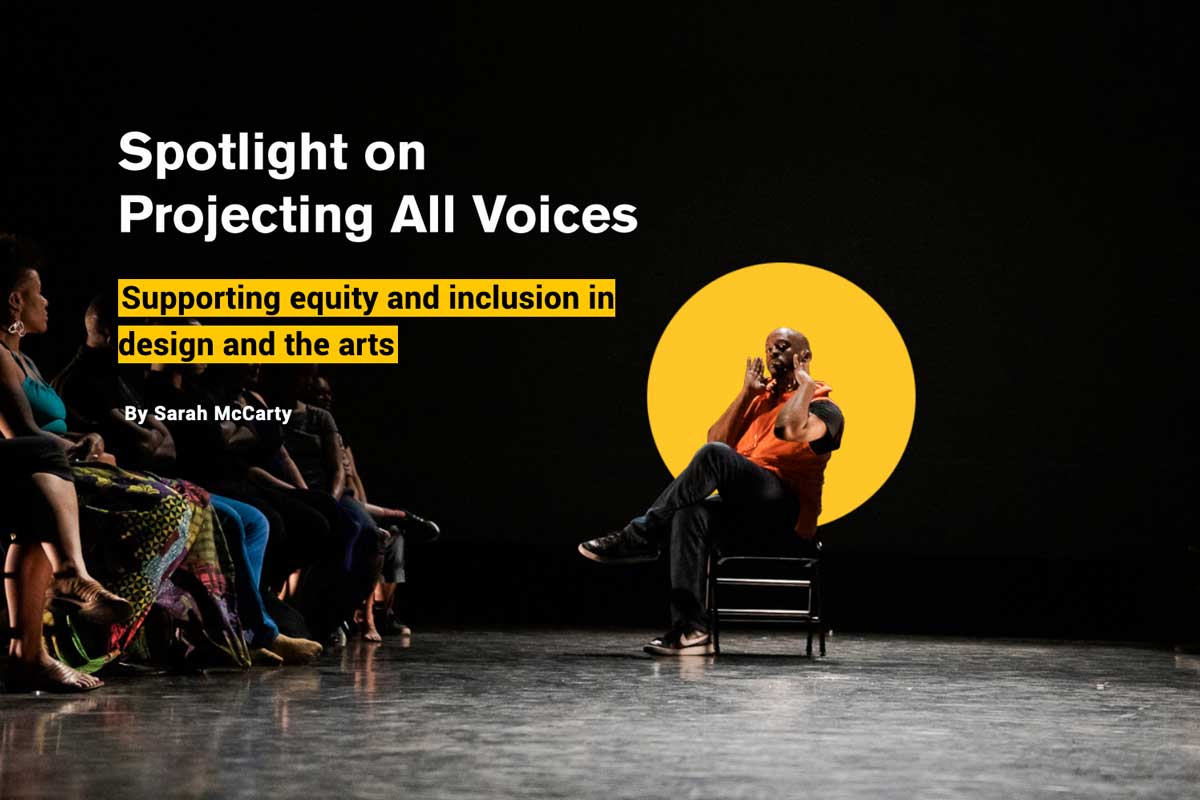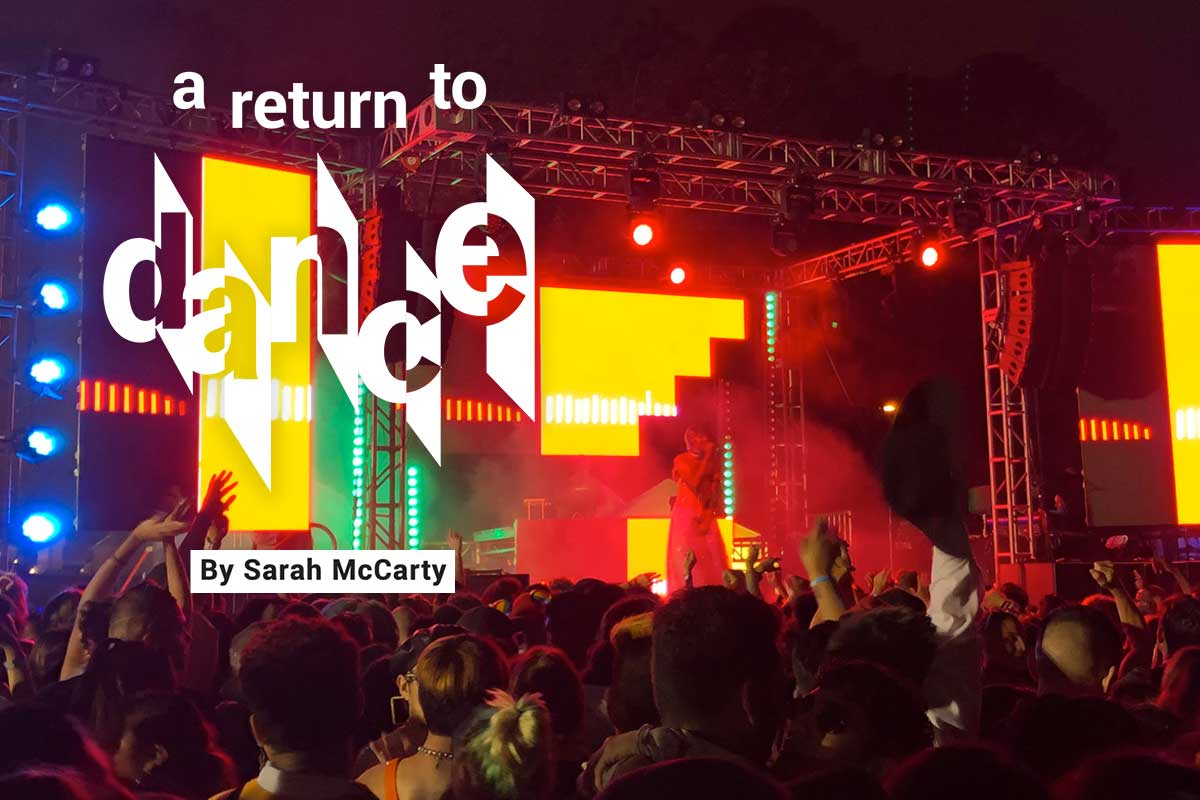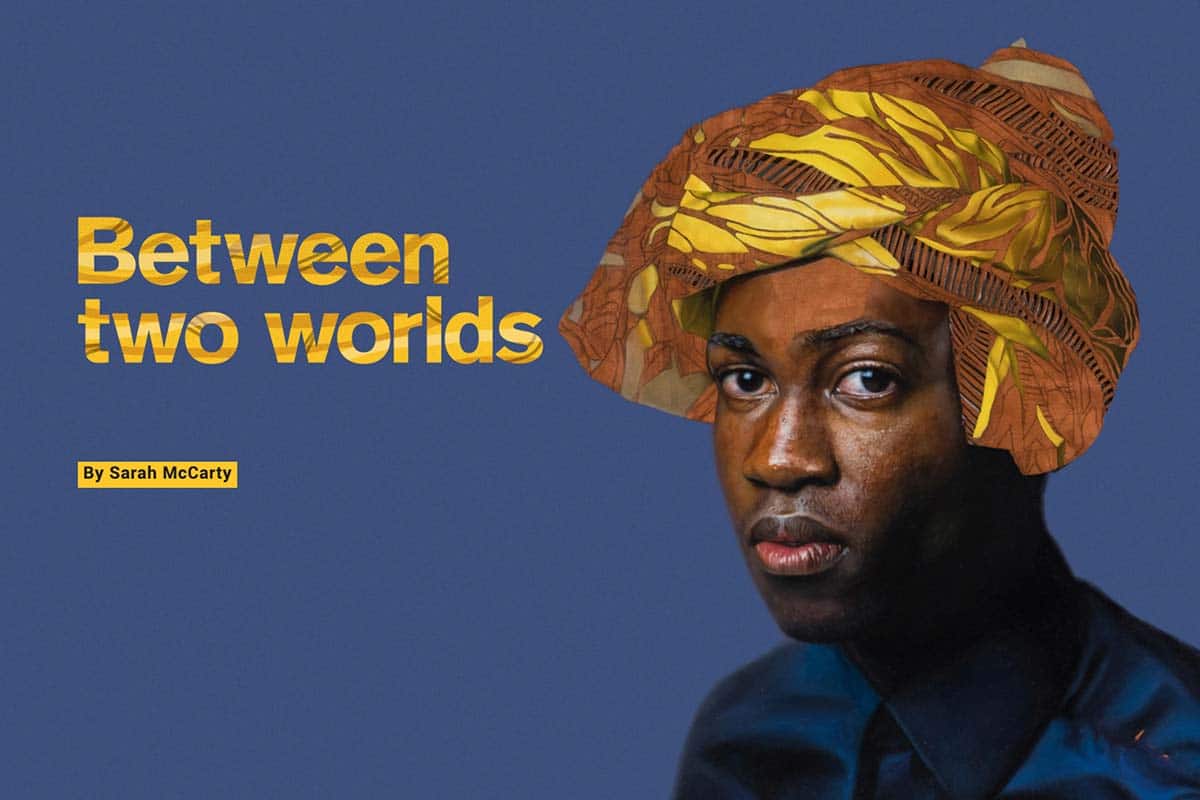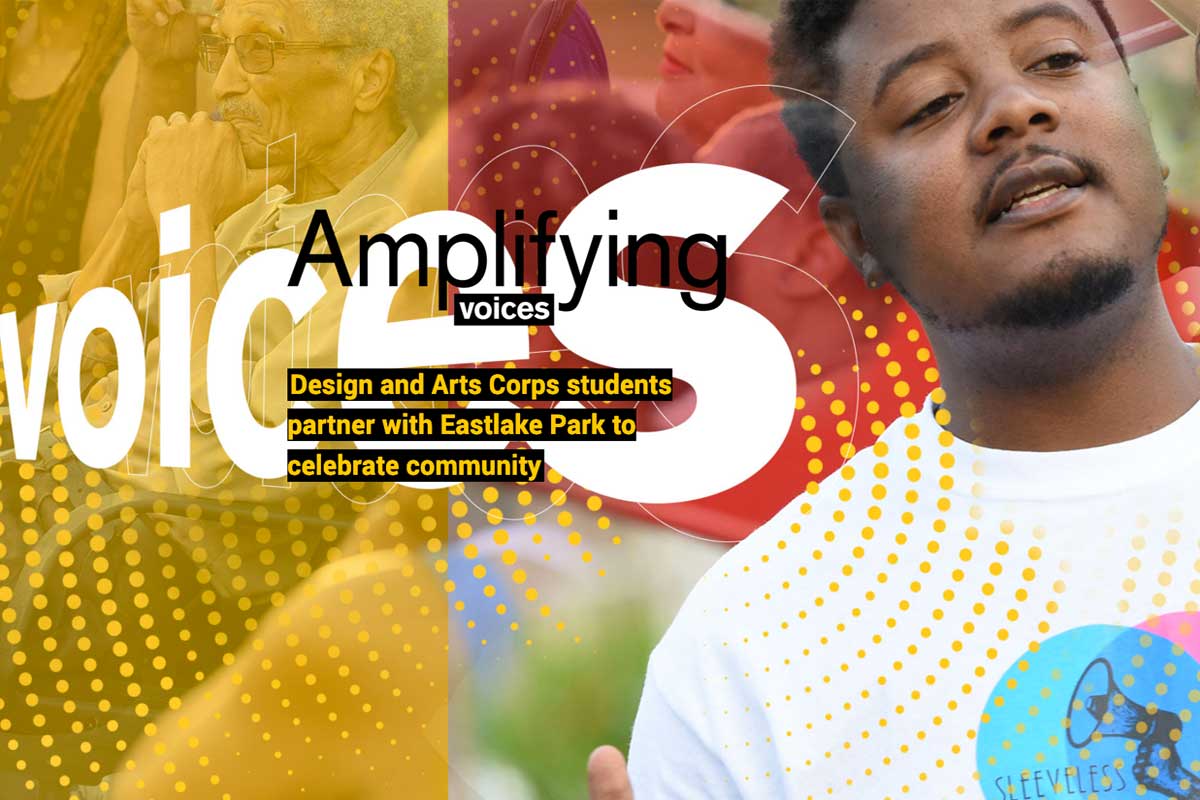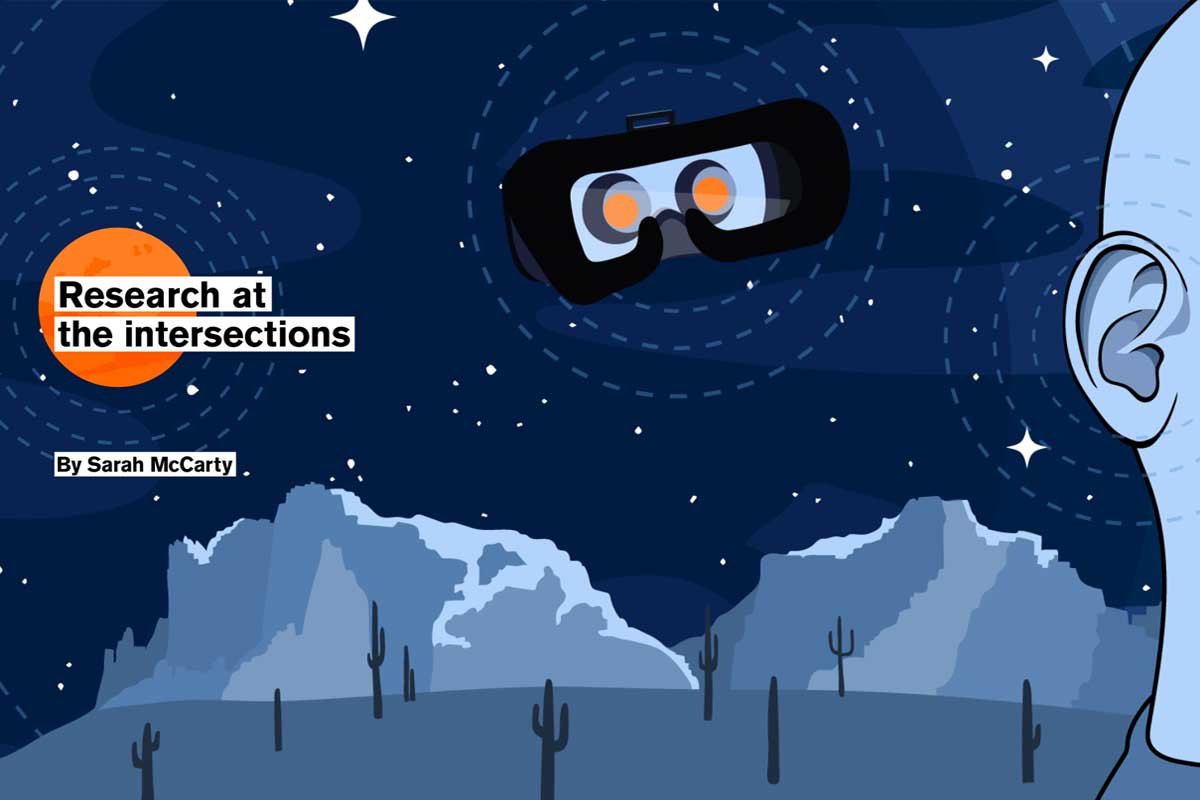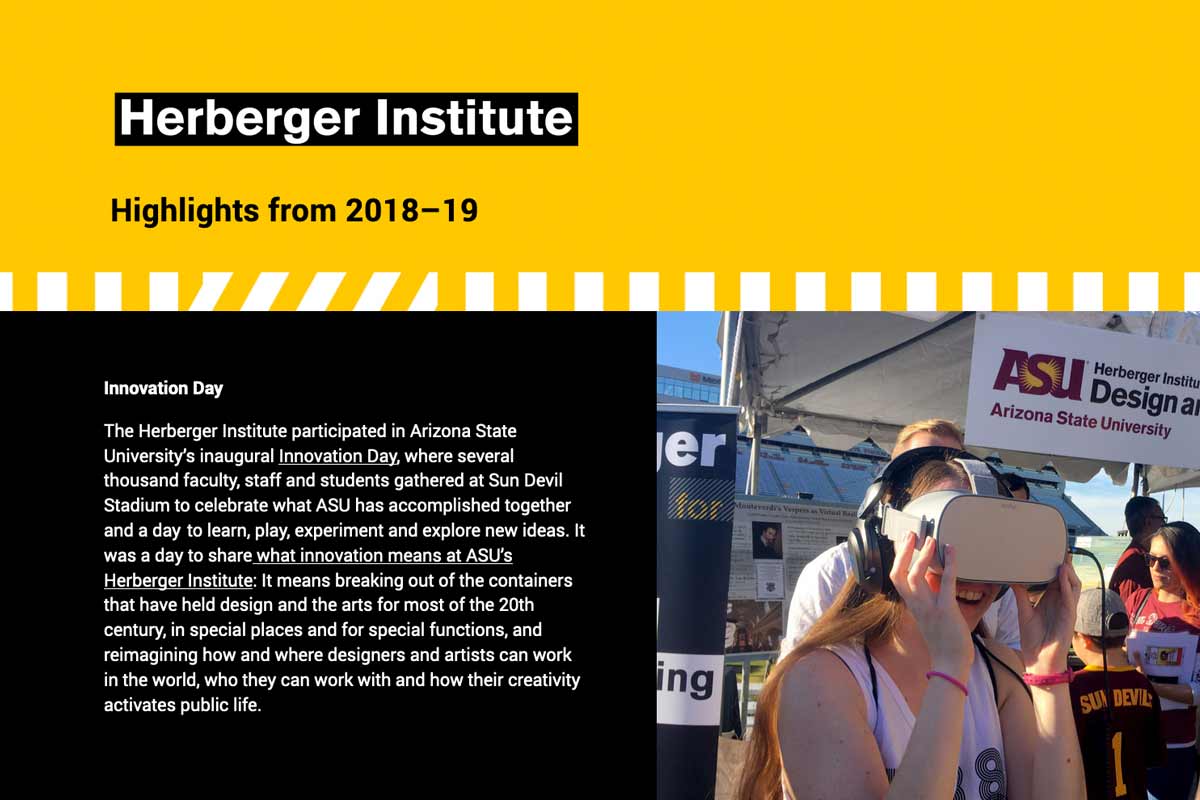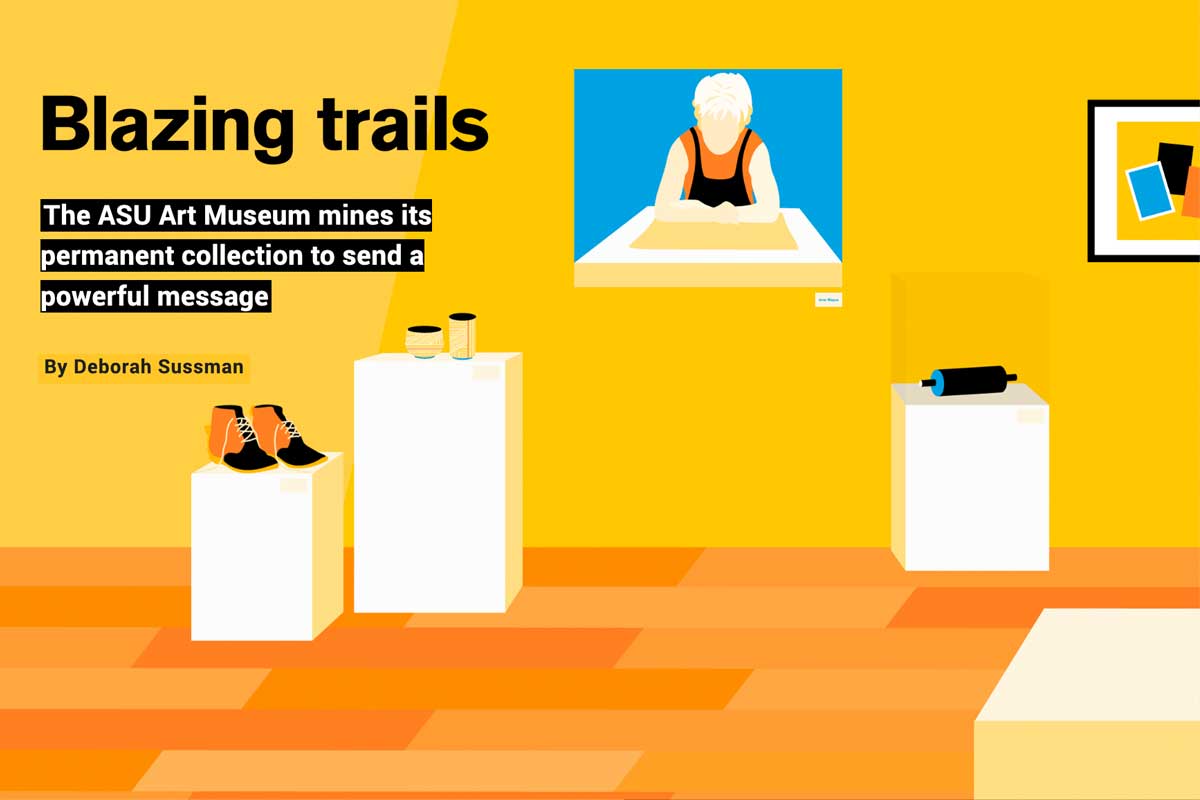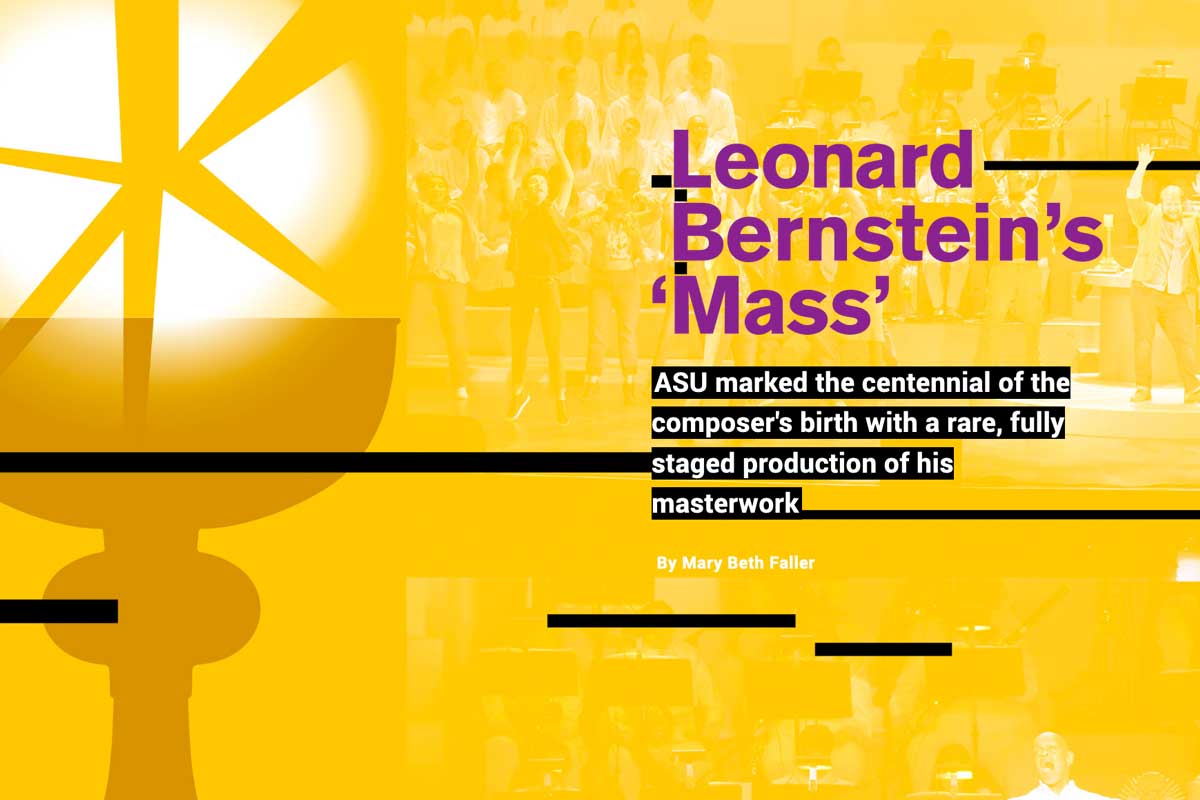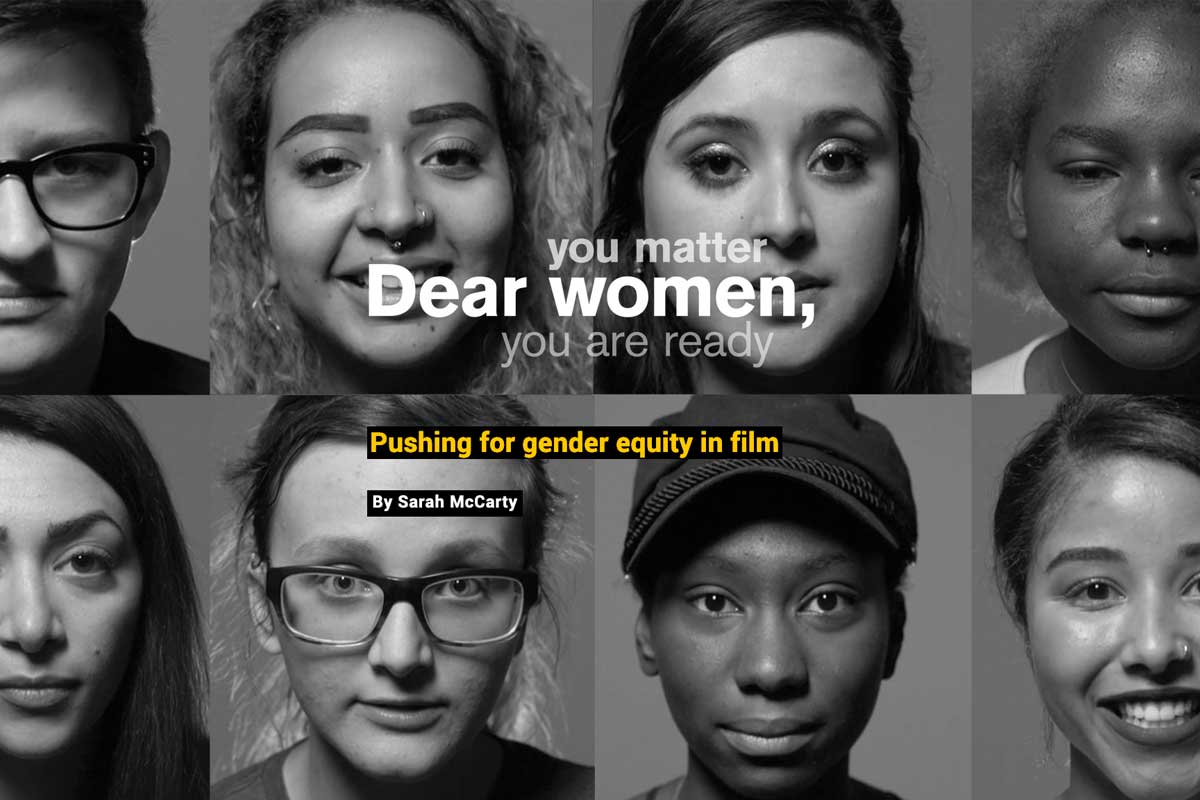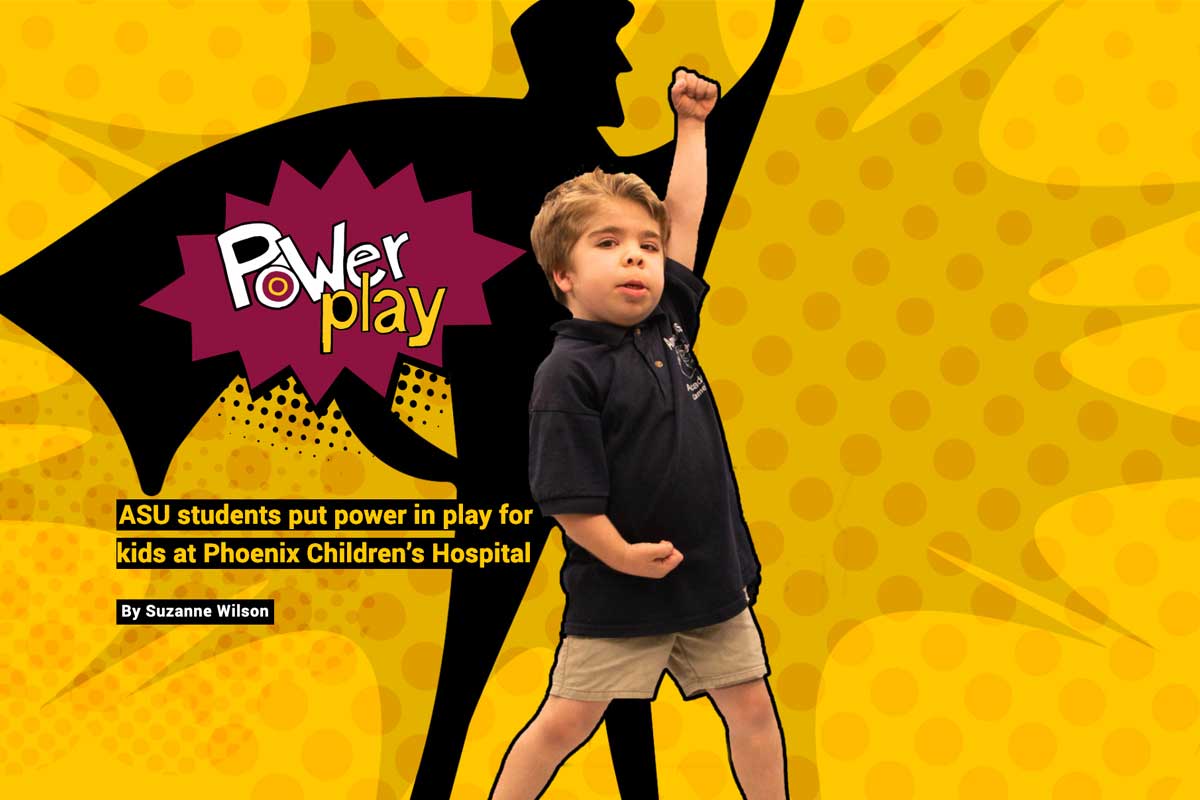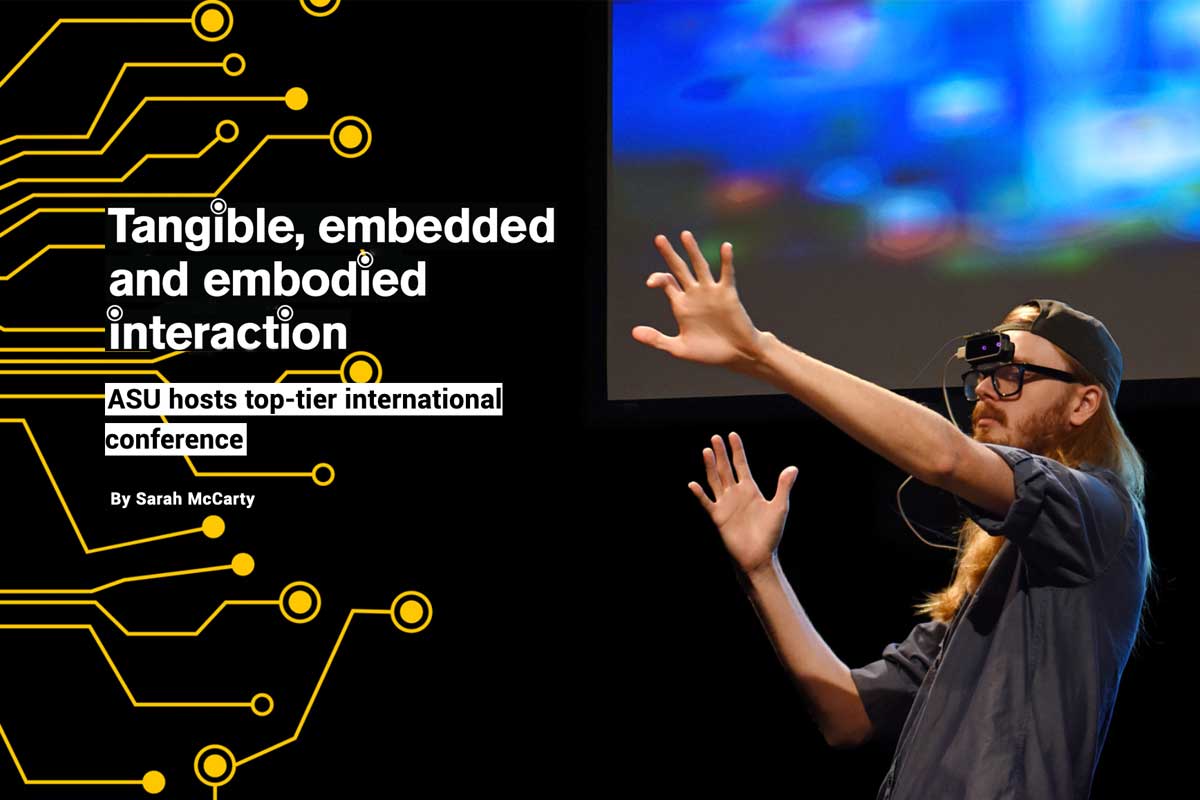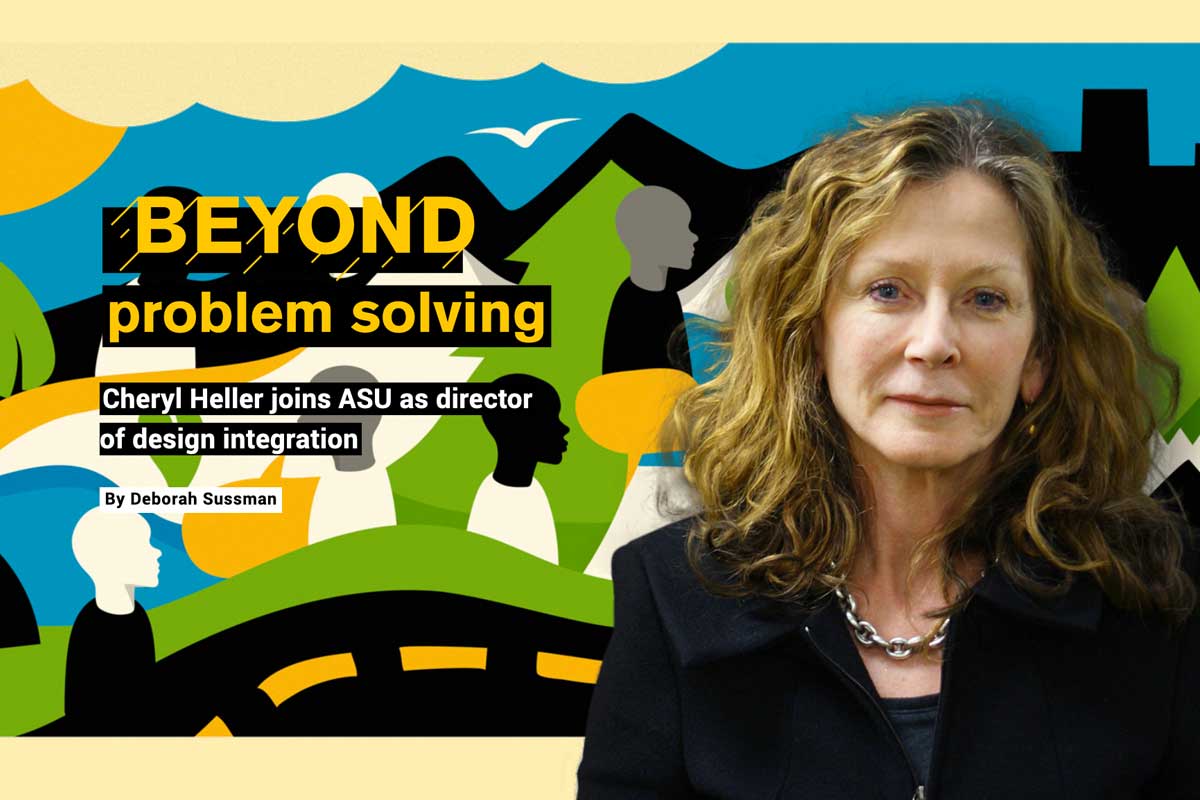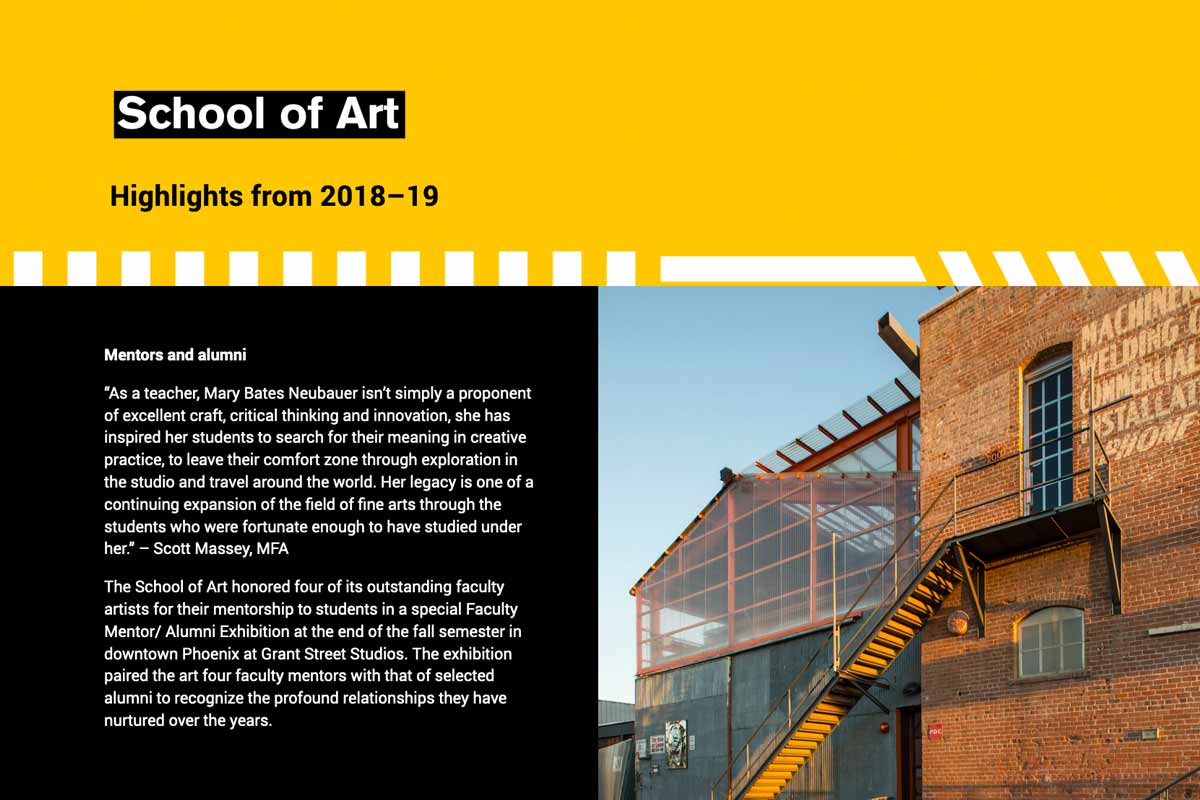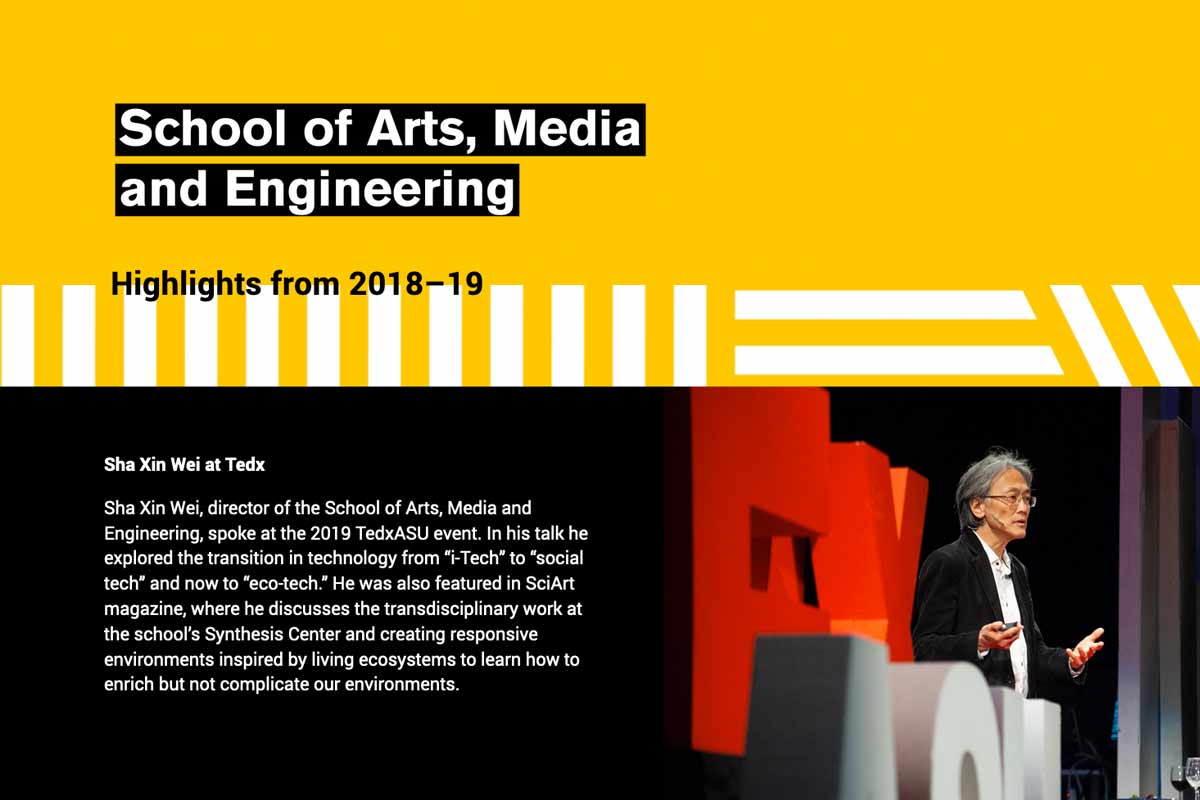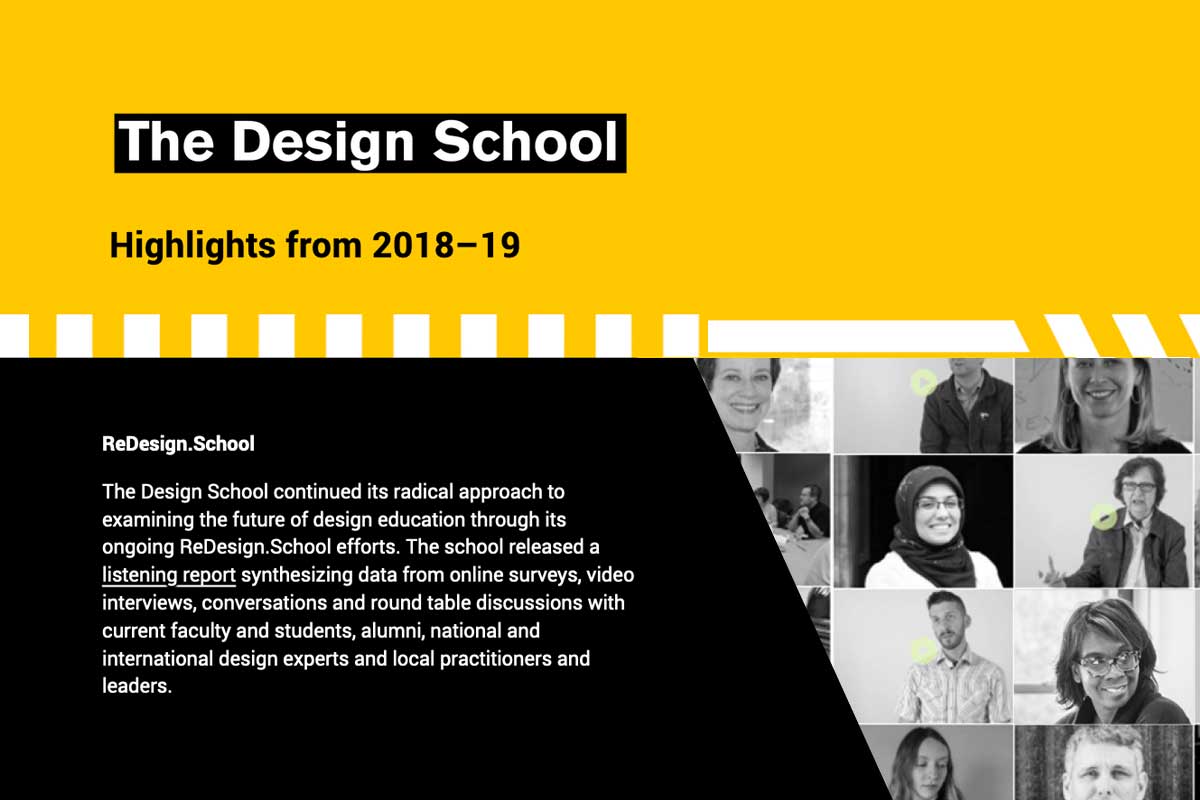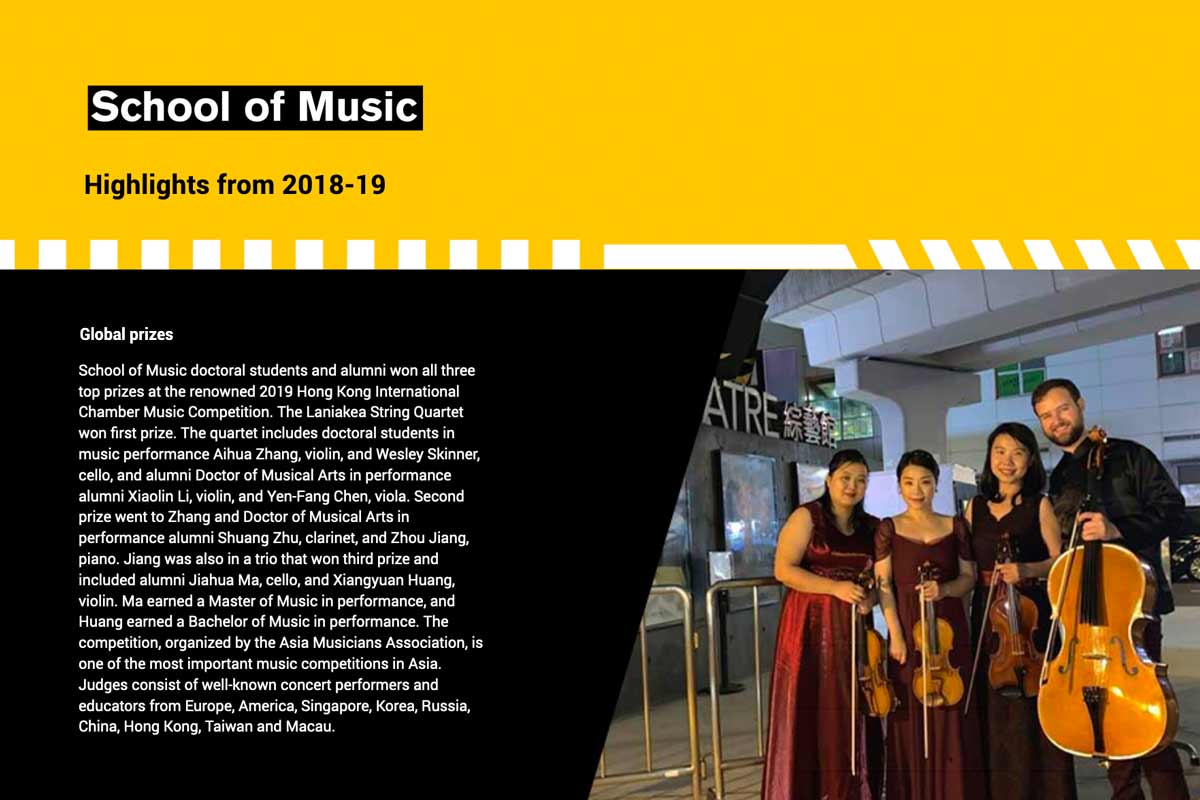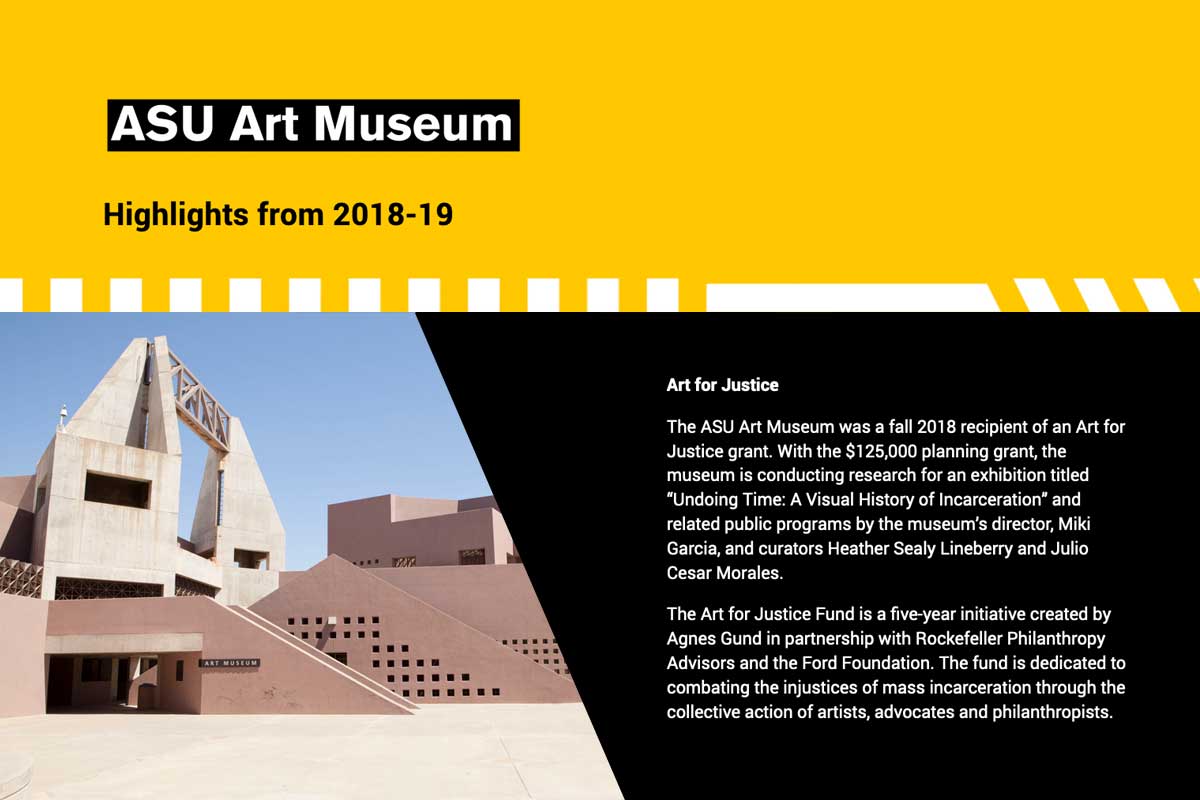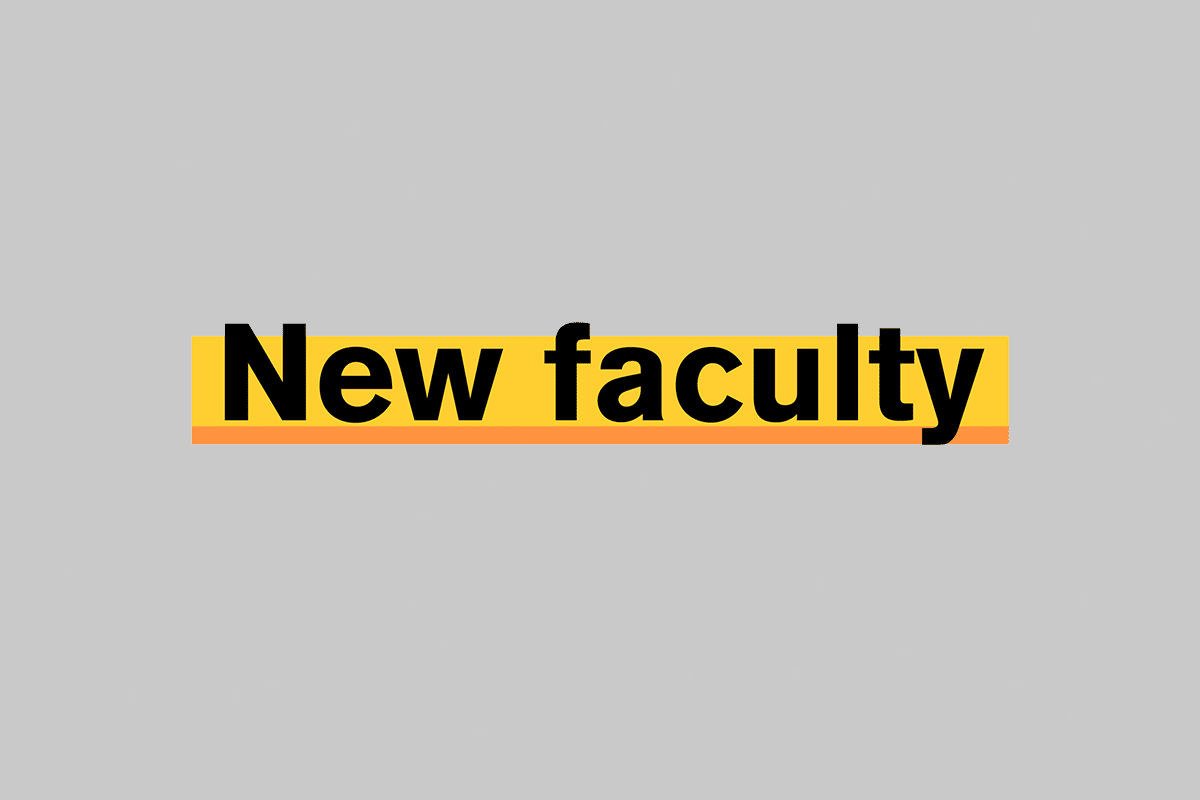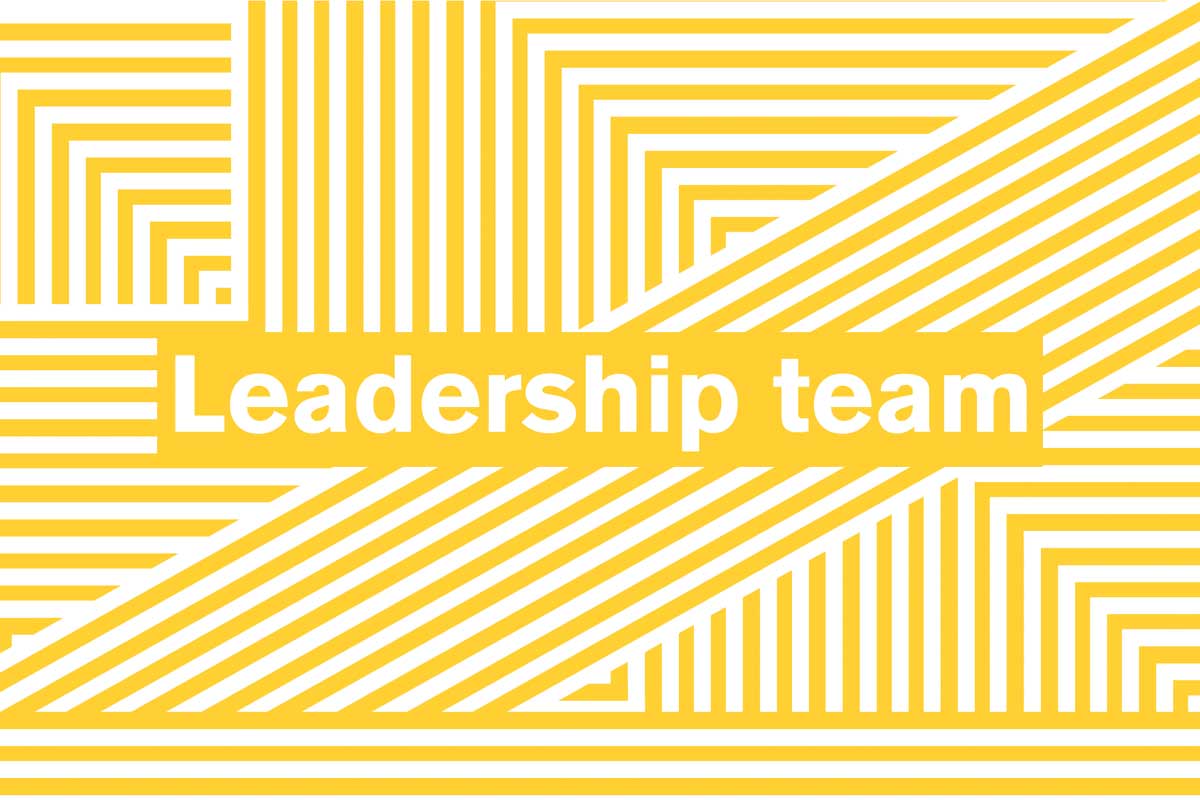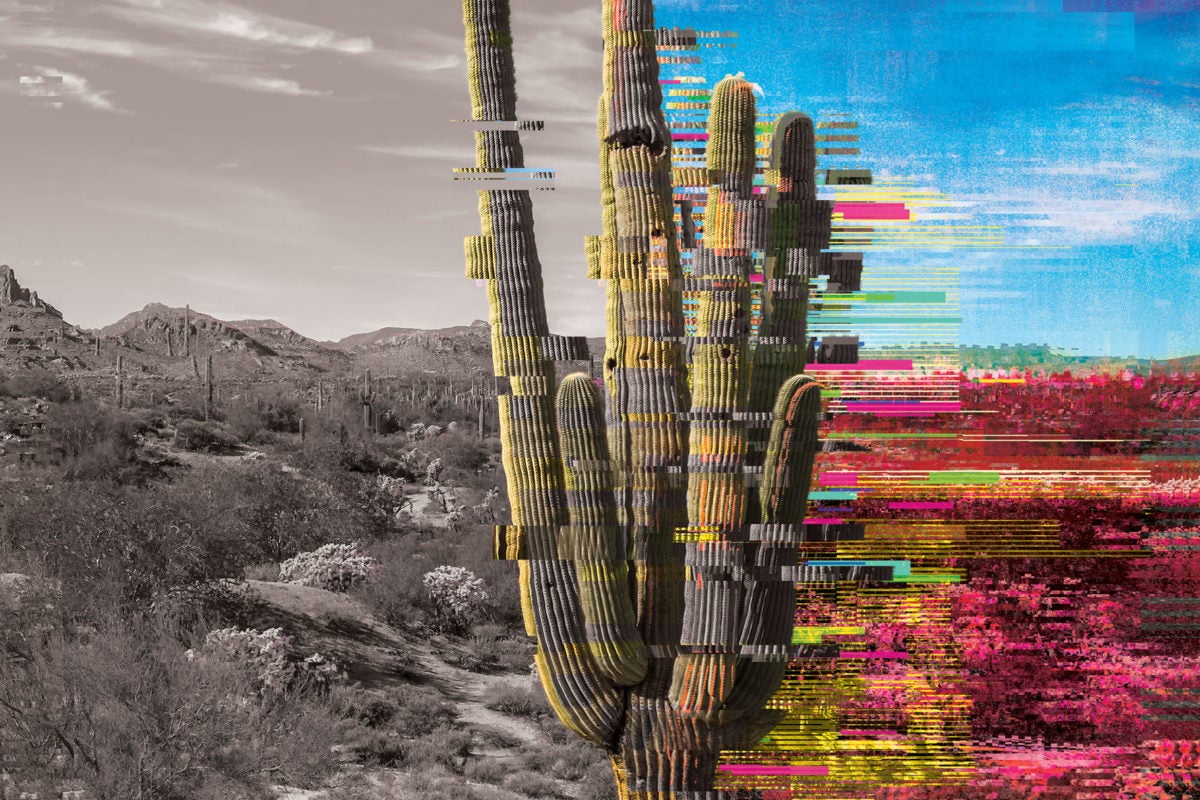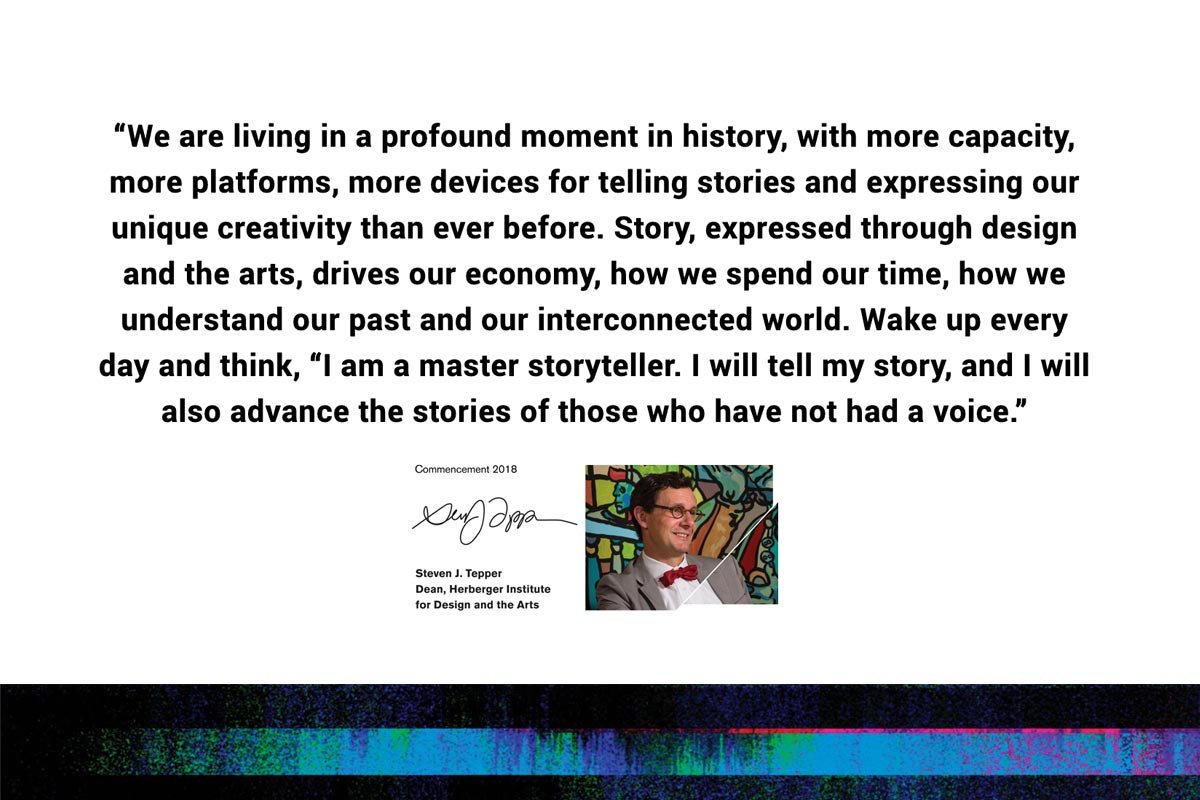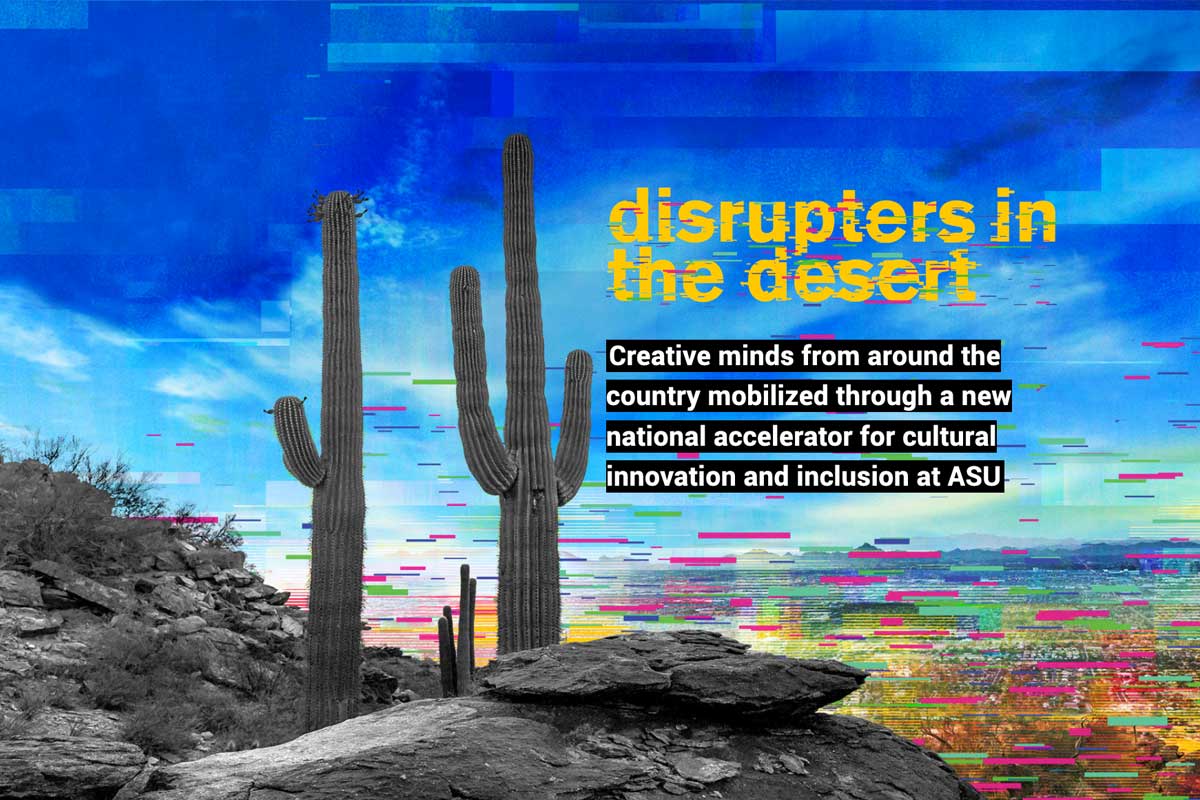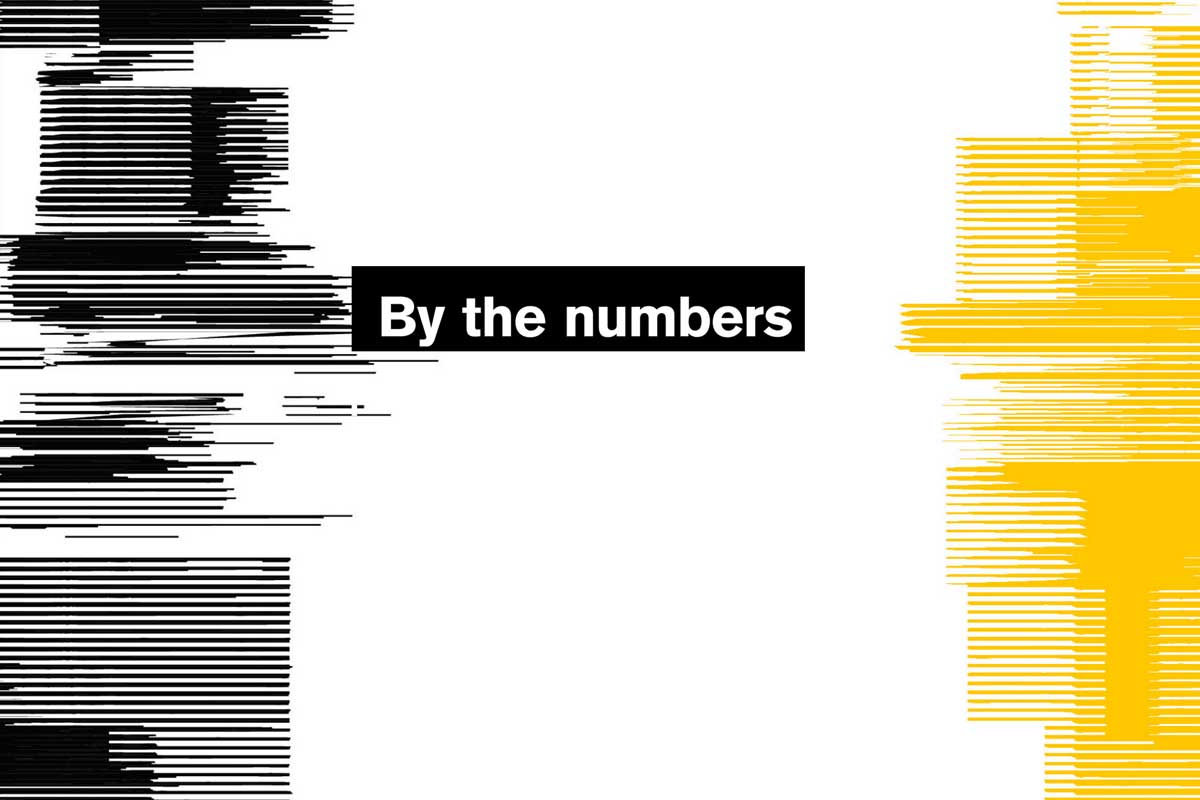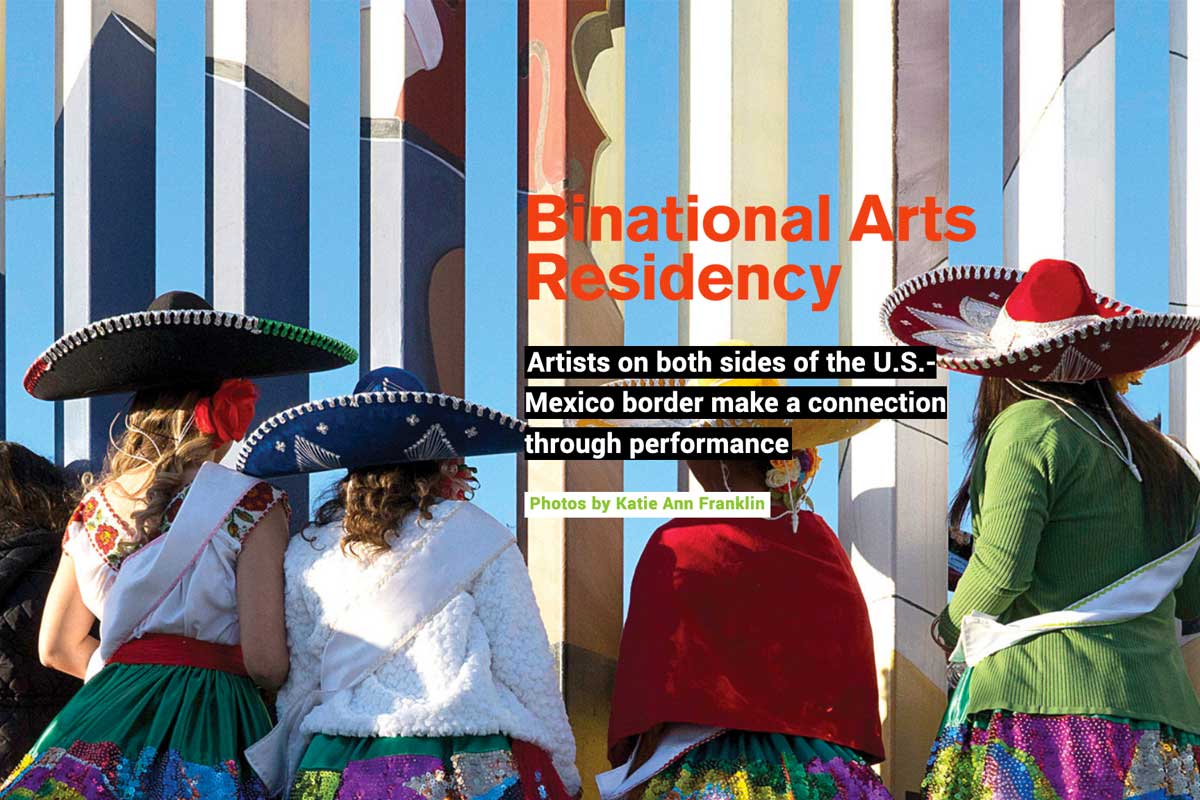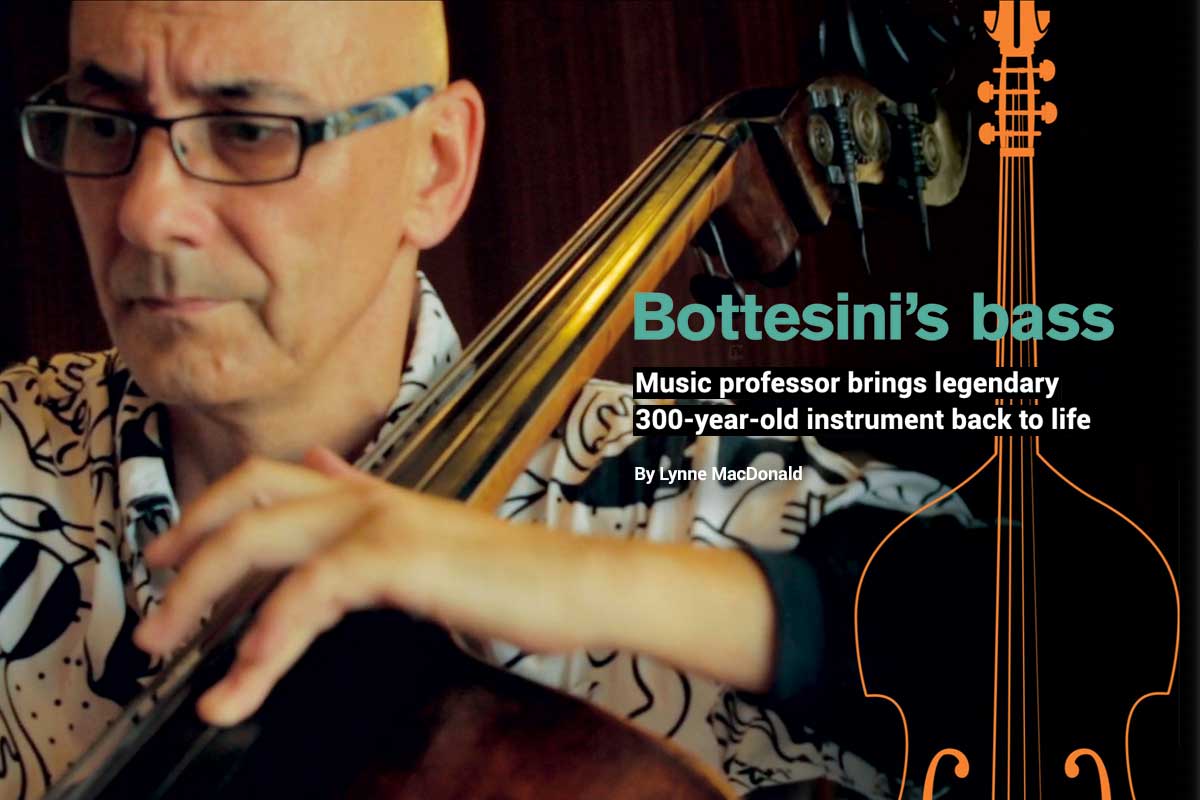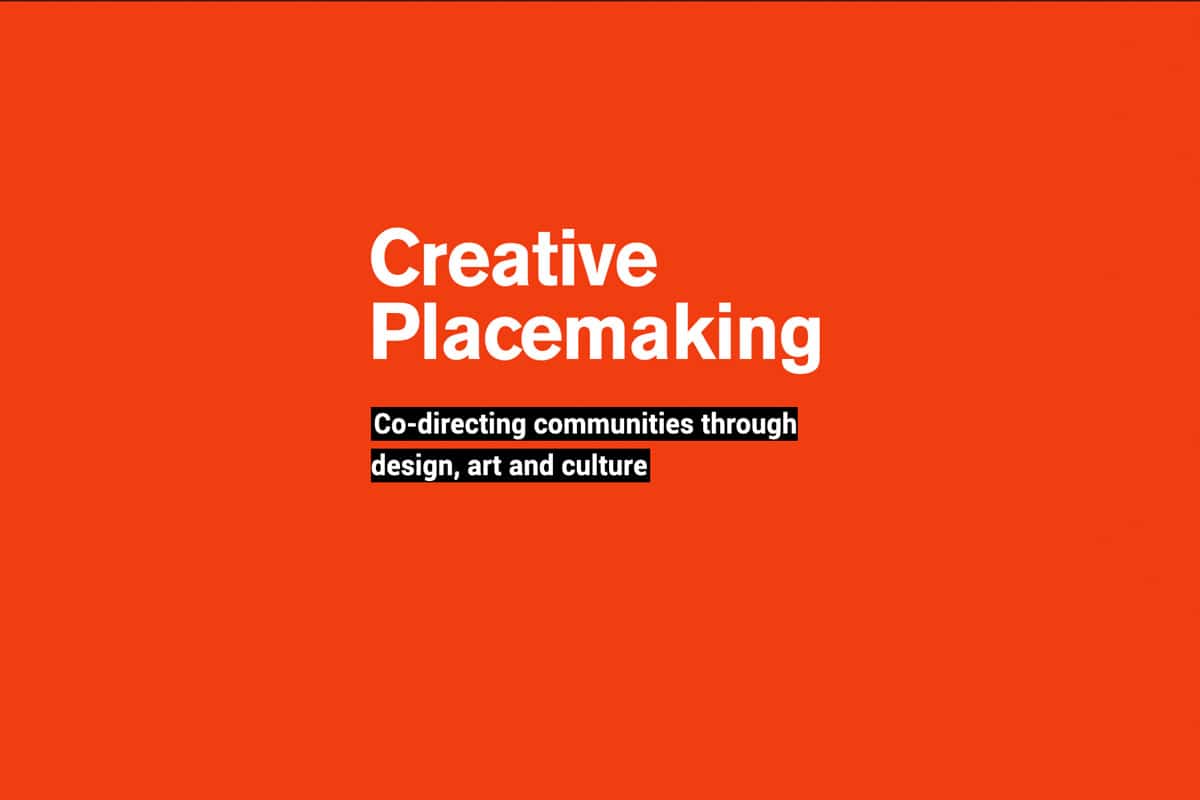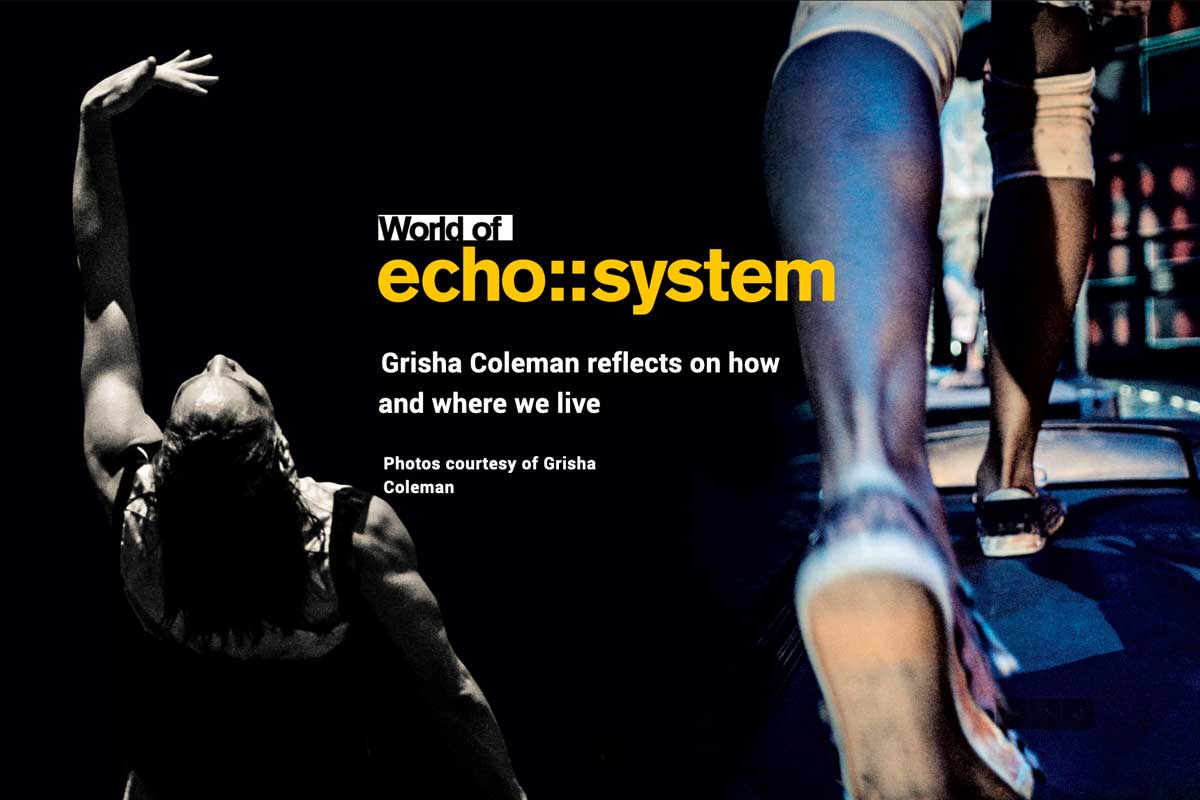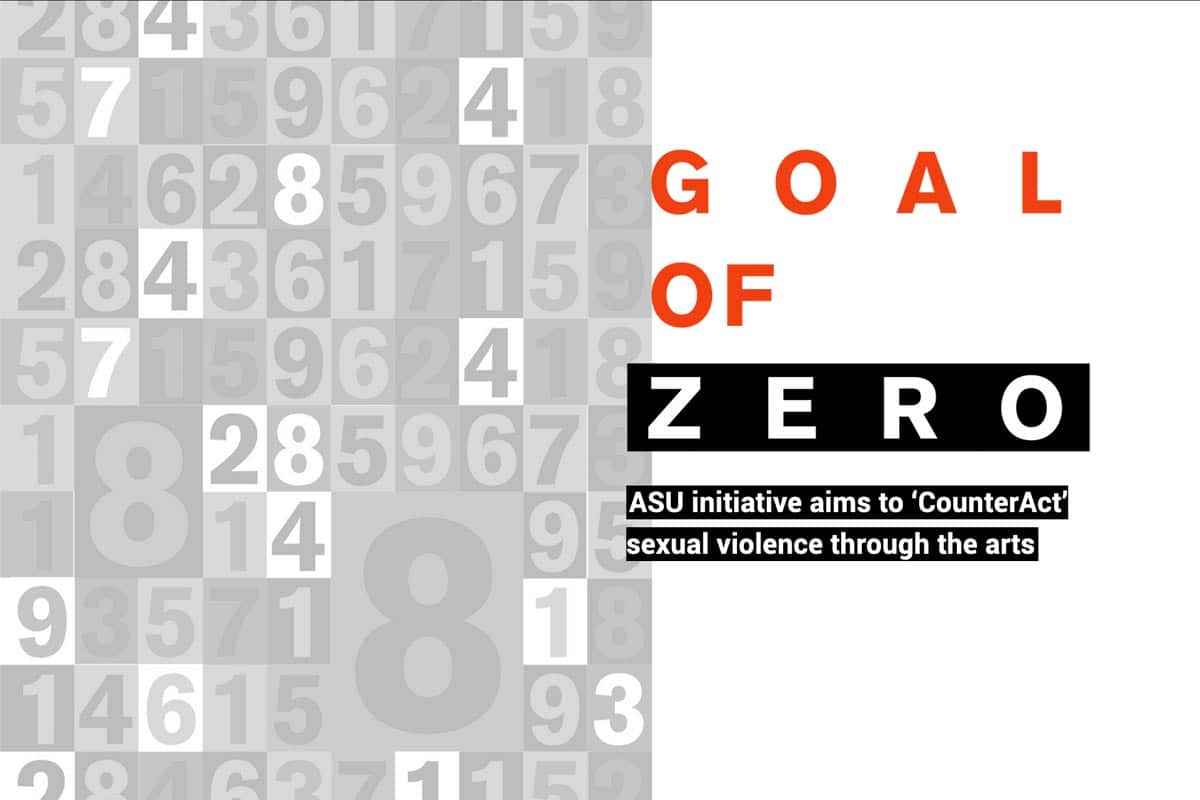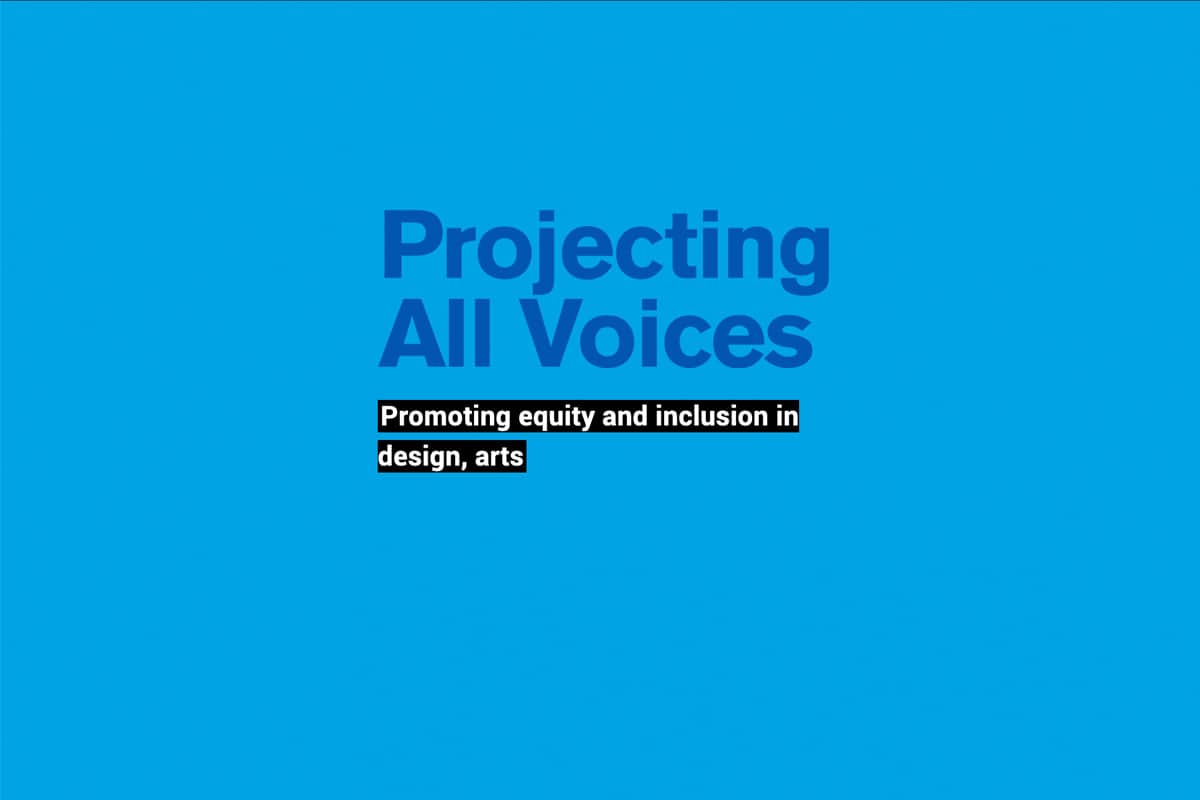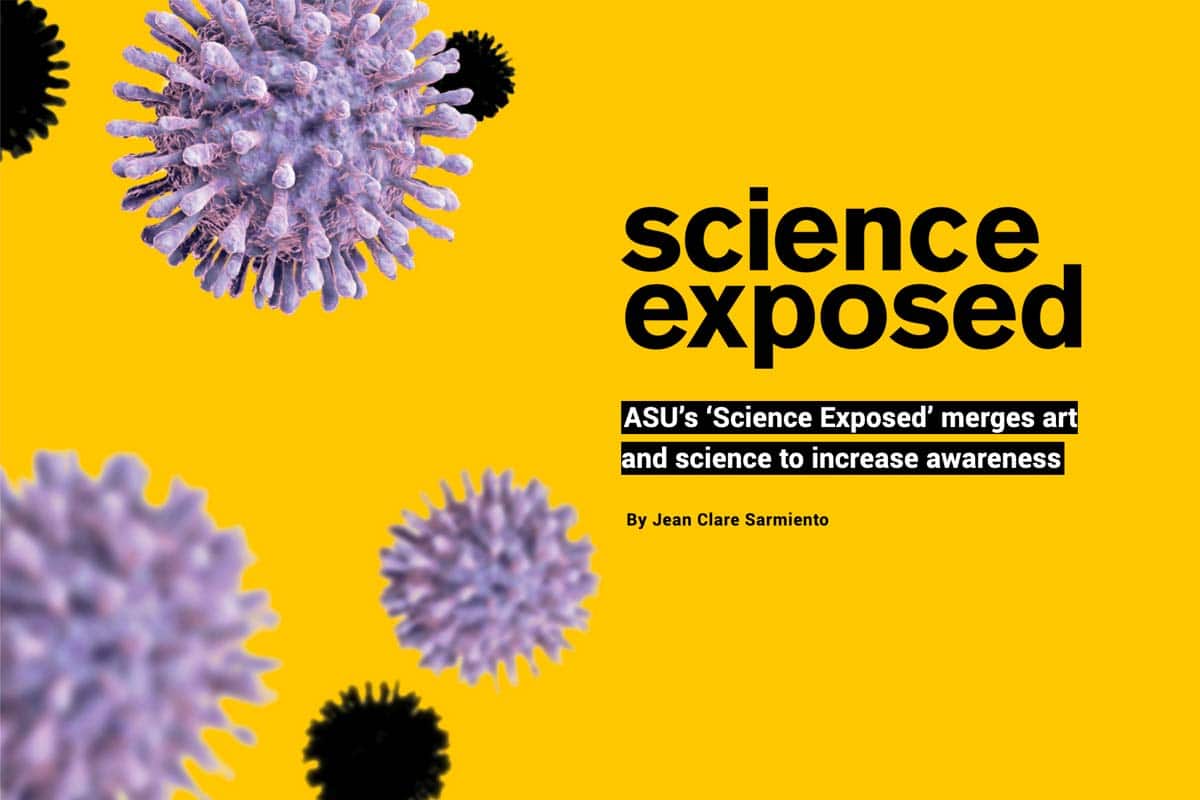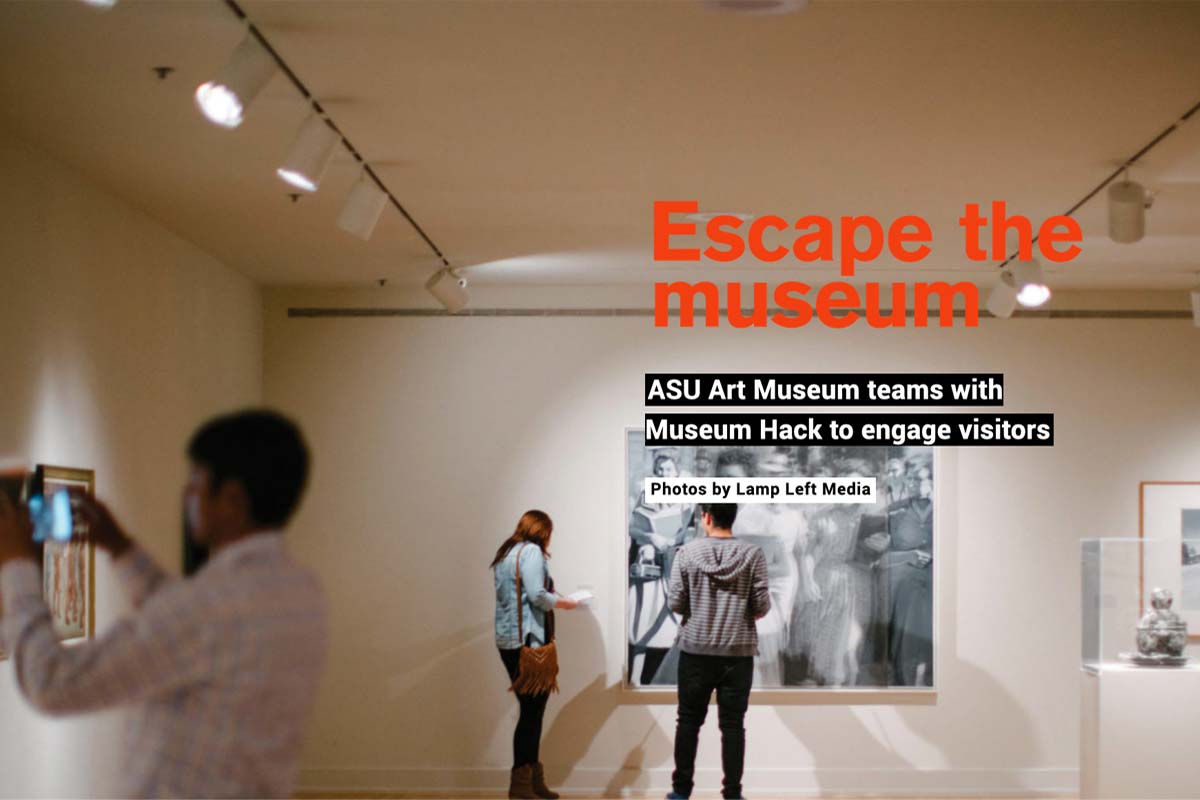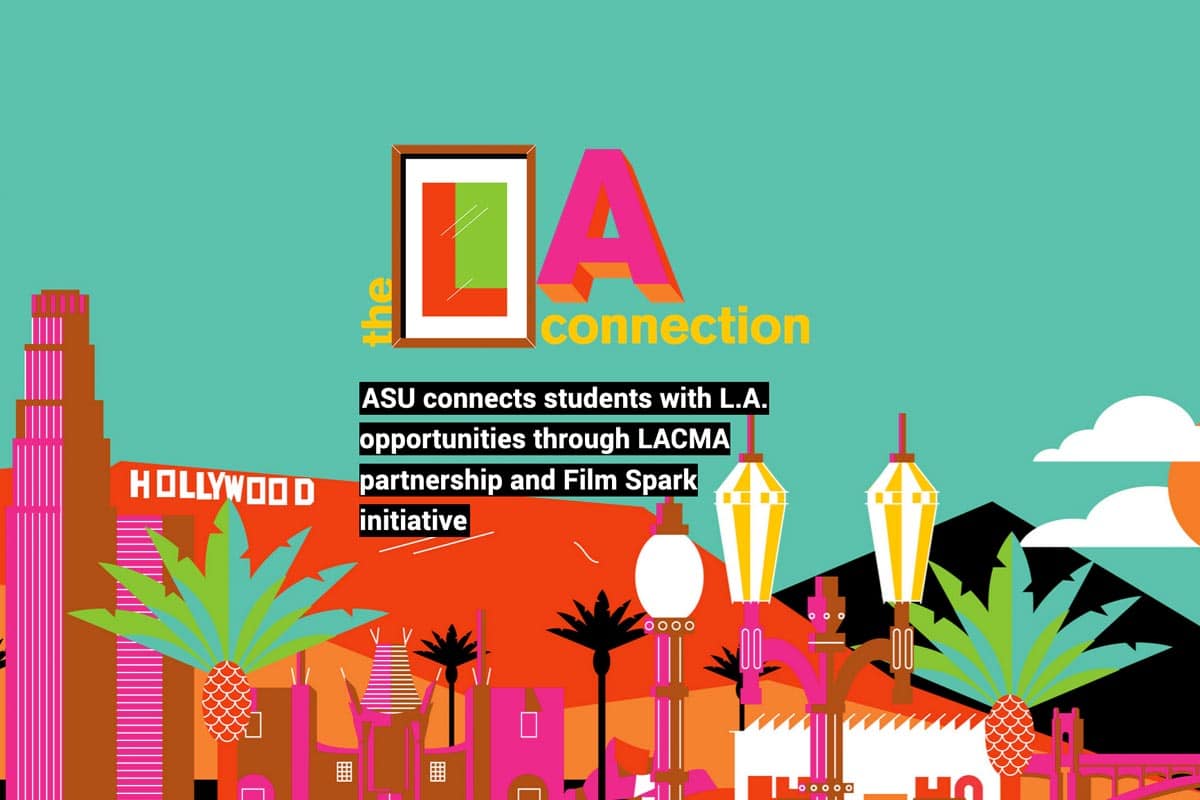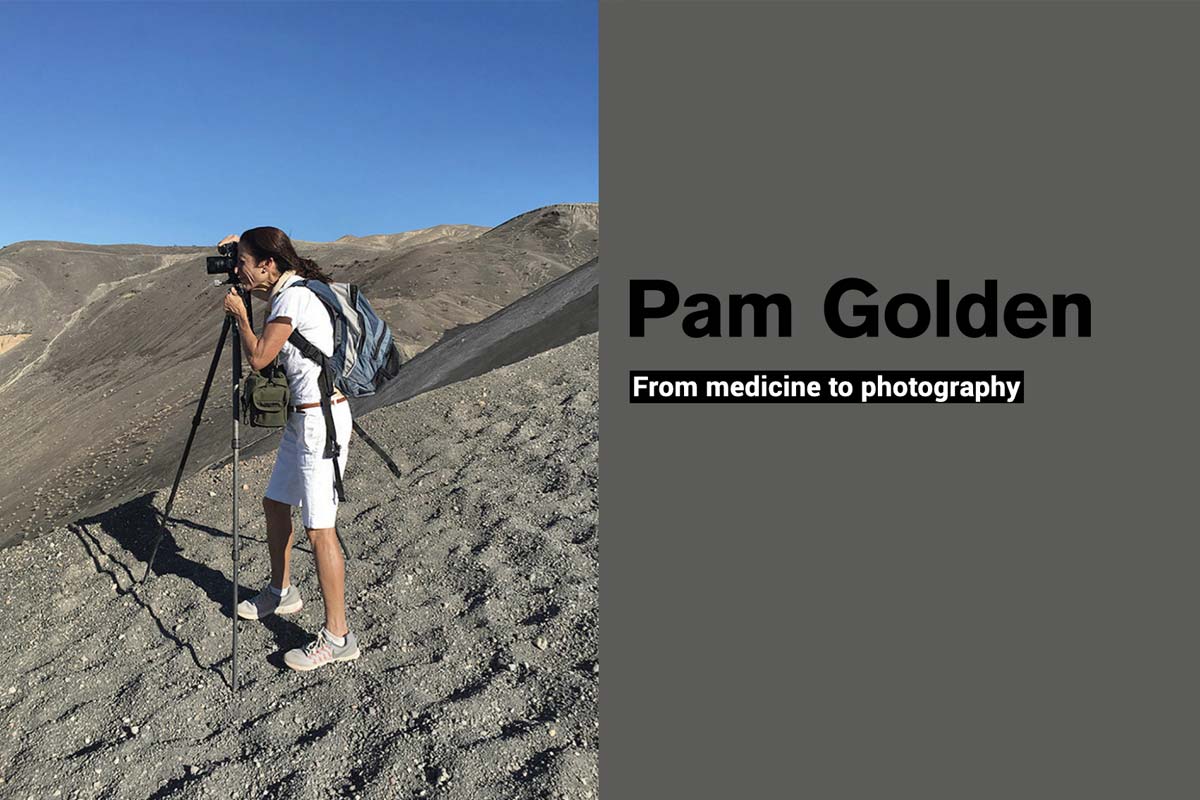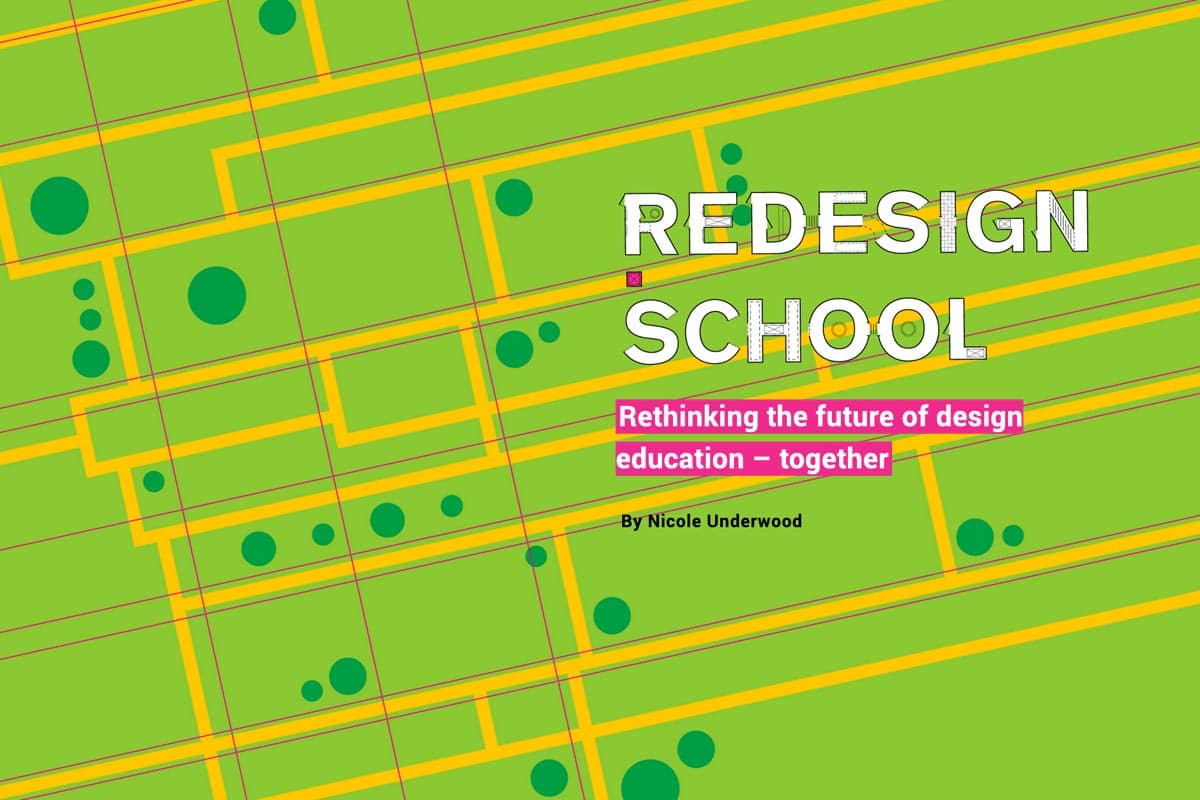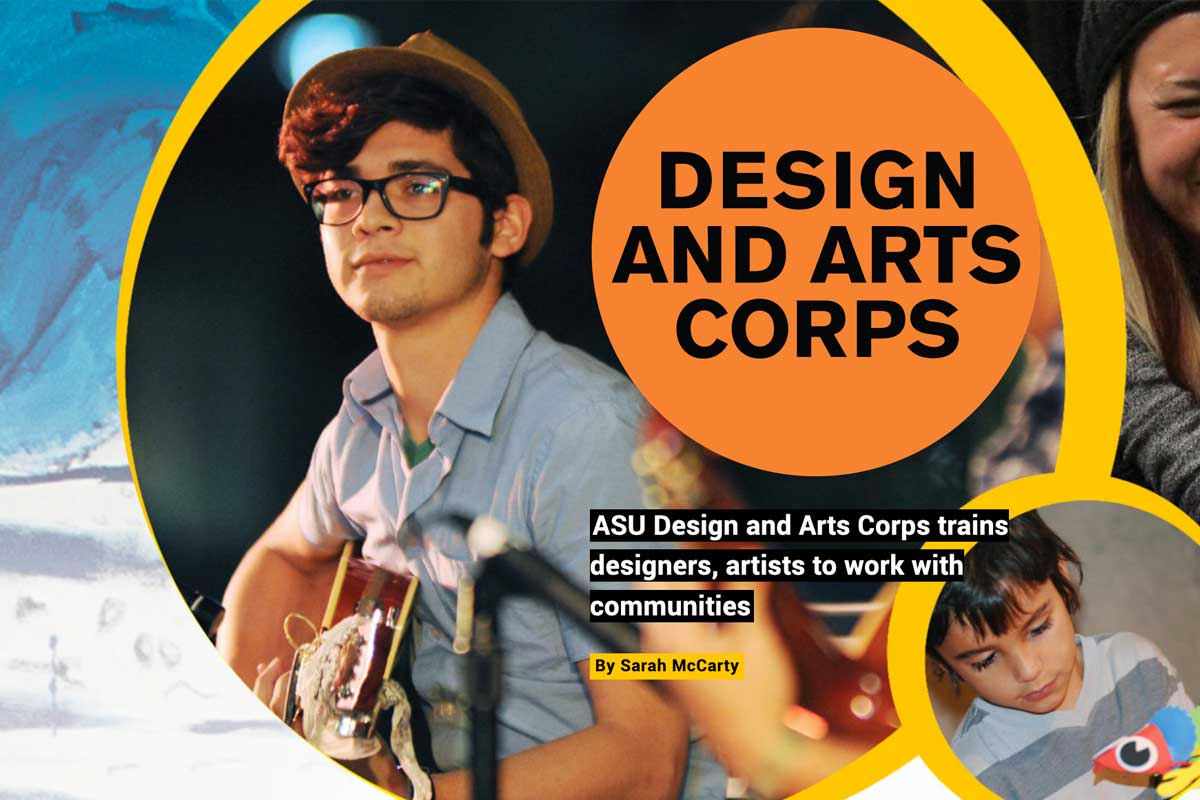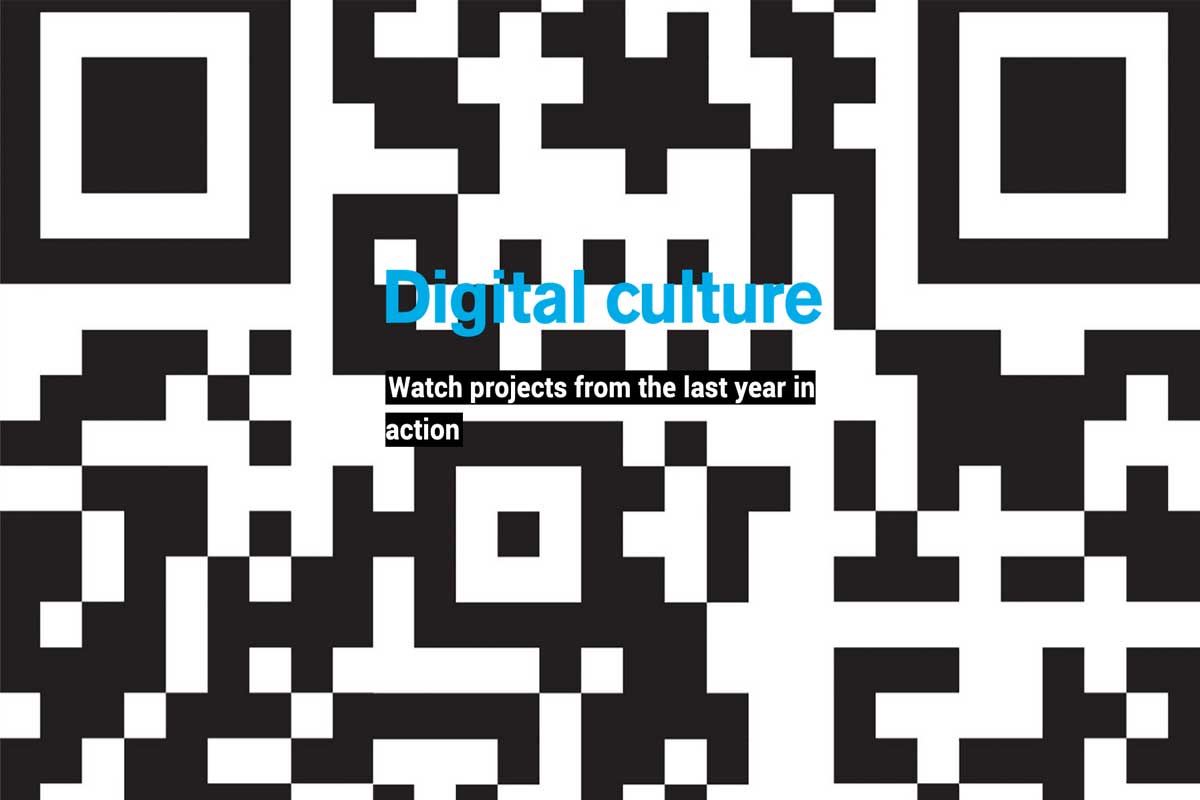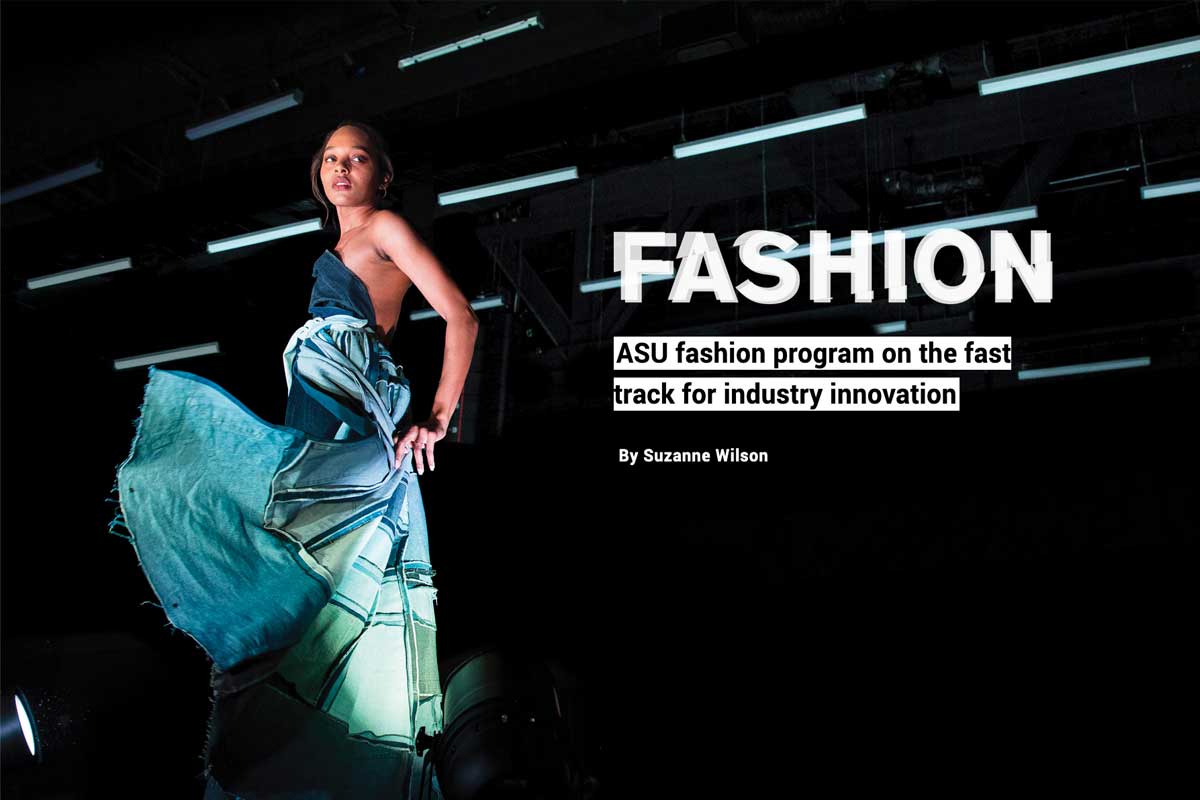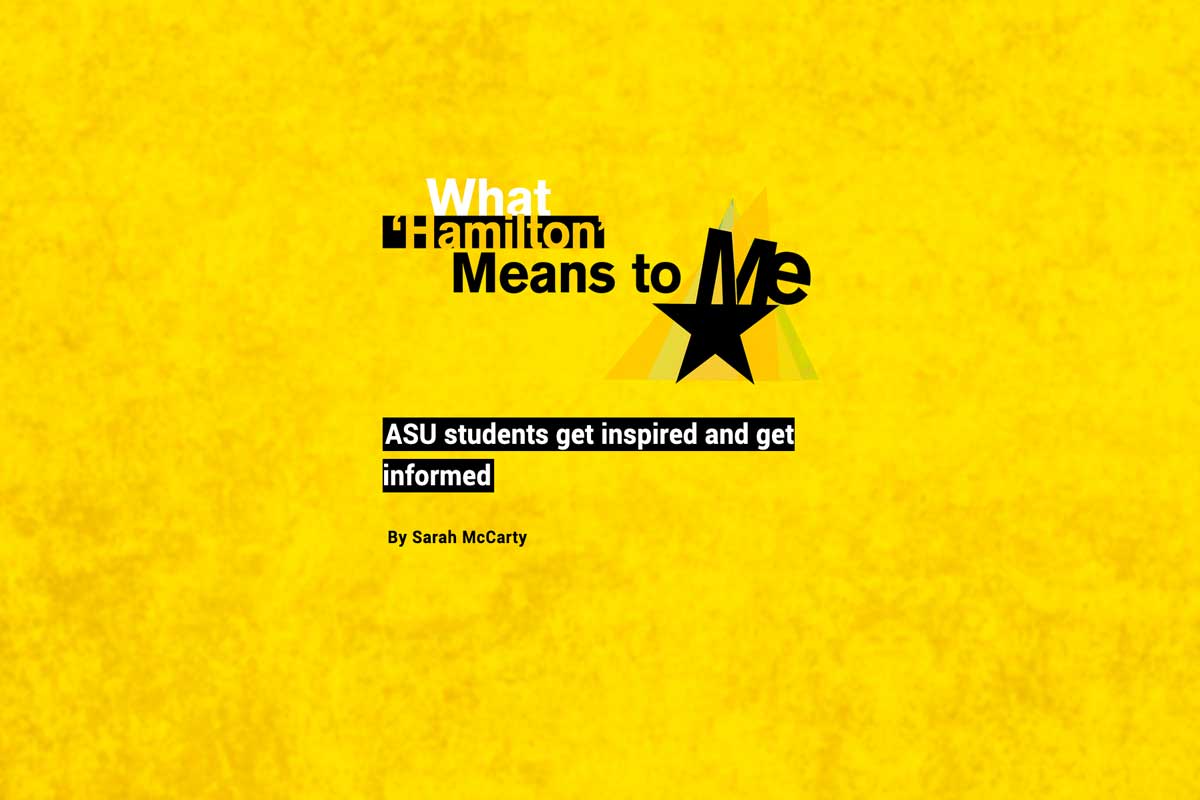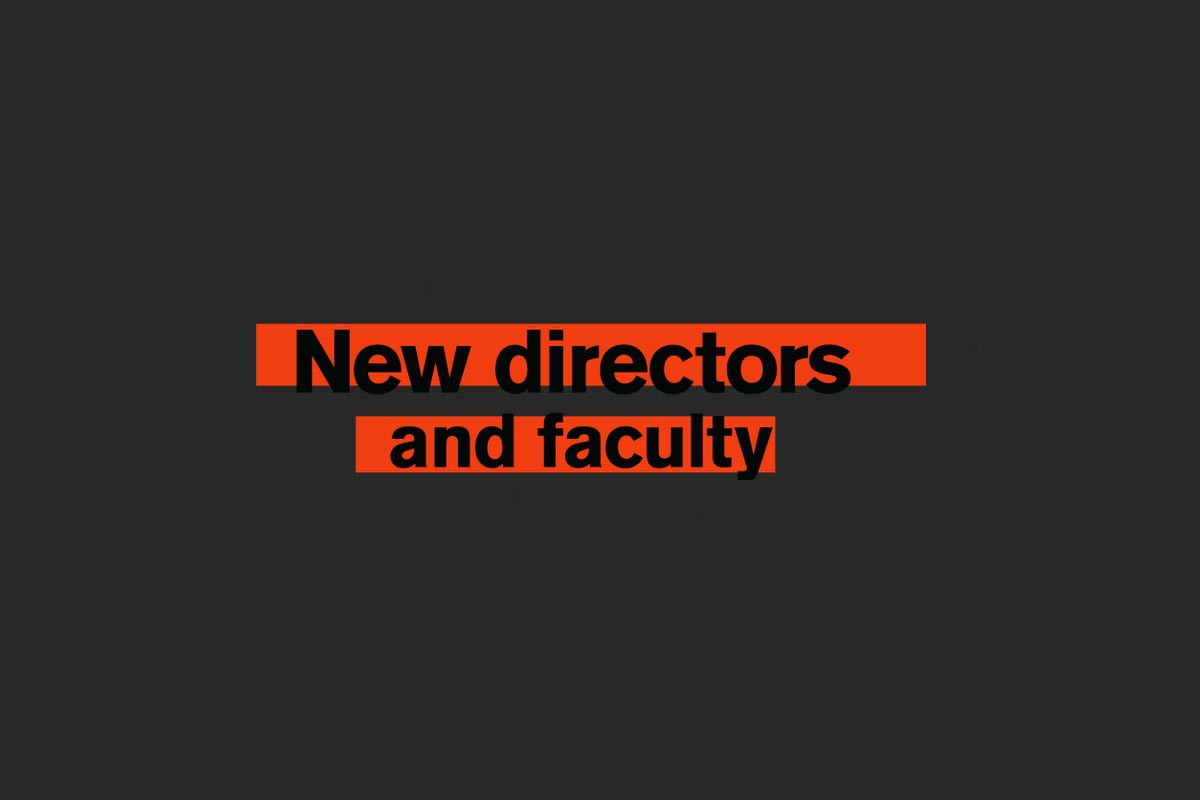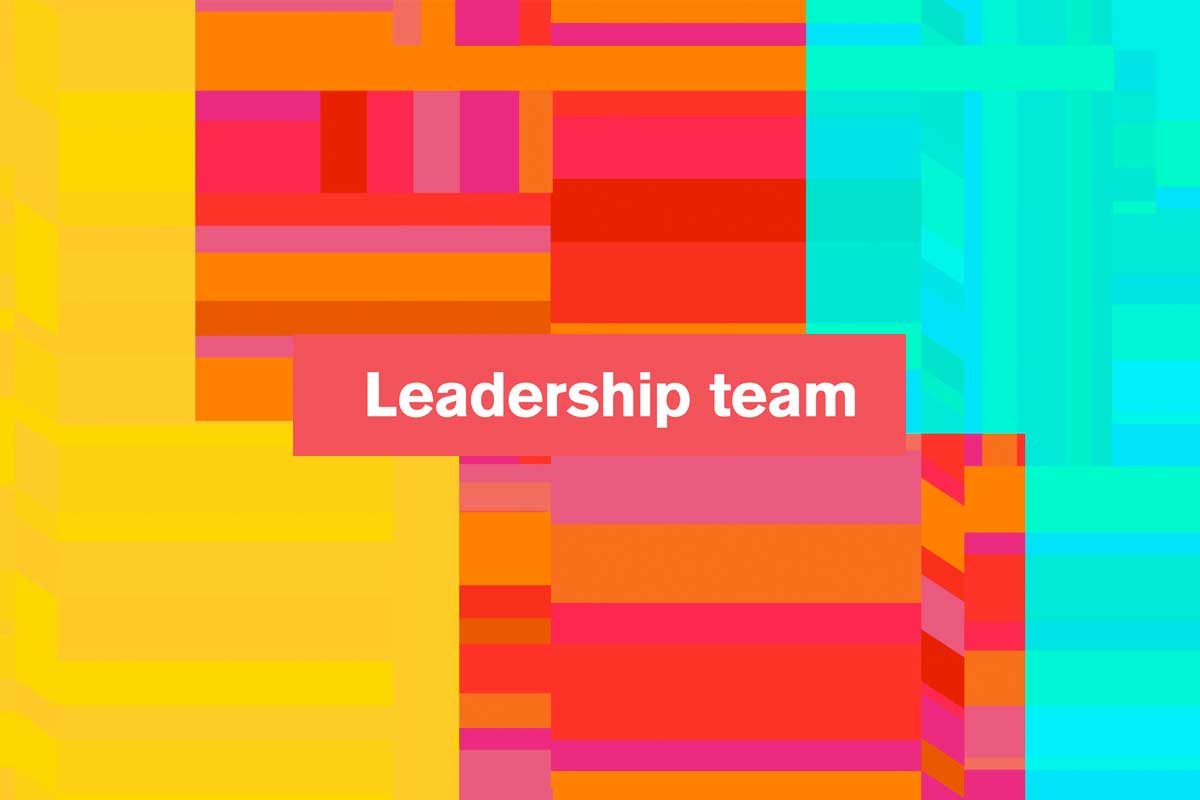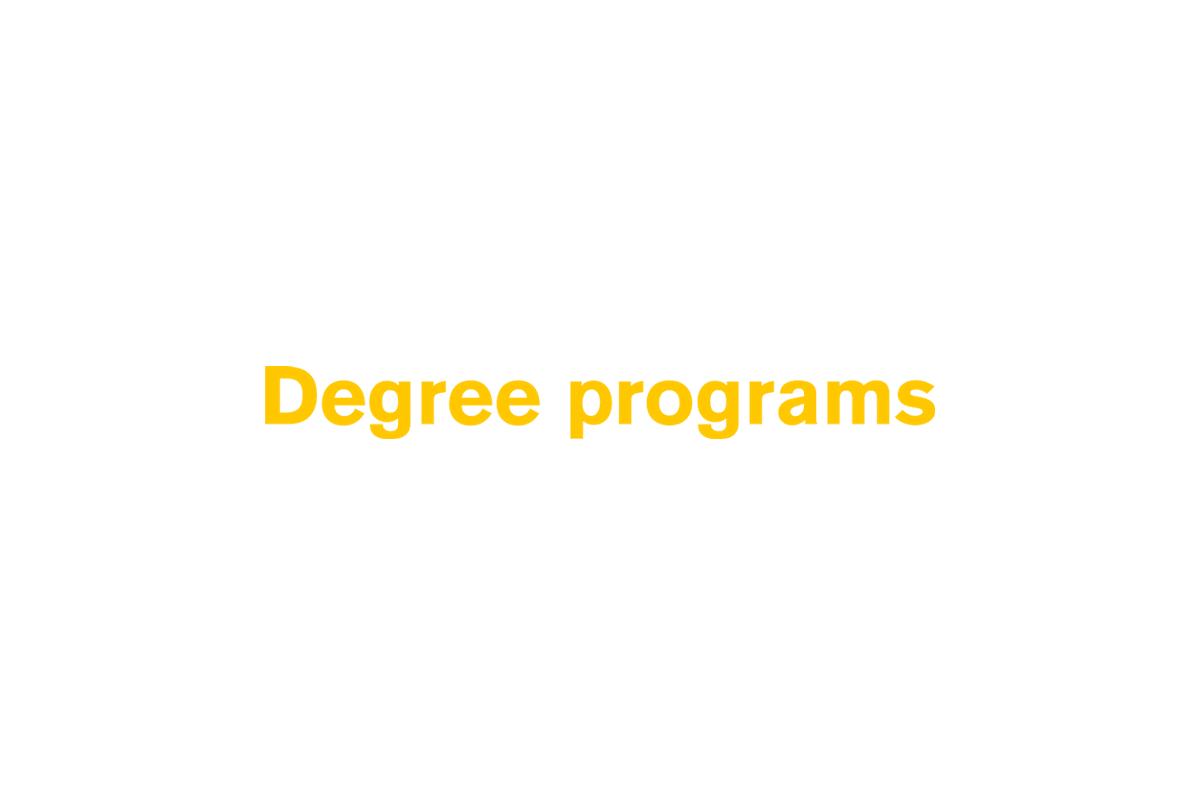The Institute Professors work across the Herberger Institute on a number of different initiatives and programs, with the goal of promoting cross-disciplinary progress as well as trans domain activities within the university community and across the city and state. Institute Professors are core faculty members in the Master of Arts in Creative Enterprise and Cultural Leadership program. Liz Lerman, the first of the five Institute Professors to arrive at ASU, says that over the last year, the IPs “continued to bring our different points of view into view.” Together they have designed a new kind of class with experiential inquiry at its core, called “Radical Learning: Conjuring Just Futures.” The class investigates how student artists and designers “can develop their own cultures of possibility through personal work on values, purpose and assets alongside collective reflection, dialogue and shared assignments.” The course will offer a multi-disciplinary, anti-racist prism through which students can understand the systems which play out in fields, disciplines and industries and begin to invent their own practices for disruption and change. Students will engage as co-designers in their learning journey within this experience. In addition, the individual IPs have been working on their own projects both at ASU and beyond. More about each Institute Professor’s work in 2020-21 below.

How the Institute Professors spark new ideas in design and the arts

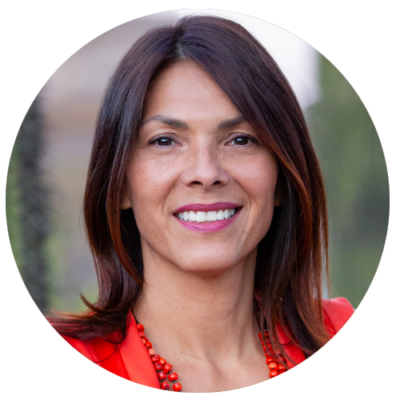 Wanda Dalla Costa
Wanda Dalla Costa
At ASU, Dalla Costa’s Indigenous Design Collaborative is working on a grant from National Endowment for the Arts to Indigenize the City of Tempe. Inspired by the City of Auckland’s TeAranga Principles, the aim of this project is to co-create with local Indigenous communities, artists, designers, and experts, a set of value-based and outcome-oriented design principles. The TeAranga Principles consist of seven drivers that cover land stewardship, creative process, and urban identity. The City of Tempe hopes to build on Auckland’s achievement and create localized Indigenous design principles to inform Tempe’s city-making plans and processes. To bring forward the voices of Canada’s Indigenous people, Dalla Costa joined the Independent Design Review Panel (IDRP), a group of architects and advisors in Canada to advise on the design of the Centre Block (CB) Rehabilitation and the Parliamentary Welcome Centre (PWC) in Canada’s capital city of Ottawa, Ontario.
![]()
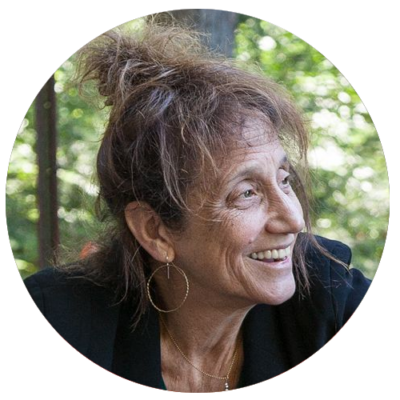 Liz Lerman
Liz Lerman
When COVID-19 prevented Liz Lerman from premiering “Wicked Bodies,” her new work, at Jacob’s Pillow, she pivoted to filmmaking, producing a series of short films with her daughter, Anna Clare Spelman. Lerman enlisted Keith Thompson, assistant director of ASU’s dance program, who both co-choreographed and performed in the films, and ASU dance alums Ruby Morales and Elisa Garcia-Radcliffe, among others. At ASU, Lerman has continued to evolve her Atlas of Creative Tools. In the spring of 2021, she taught two sections, one for dance education and one on biodiversity loss, which she co-taught with Beckett Sterner, in the School of Life Sciences. For the latter class, undergraduates and graduates, artists and scientists, worked together to think about what biodiversity loss is and what solutions might exist. Lerman says that she, Sterner and others at ASU are thinking about the future of such a collaboration, including considering what methods they are using to do transdisciplinary work together that would open up new processes for research methods of the future.
![]()
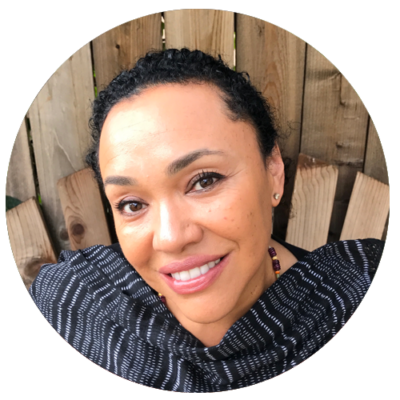 Maria Rosario Jackson
Maria Rosario Jackson
Much of Jackson’s work this past academic year focused on the intersections of arts, community development and health as critical to building more just and equitable communities. This focus resulted in a suite of health focused activities outside of ASU that signals a growing track of work inside the university through the Studio for Creativity, Place and Equitable Communities at ASU, an initiative Jackson started and leads. Jackson co-taught a course called Inequities and Well-being, through the Interdisciplinary Solutions for Social Impacts Labs, an initiative of ASU’s Graduate College. The course explored multi-disciplinary approaches to an expanded concept of health issues including homelessness and social isolation. Additionally, this year saw the launch of a fully online version of the Studio for Creativity, Place and Equitable Communities Faculty Academy, a faculty program intended to bring together colleagues mostly from Herberger Institute and Watts College to explore the possible intersections of arts and design with community development, public safety, social work, public policy and related areas, with a focus on developing teaching and applied research practices that advance justice and equity.
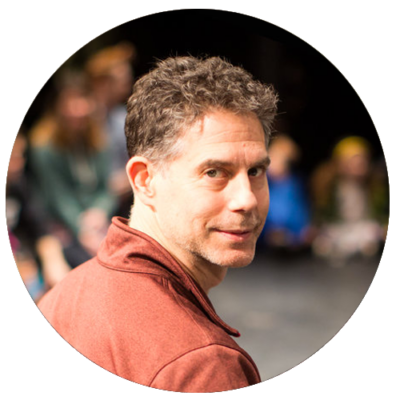 Michael Rohd
Michael Rohd
Between October 2020 and May 2021, Rohd co-designed (with Springboard for the Arts) the new national initiative Art-Train, an online technical assistance program that he now co-leads, helping local government and community nonprofits around the nation access American Rescue Plan funds to support arts-based collaborations for public good amidst COVID-19 recovery. Partnerships include National Association of Counties, International City & County Managers Association and National Association of Development Corporations. Sojourn Theatre, which Rohd co-founded, continued work on “Don’t Go,” a new show commissioned by ASU Gammage, including performing an online public workshop showing through ASU Gammage’s digital platform in March 2021. The show will have its world premiere at ASU Gammage in November 2021. Partners in development have included USC, Vanderbilt and UW/Madison.
![]()
Daniel Bernard Roumain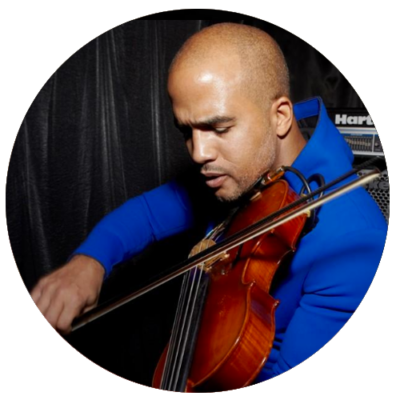
In the spring of 2021, the Tulsa Opera rejected “They Still Want to Kill Us,” an aria Roumain composed for the company, after he refused to change lyrics that read, “God Bless American/God Damn America.” Roumain says that “after posting about this type of systemic racism and censorship within opera around my work as a Black, Haitian-American composer, I was overjoyed to see the reaction of several presenters, universities, producers, and other artists who all rallied to support and perform the work.” Working together, Roumain and partners created a website, a short film and a long-form interview in order to retell the story of the Tulsa Race Massacre and how white rage led to the murder of hundreds of Black men, women, and children. Also in the spring of 2021, contributors to Roumain’s DBR Labspace II class at ASU mounted a show online in collaboration with ASU’s Kerr Center. The contributors created individual works that encompassed music, songwriting, storytelling, dance, integrated digital media, and digital music composition, and worked closely with the staff and producers at Kerr to create an online performance that reflected an array of new work, innovative ideas, and cross genre collaborations, with some of the contributors working and creating with one another separated only by physical distance and the policy restrictions due to the pandemic.



